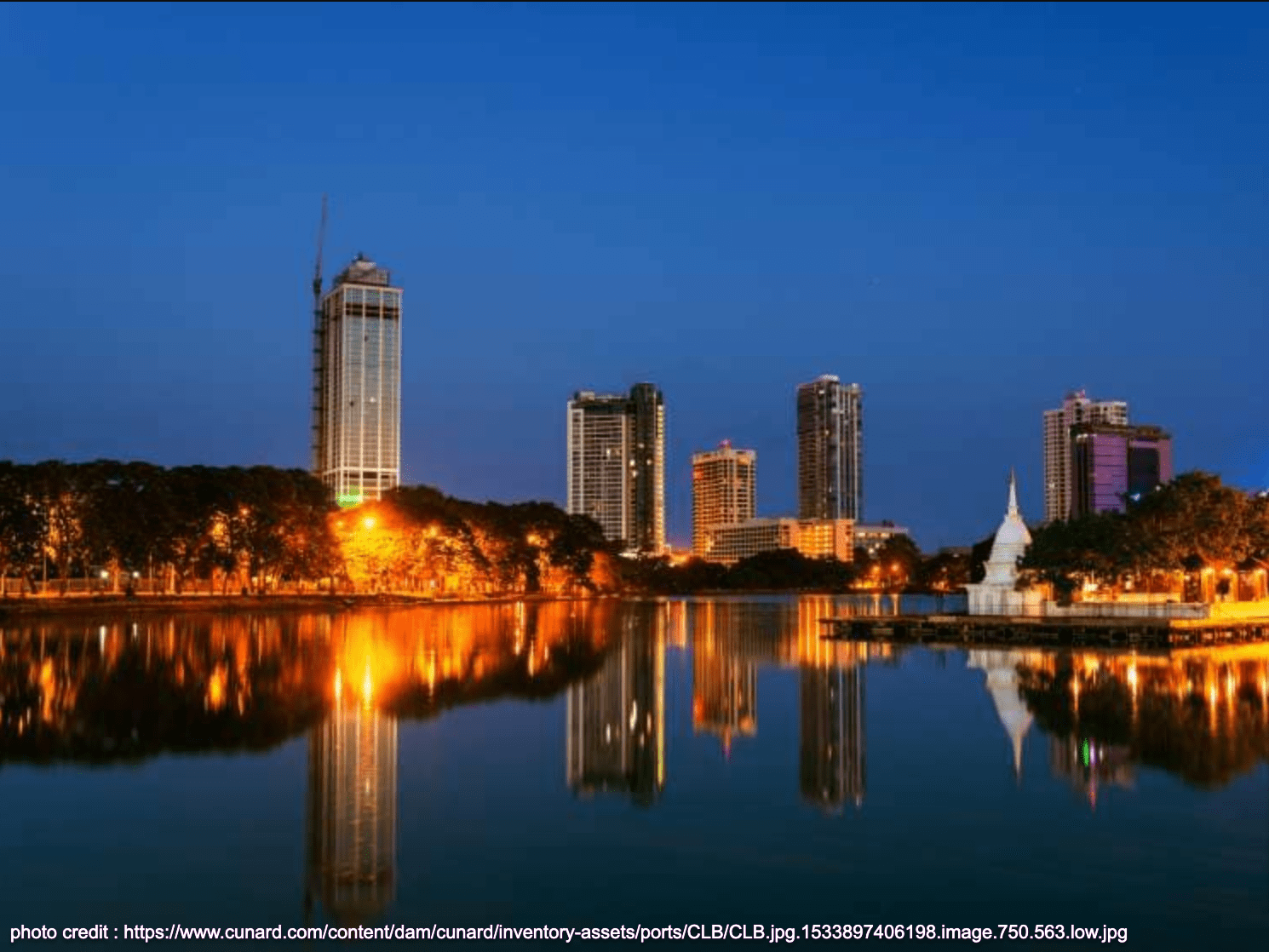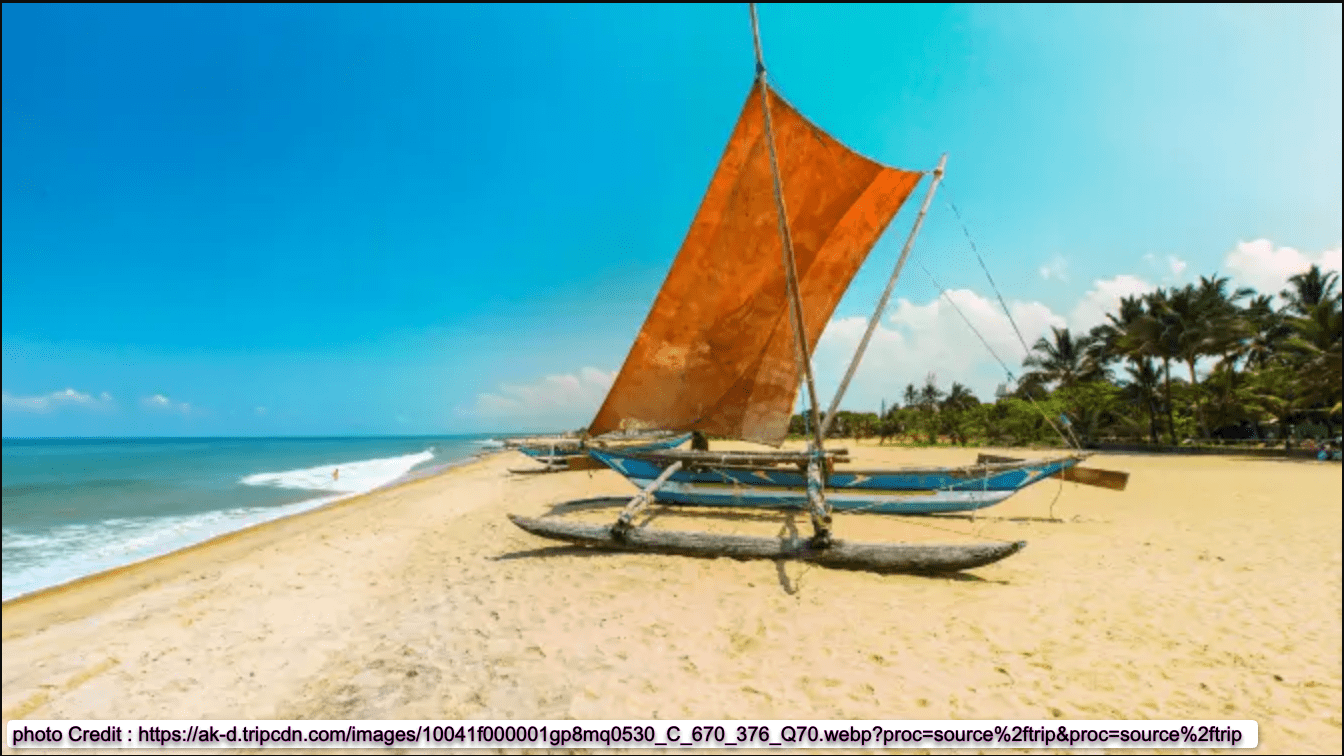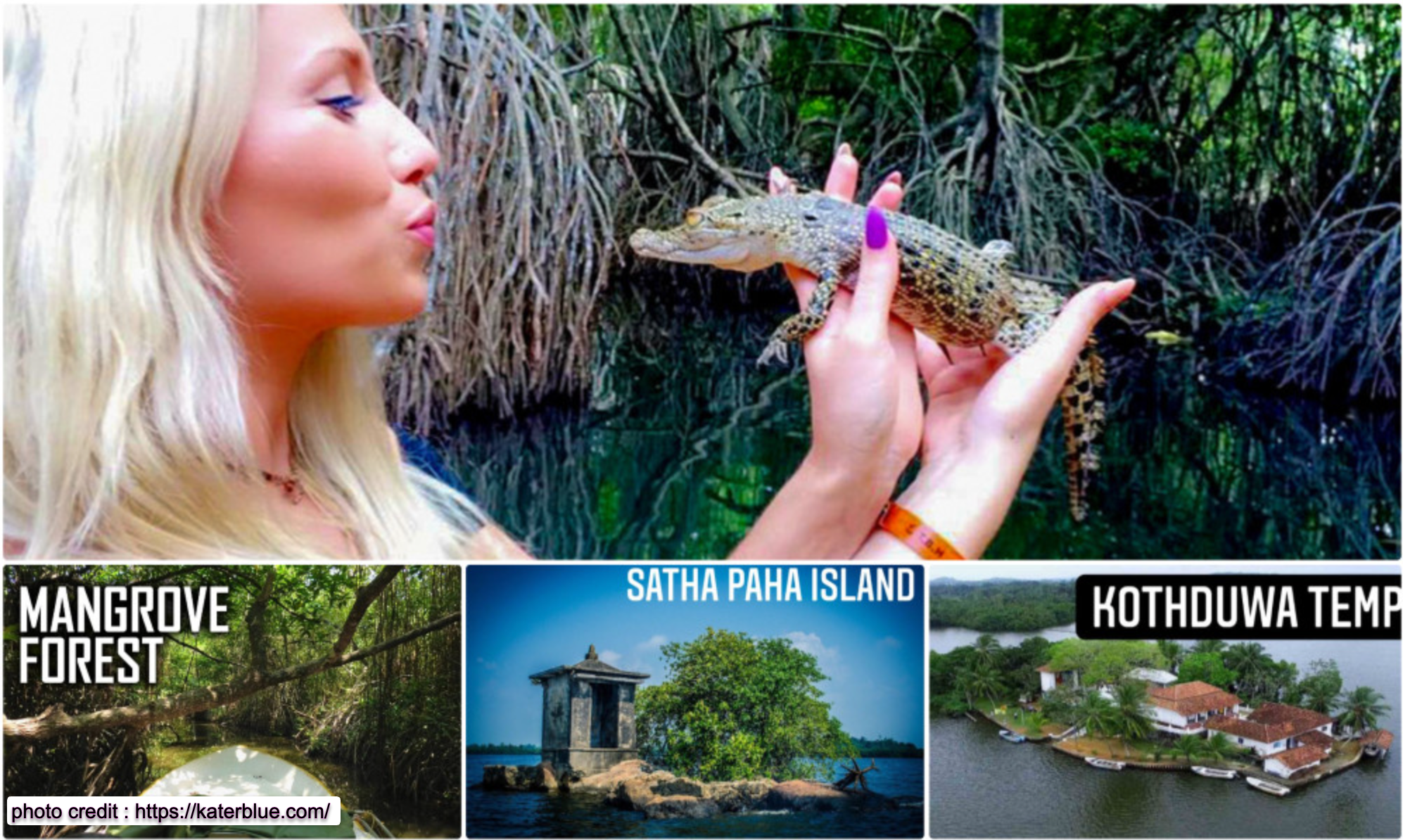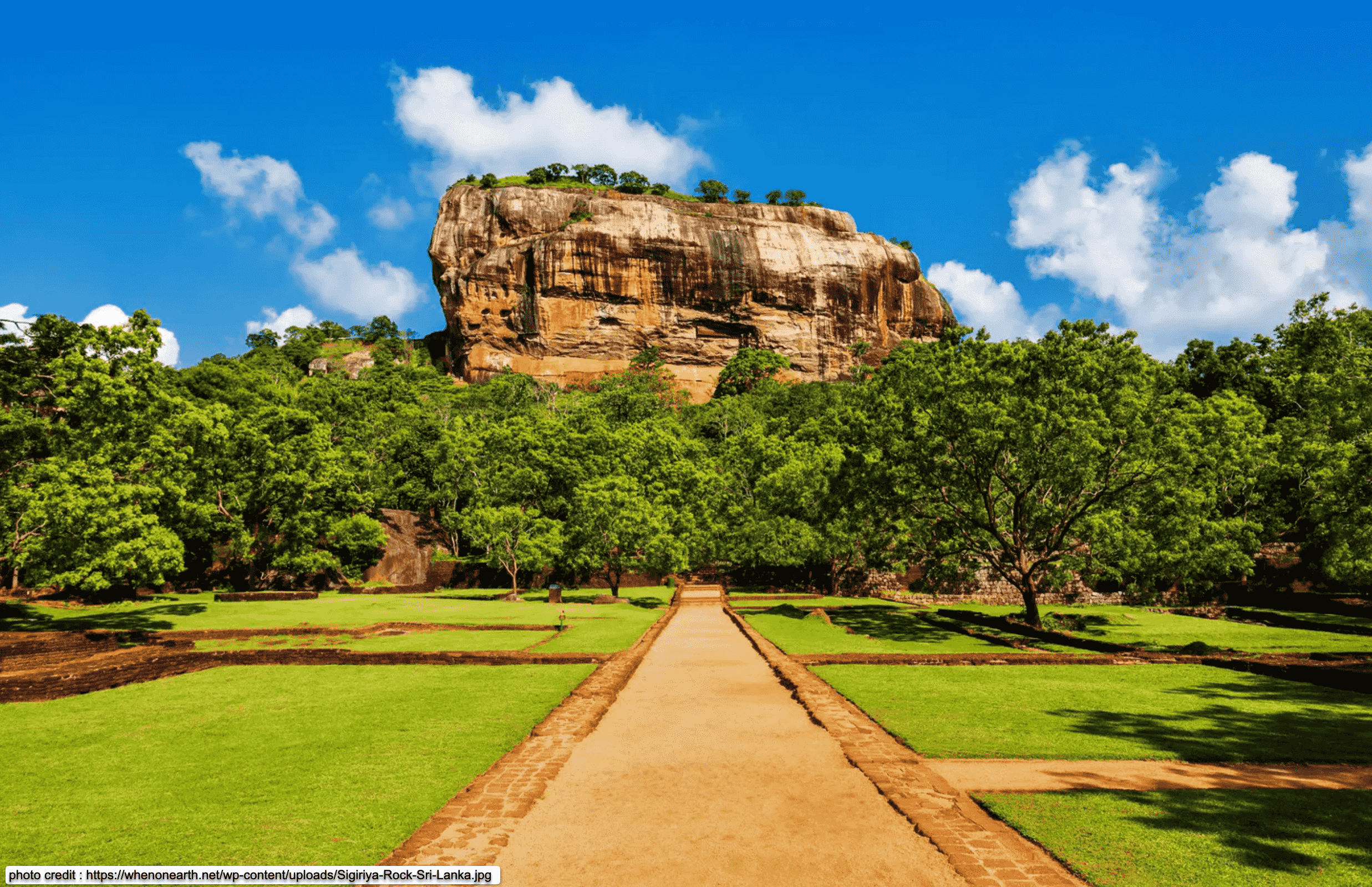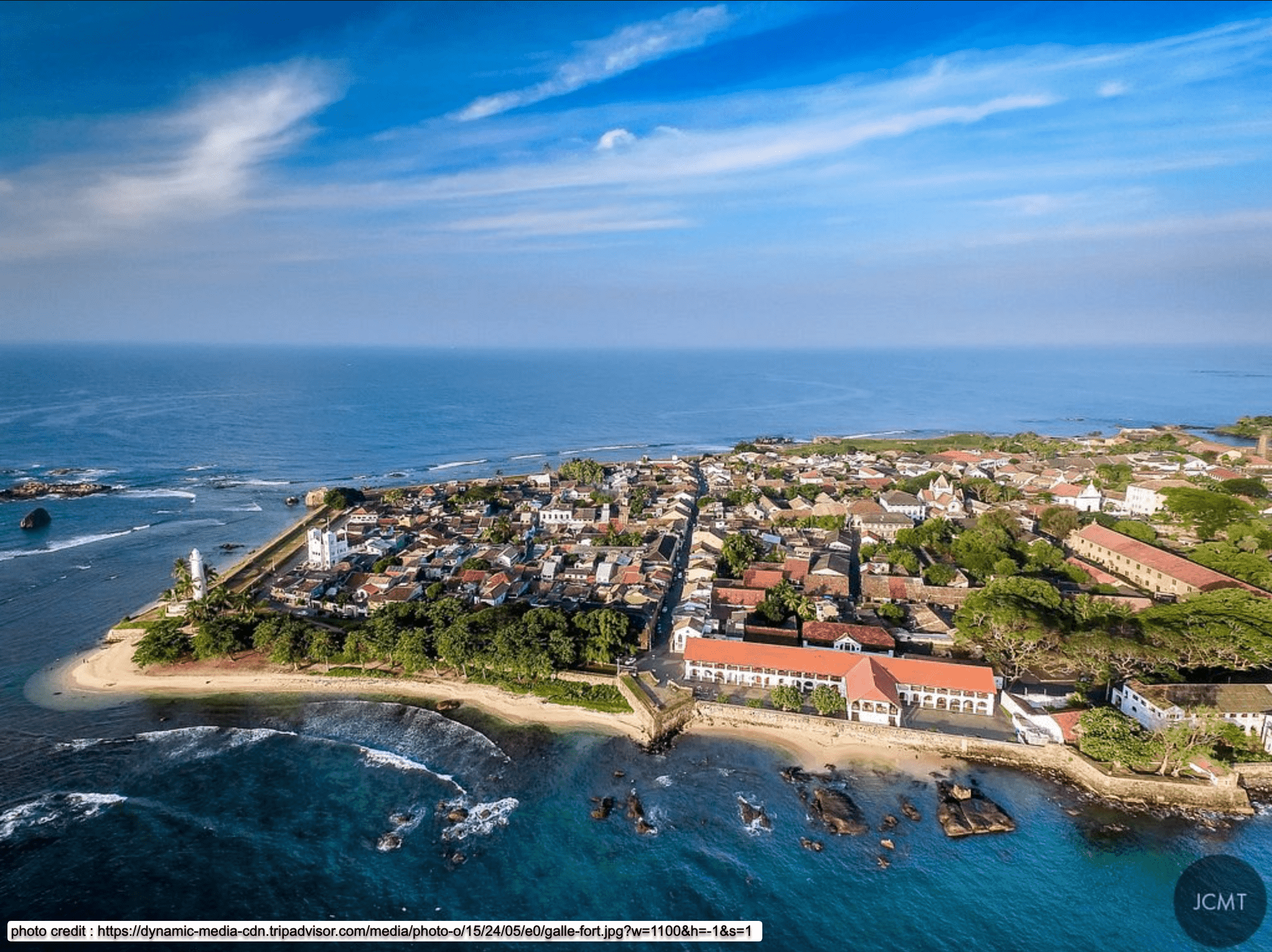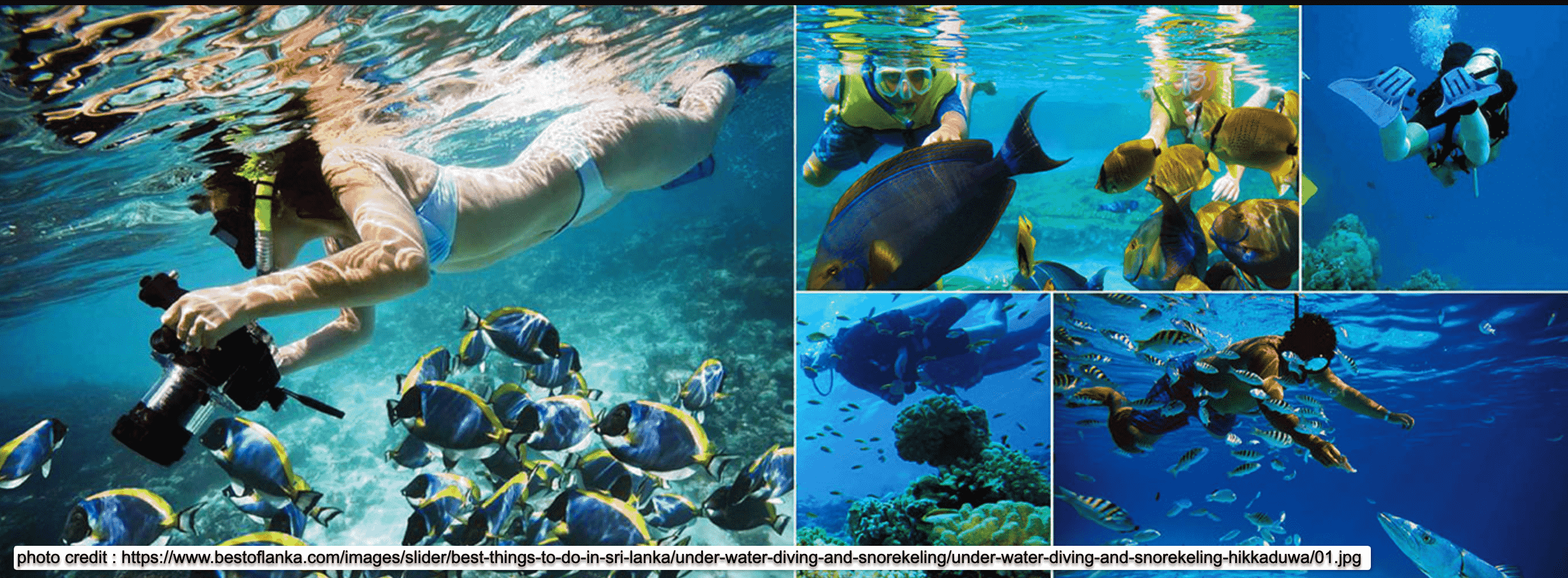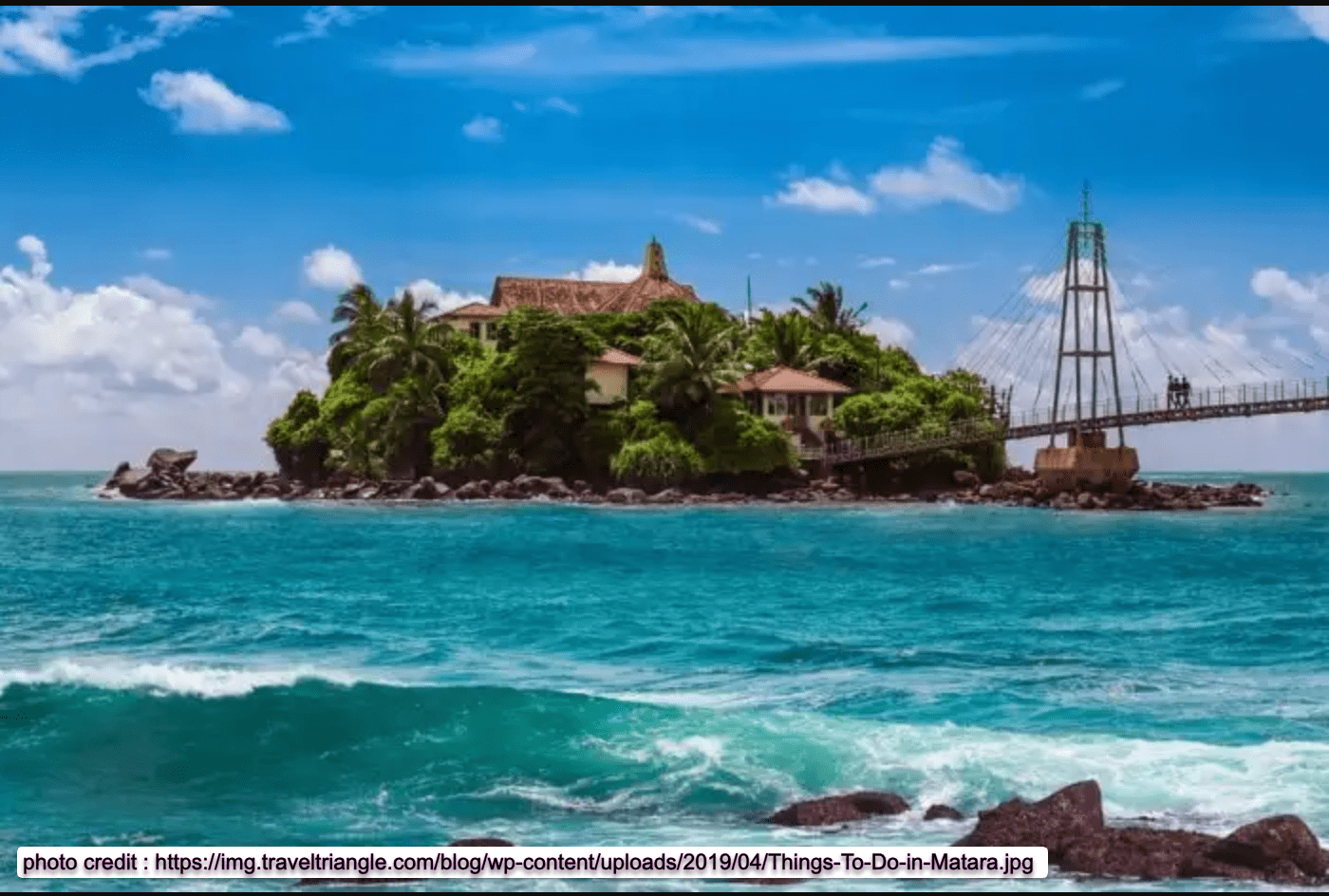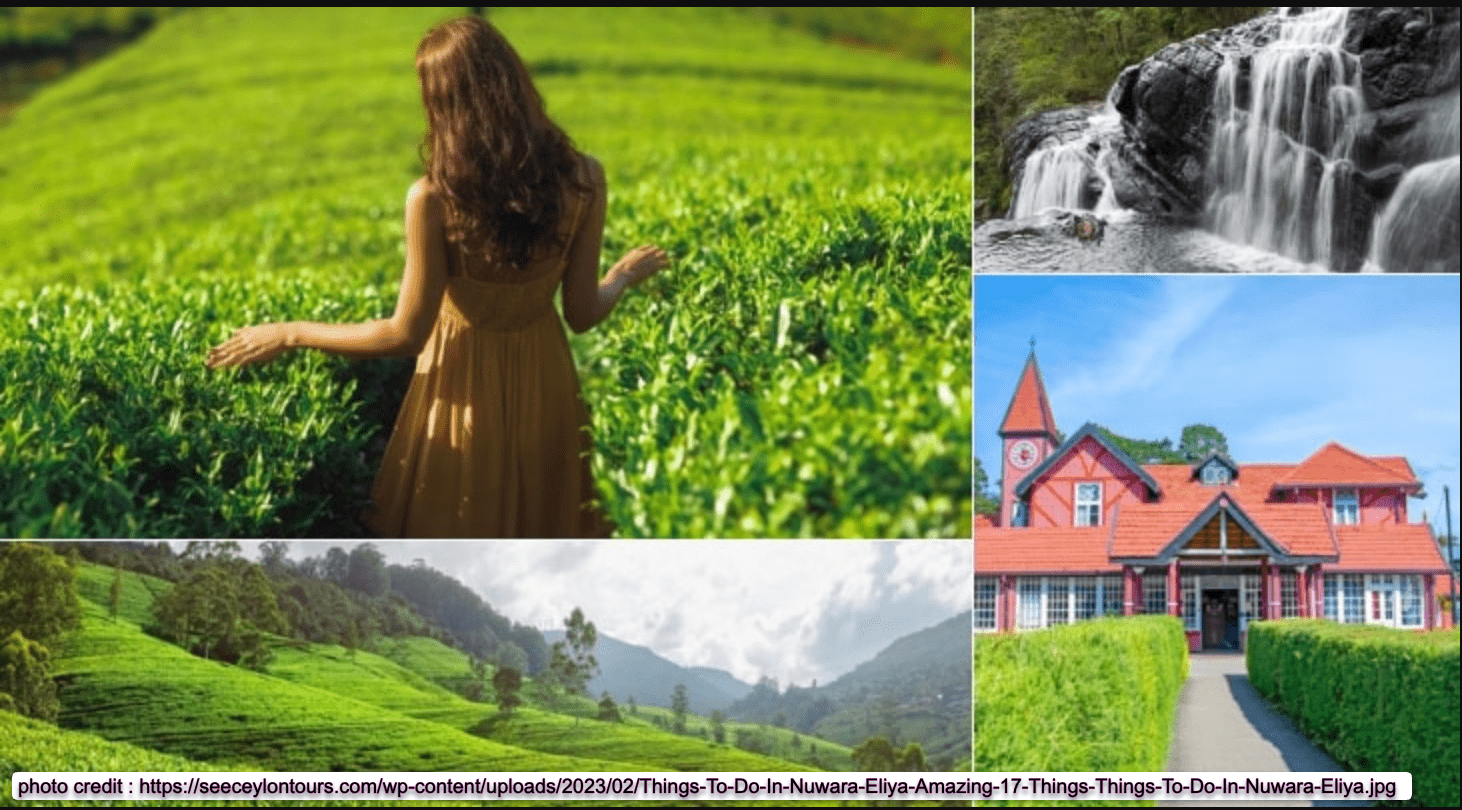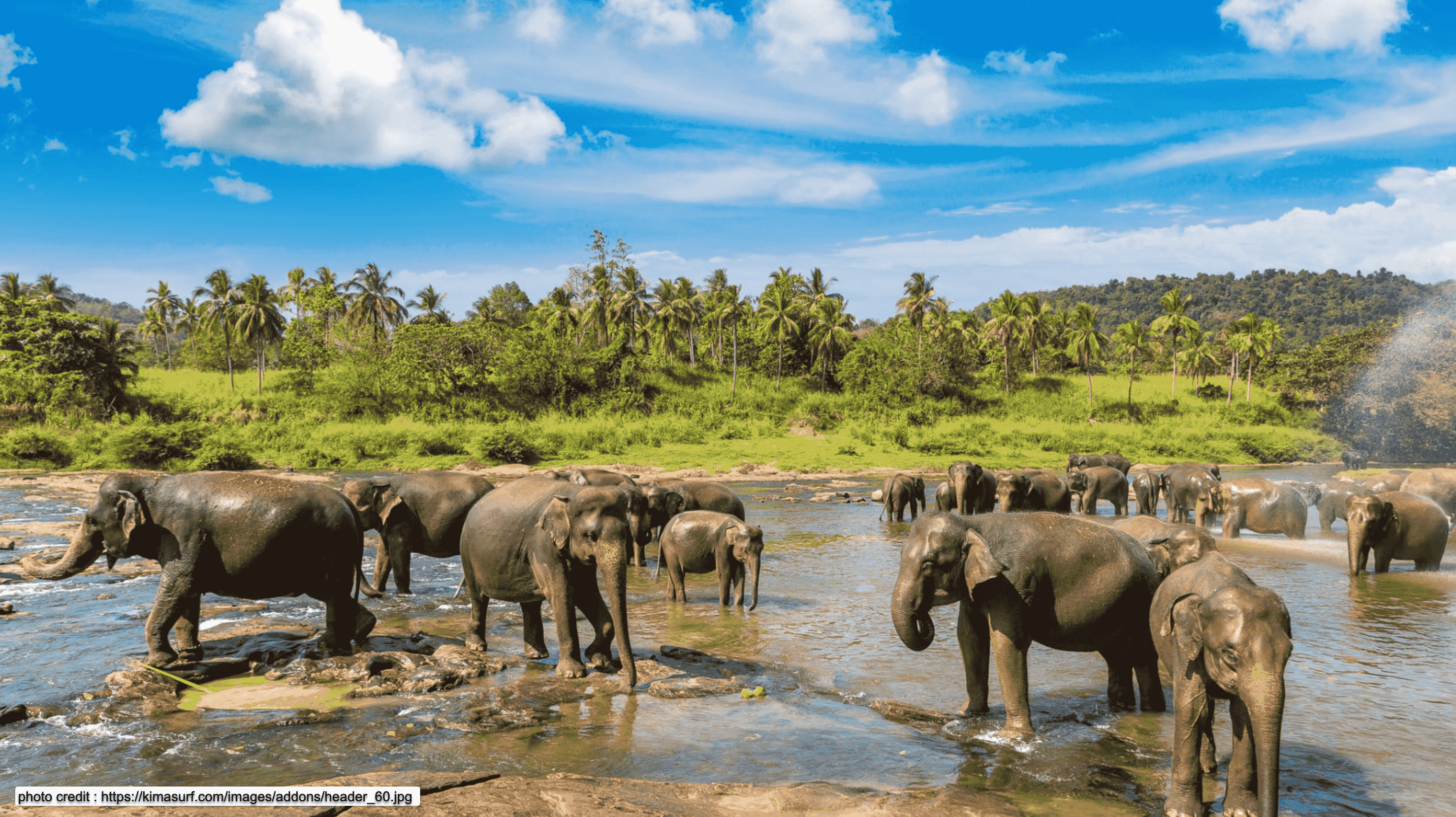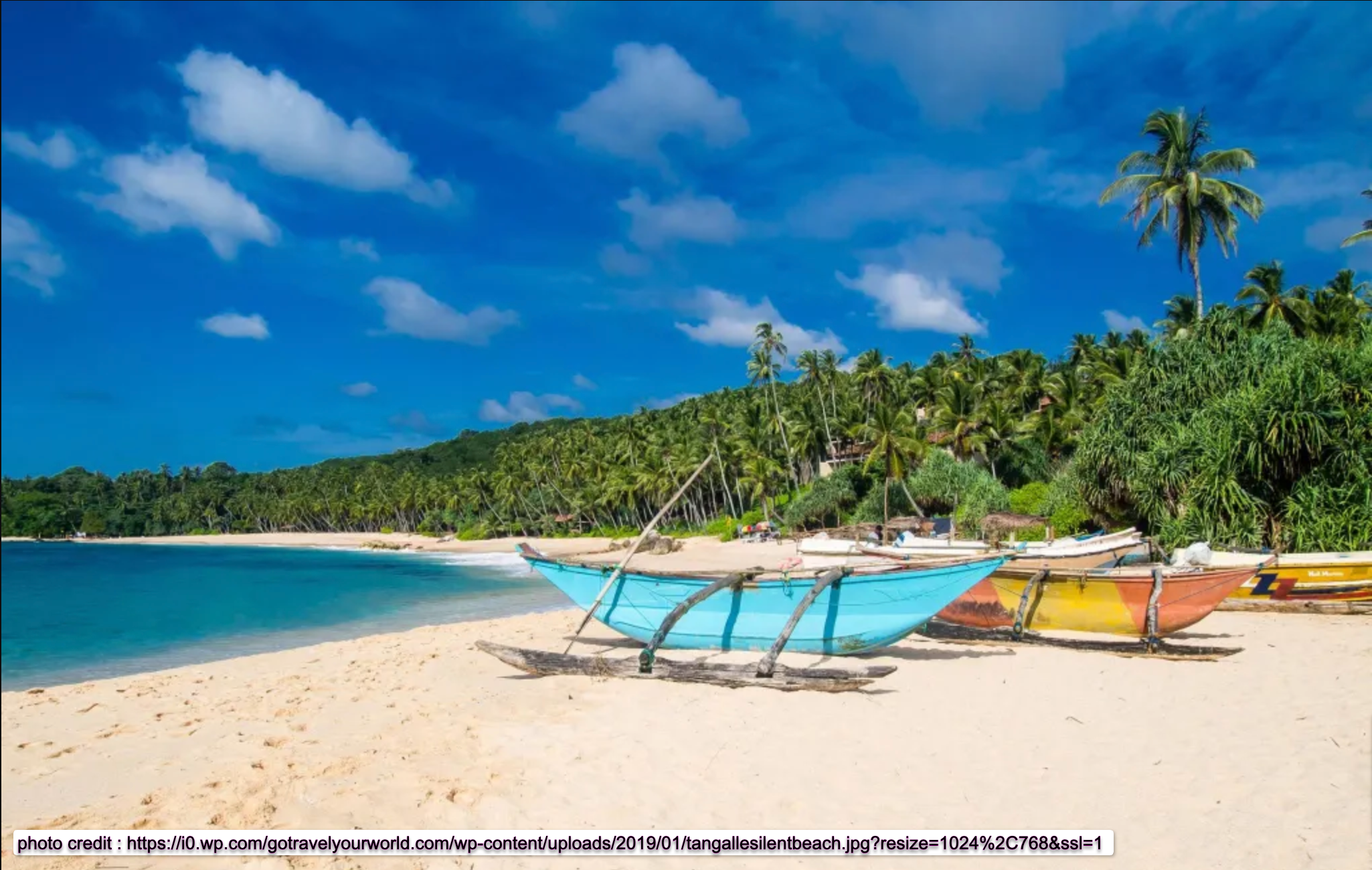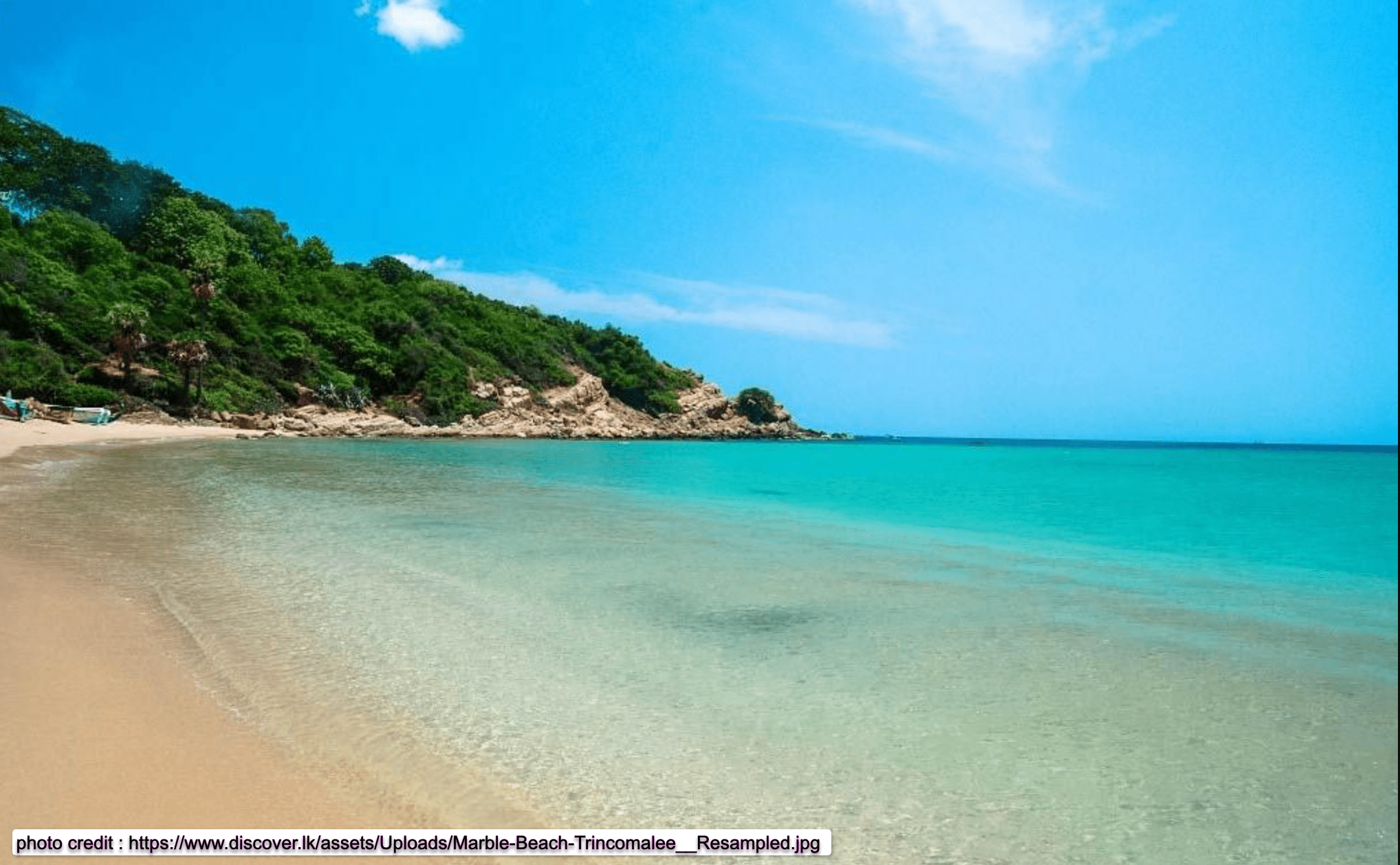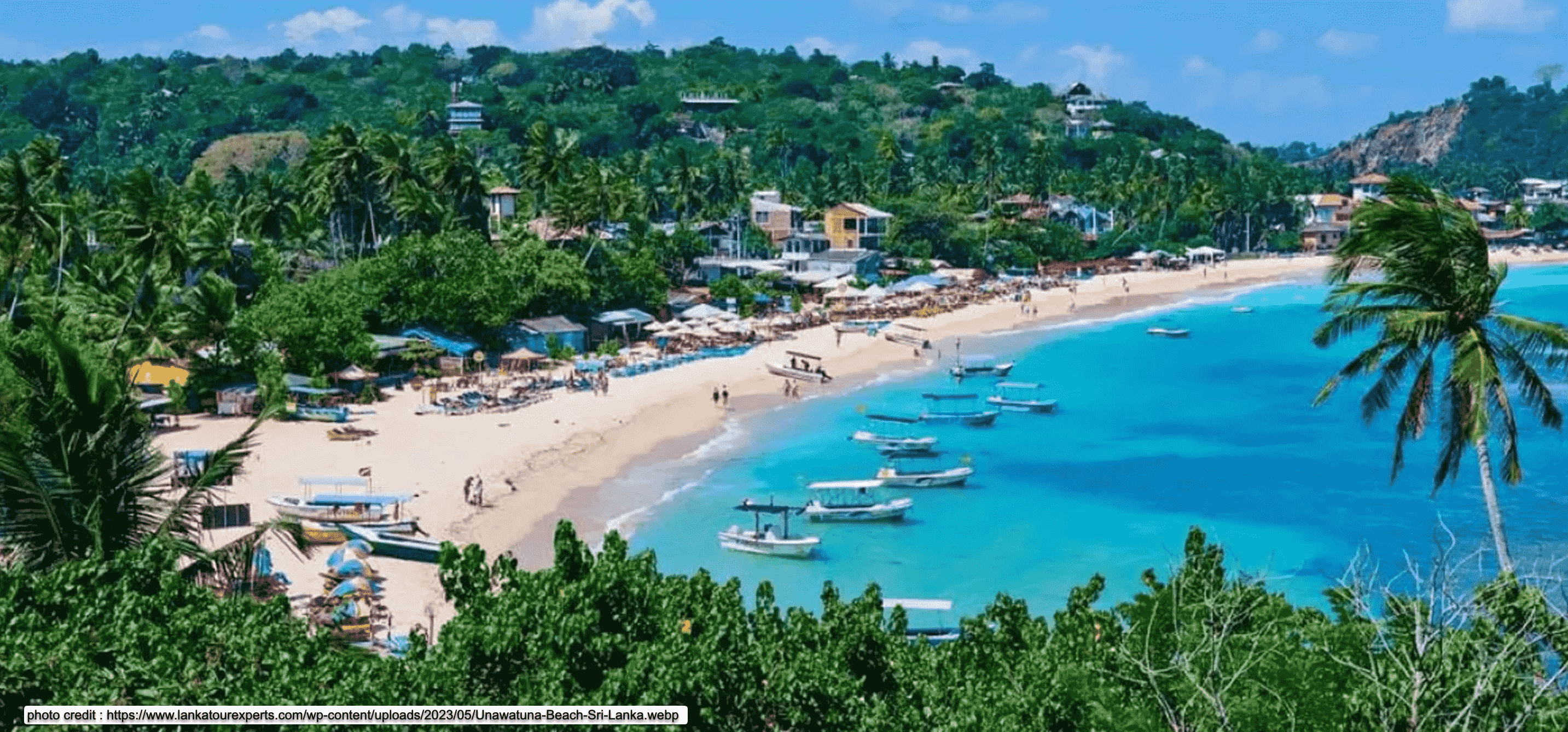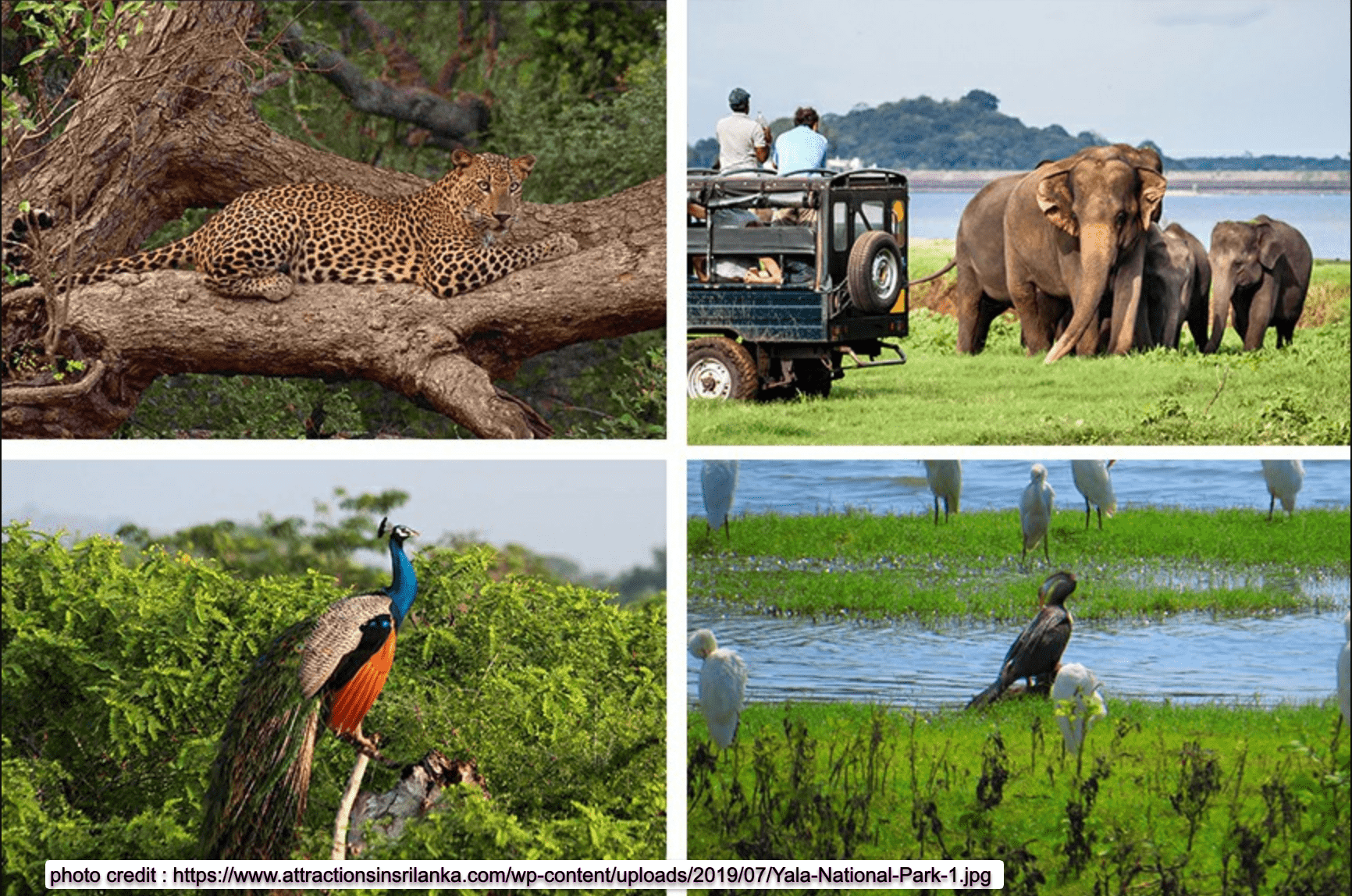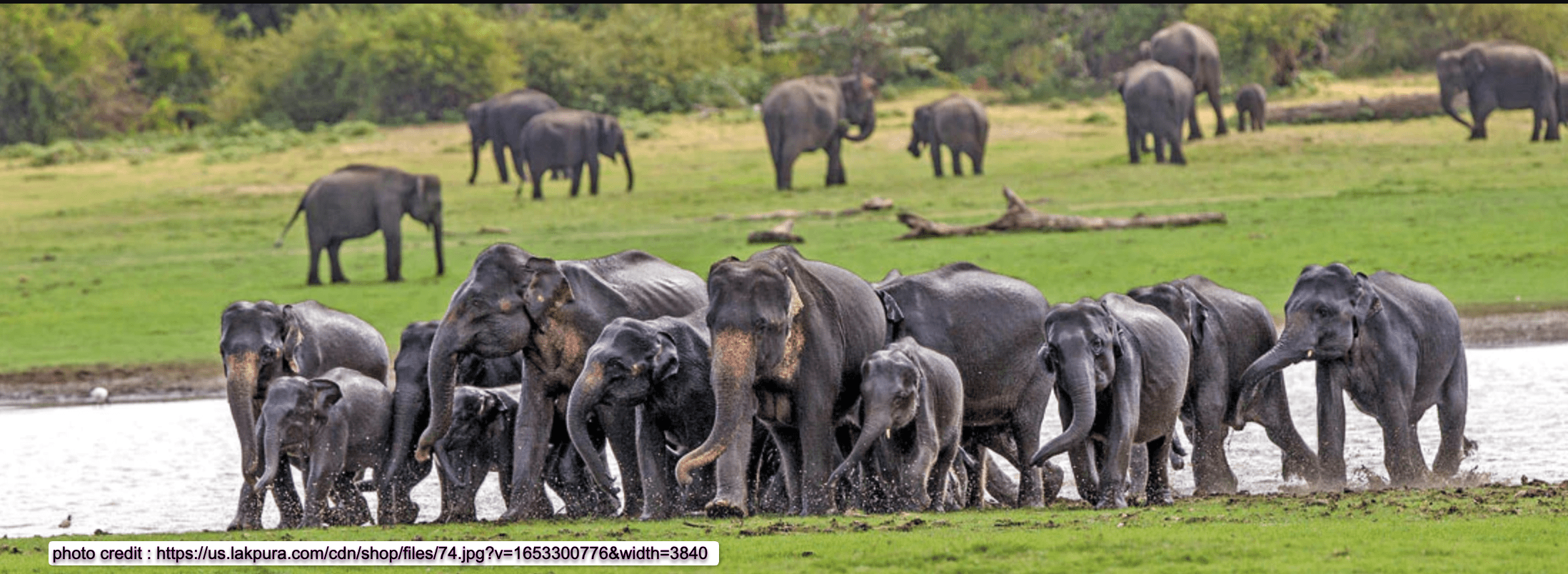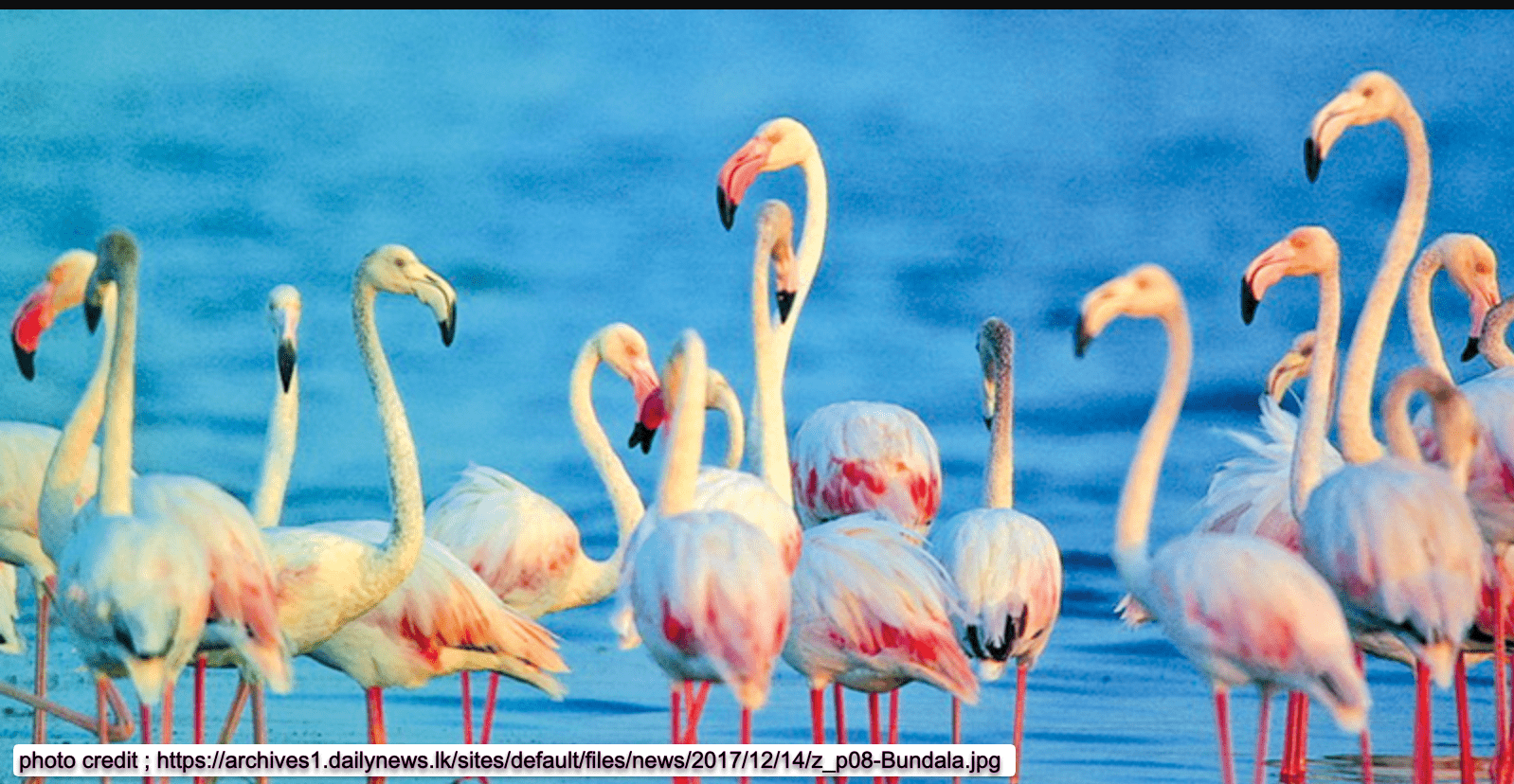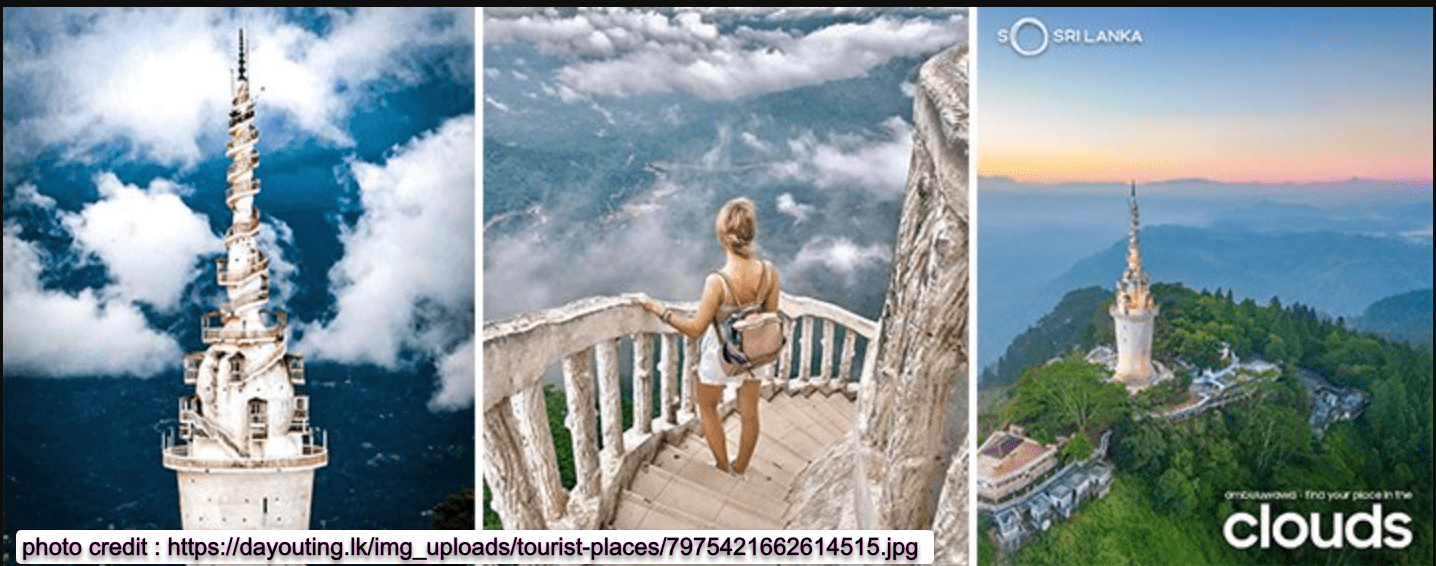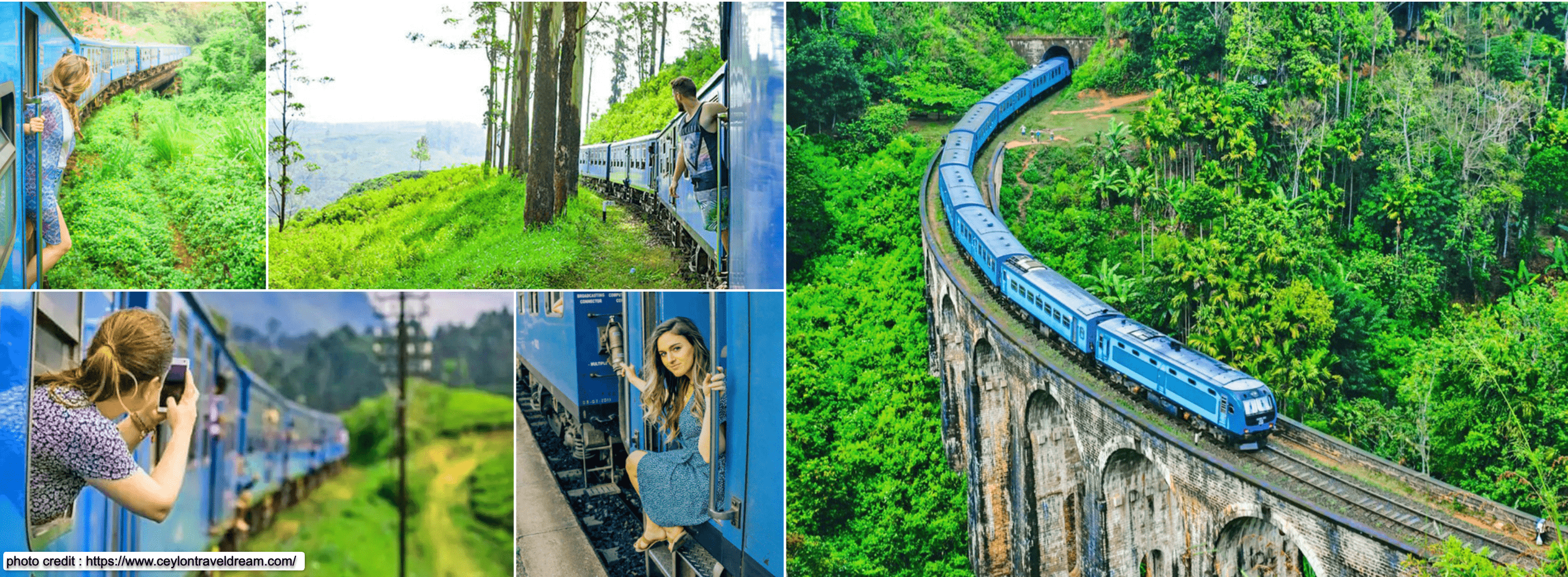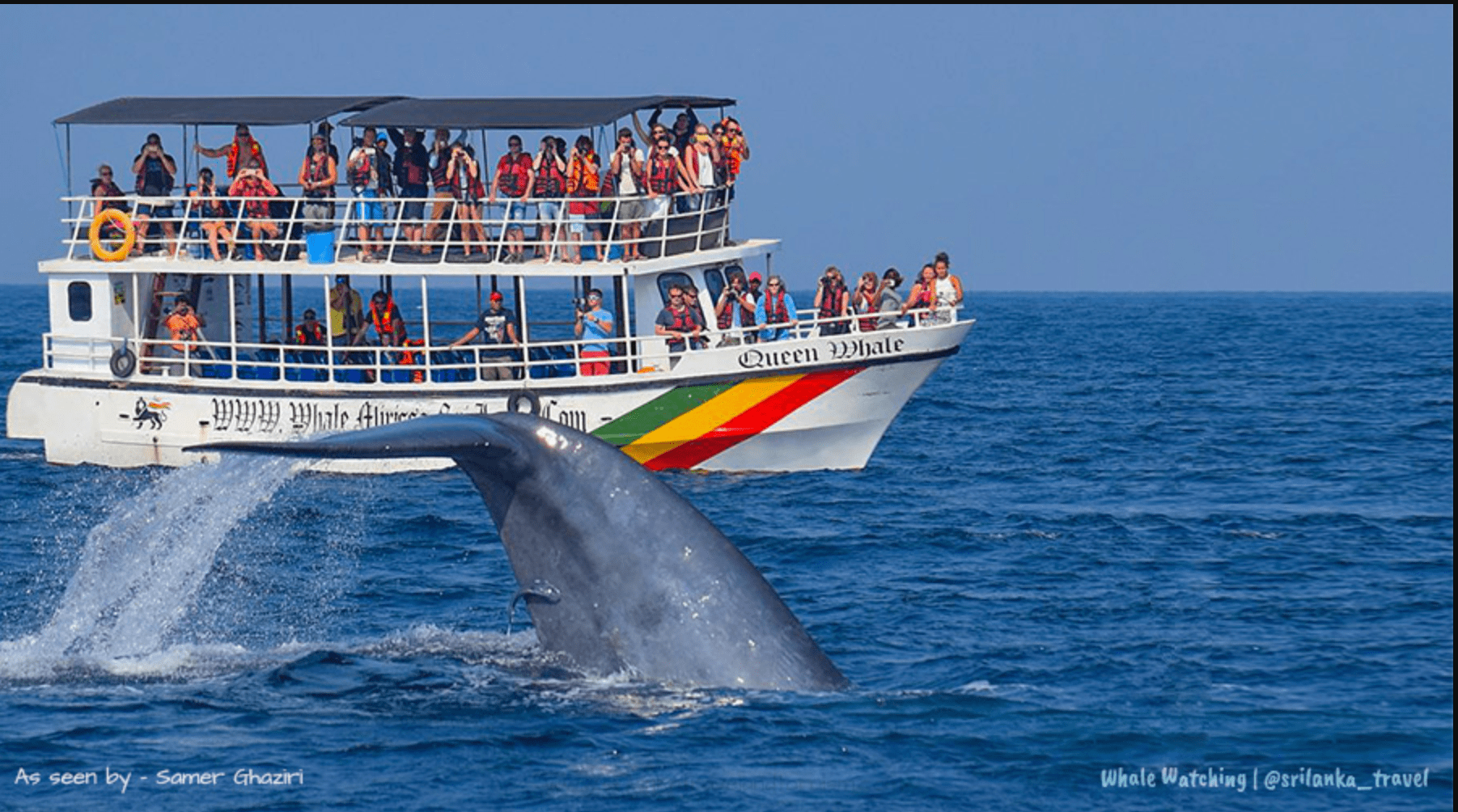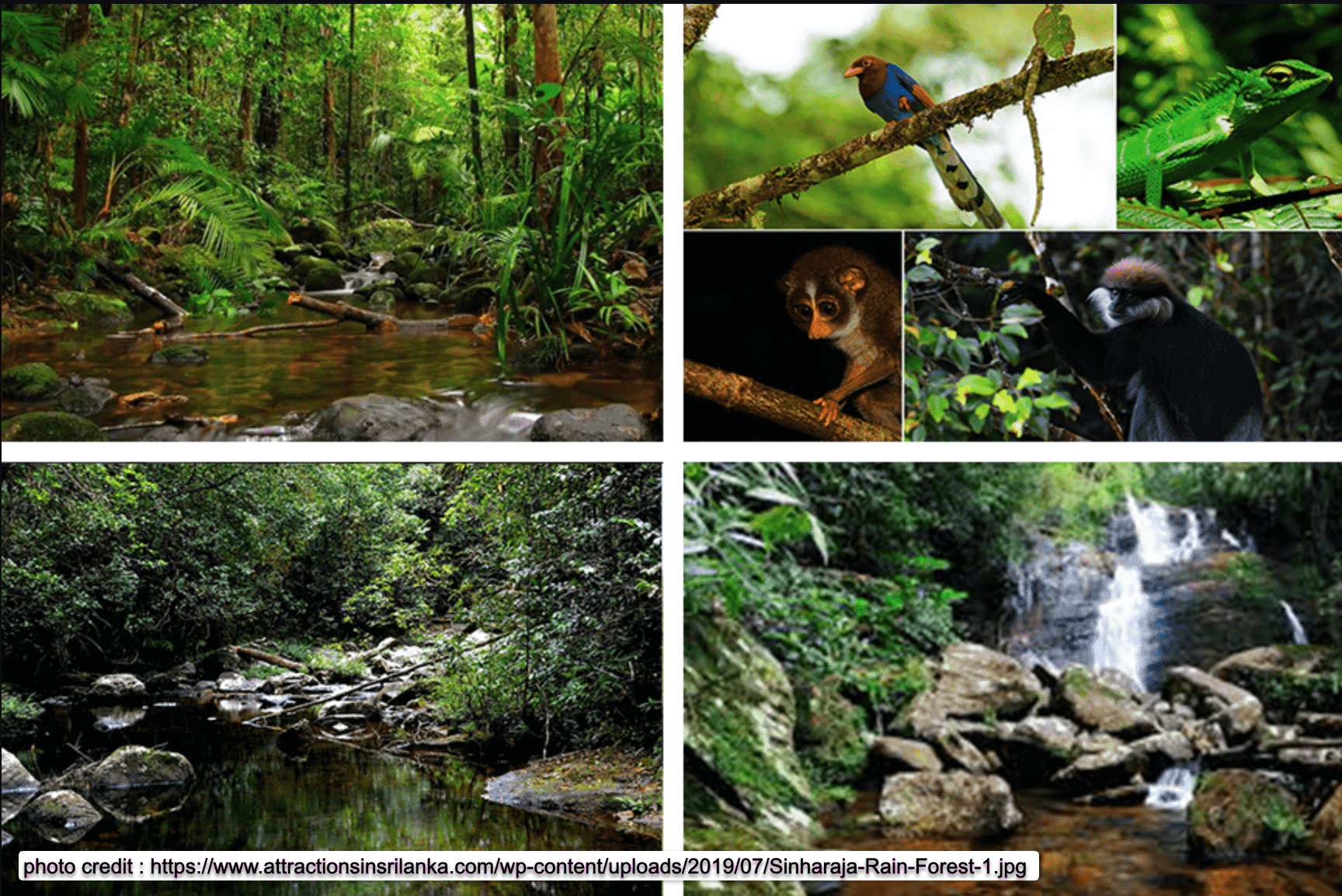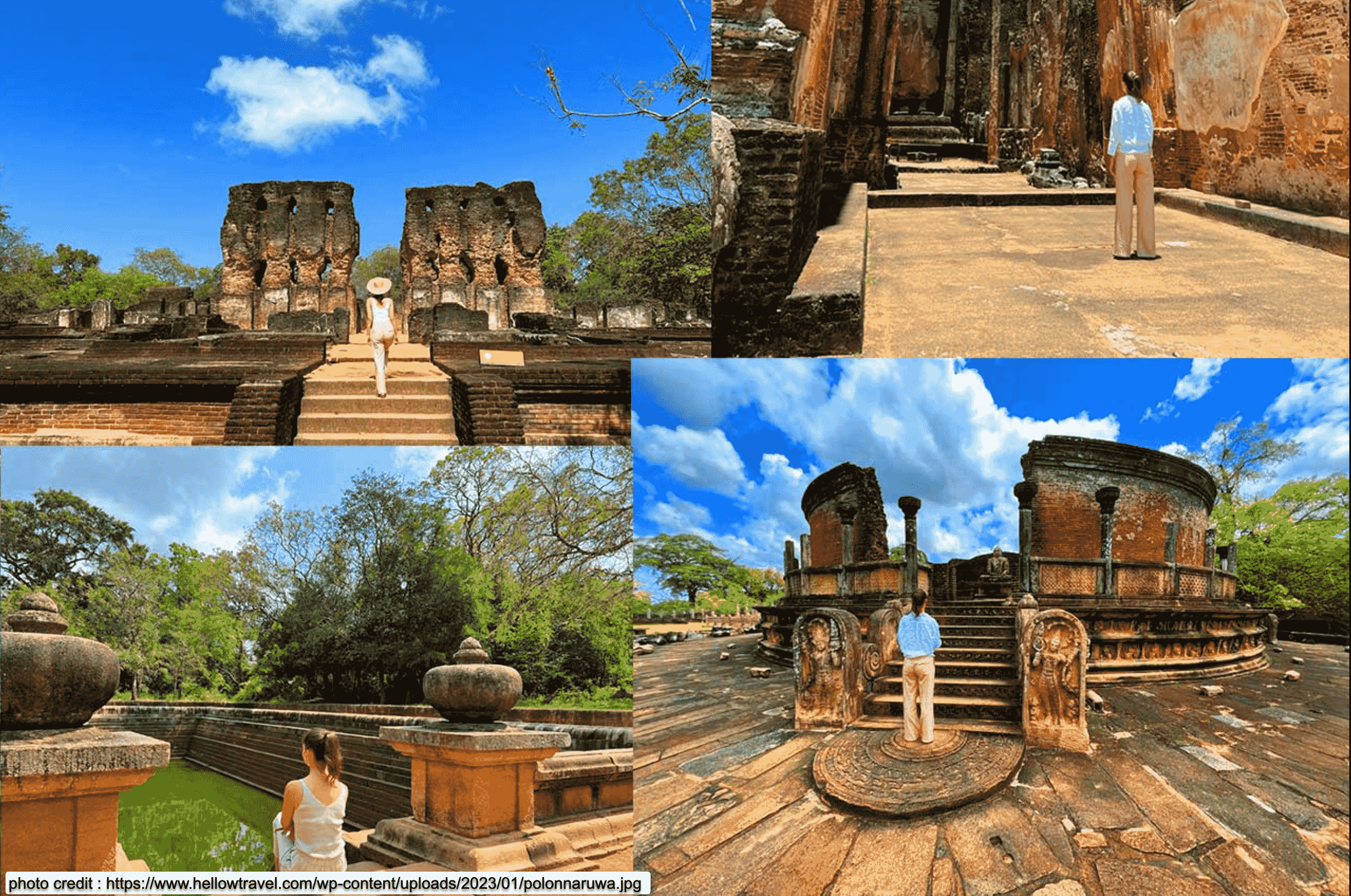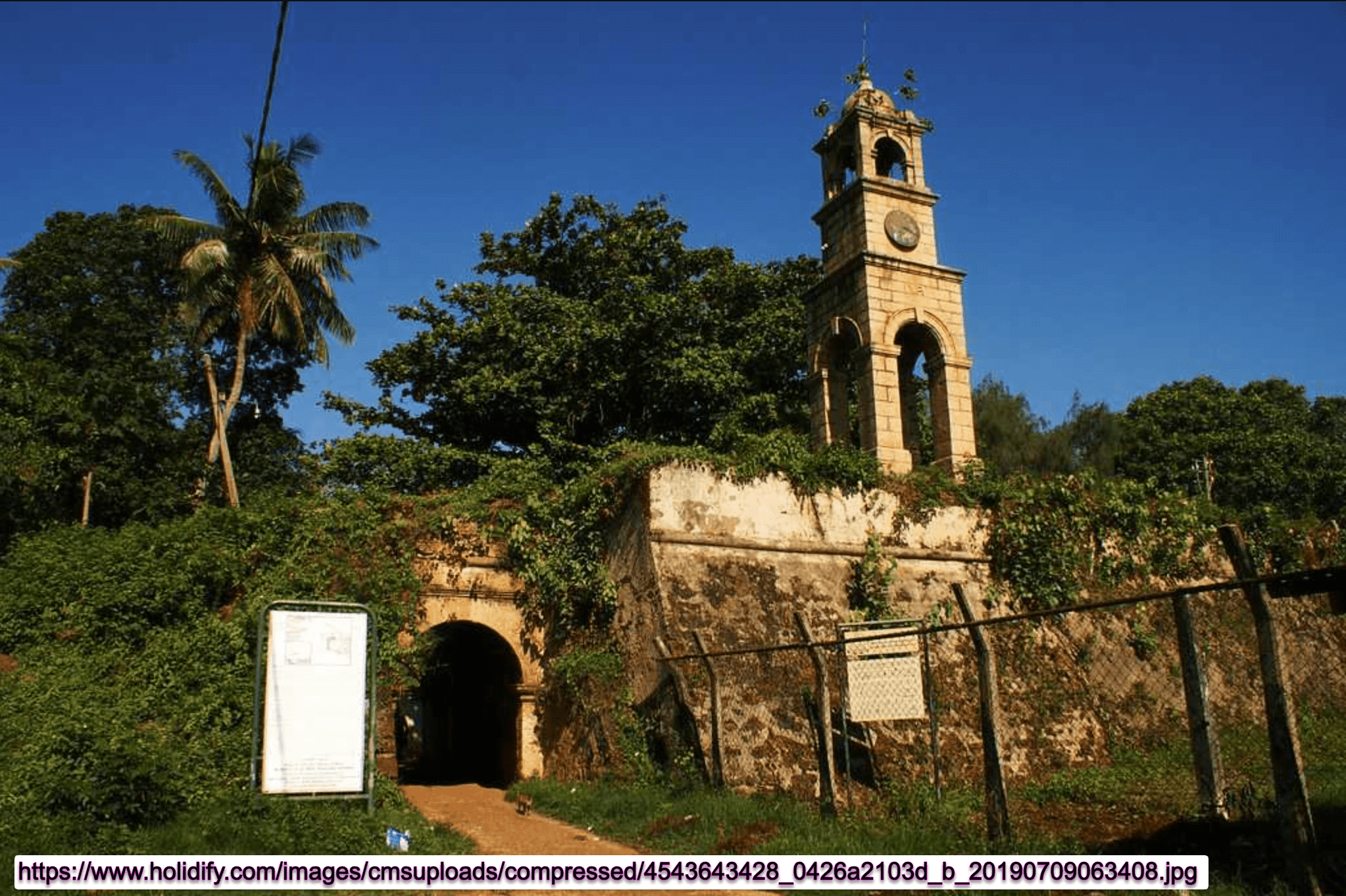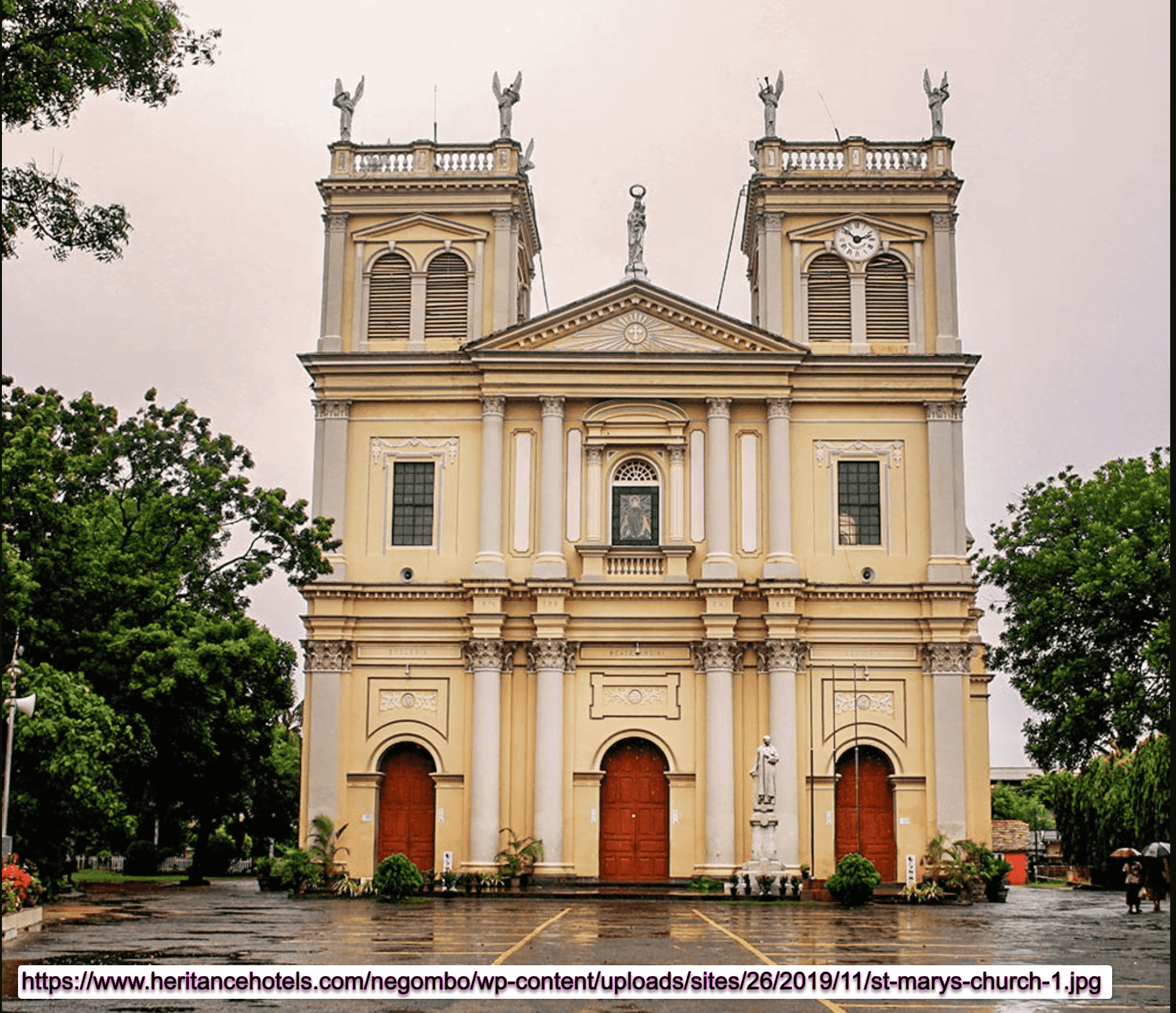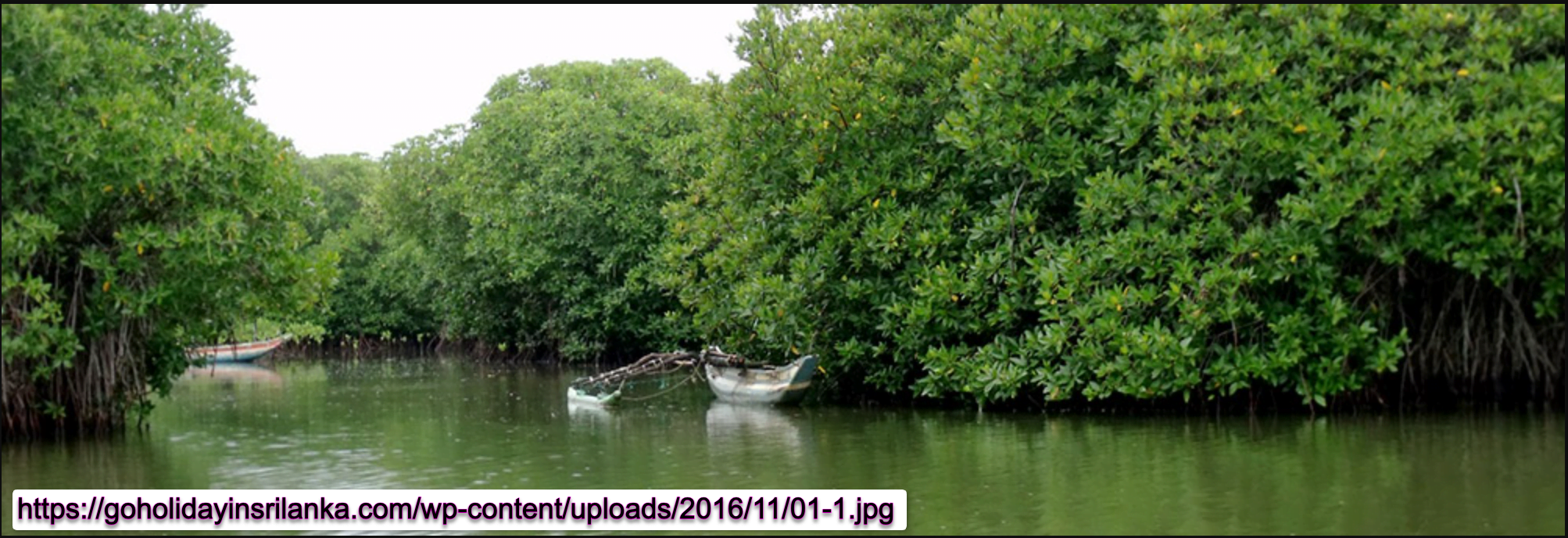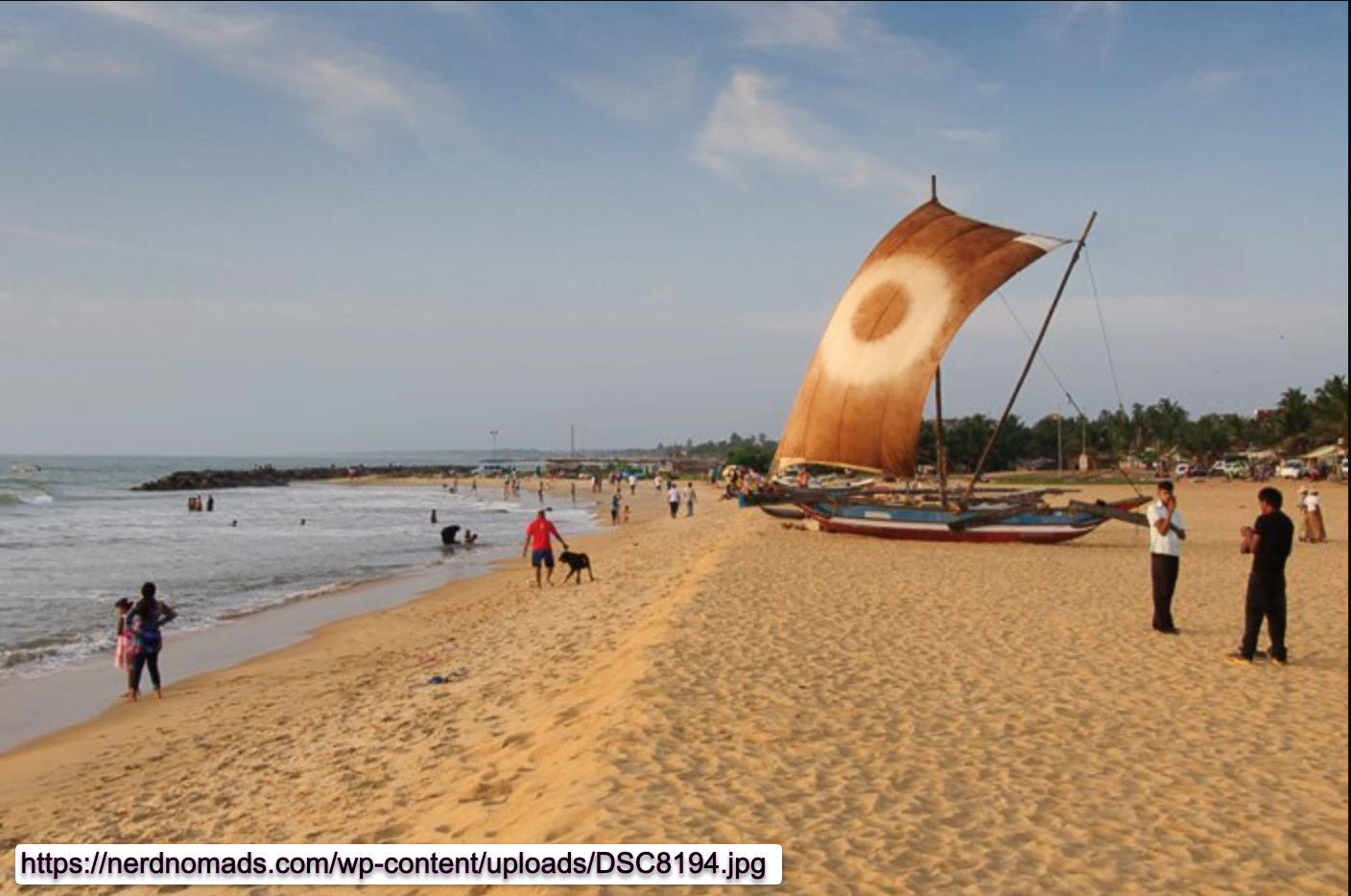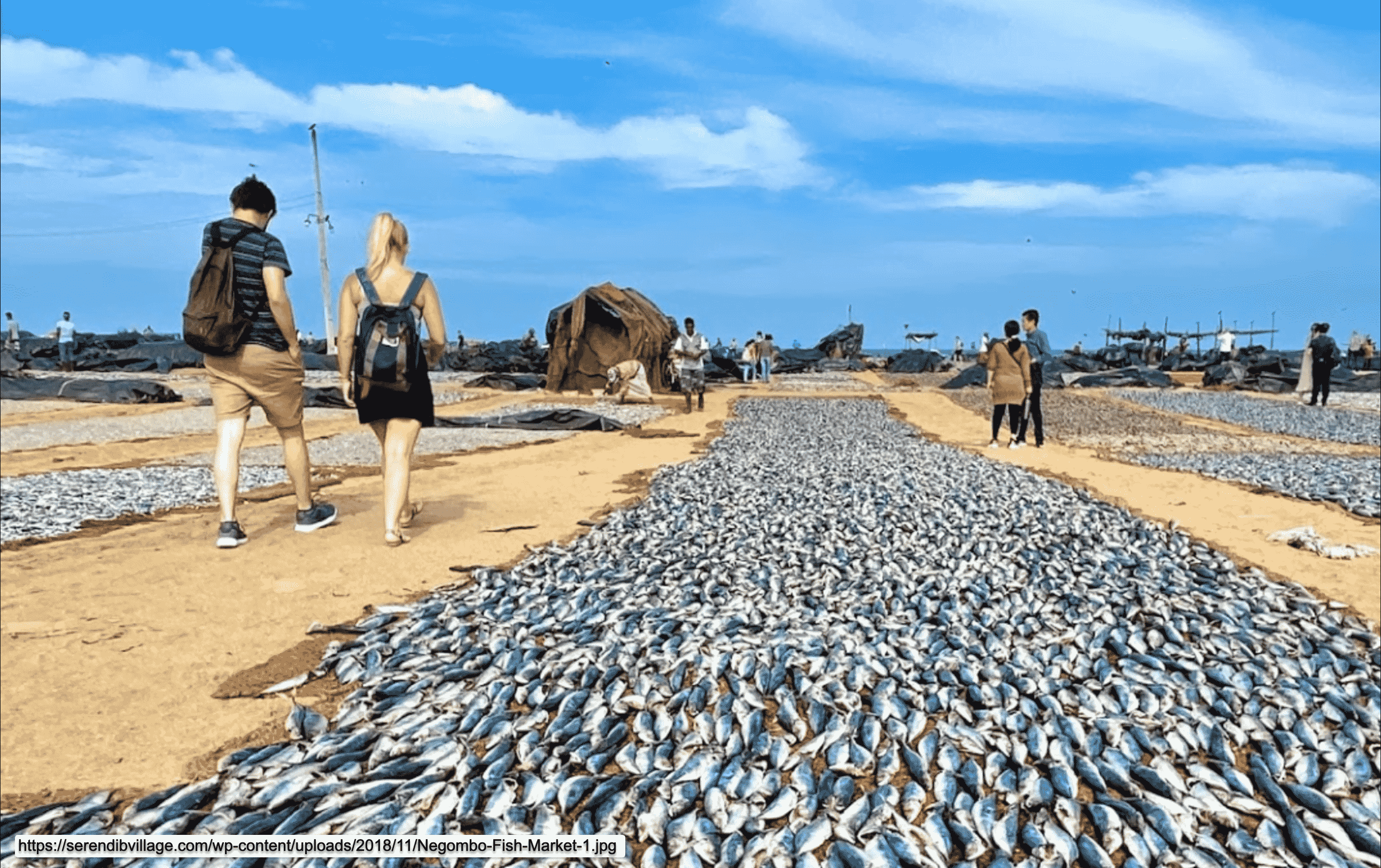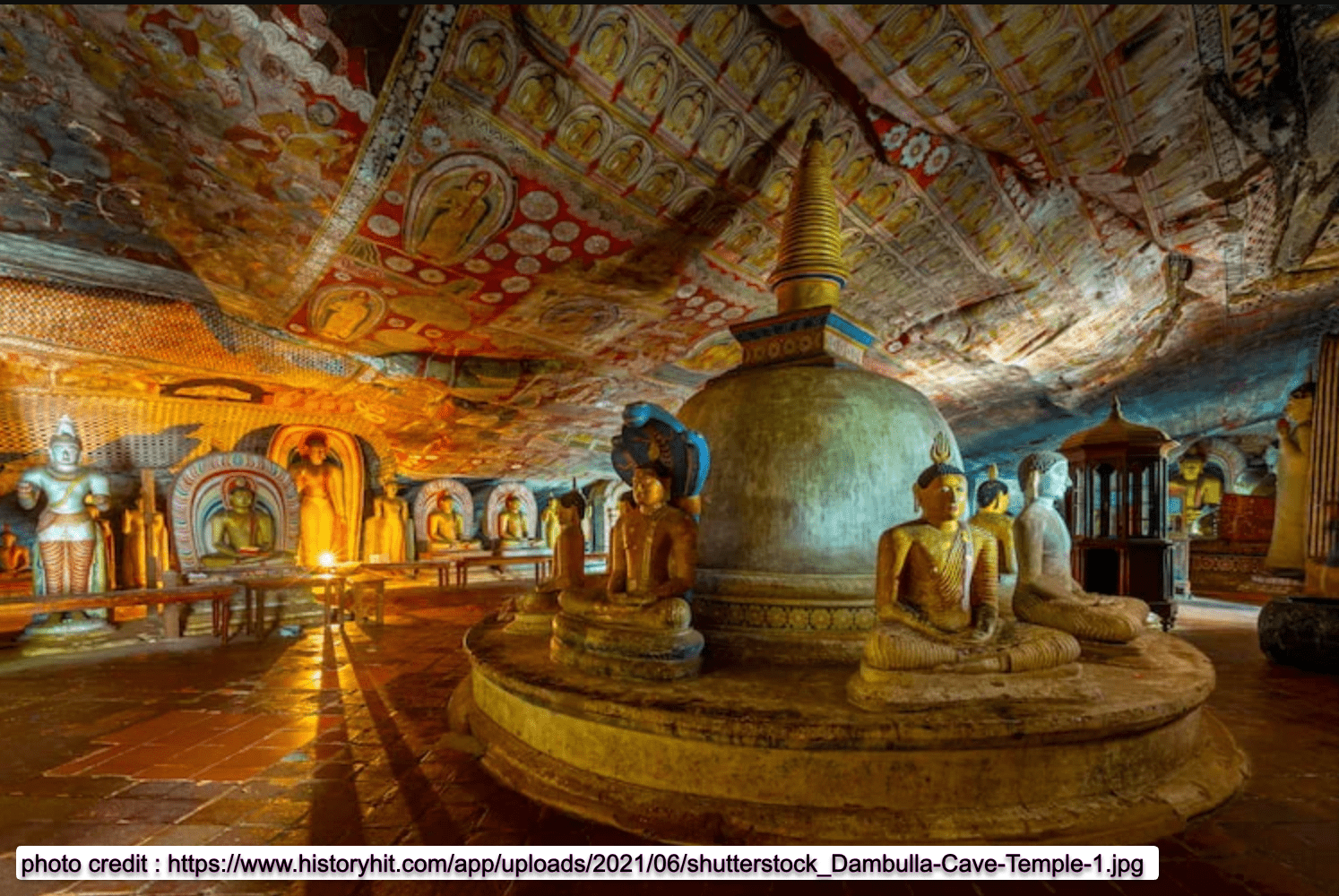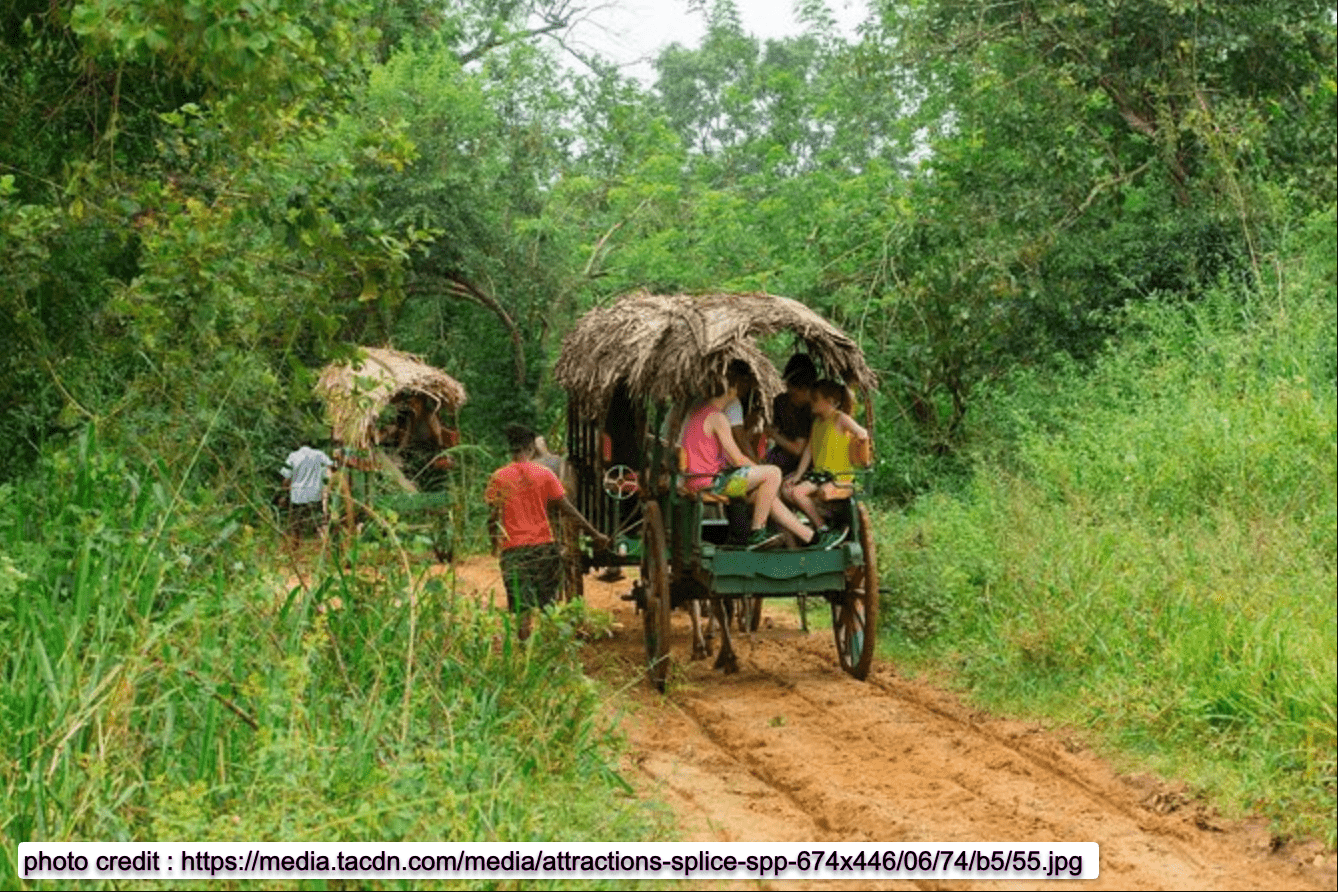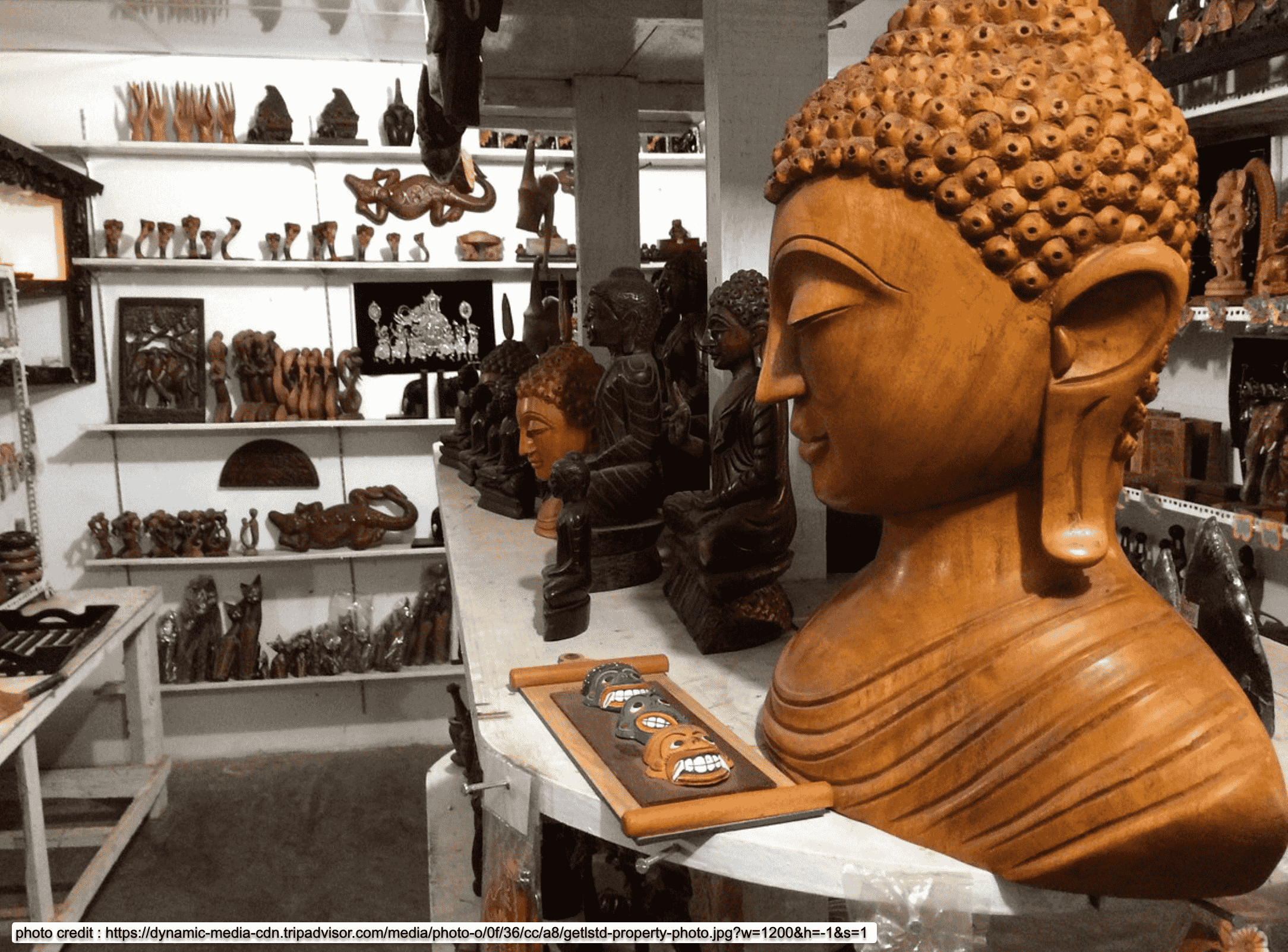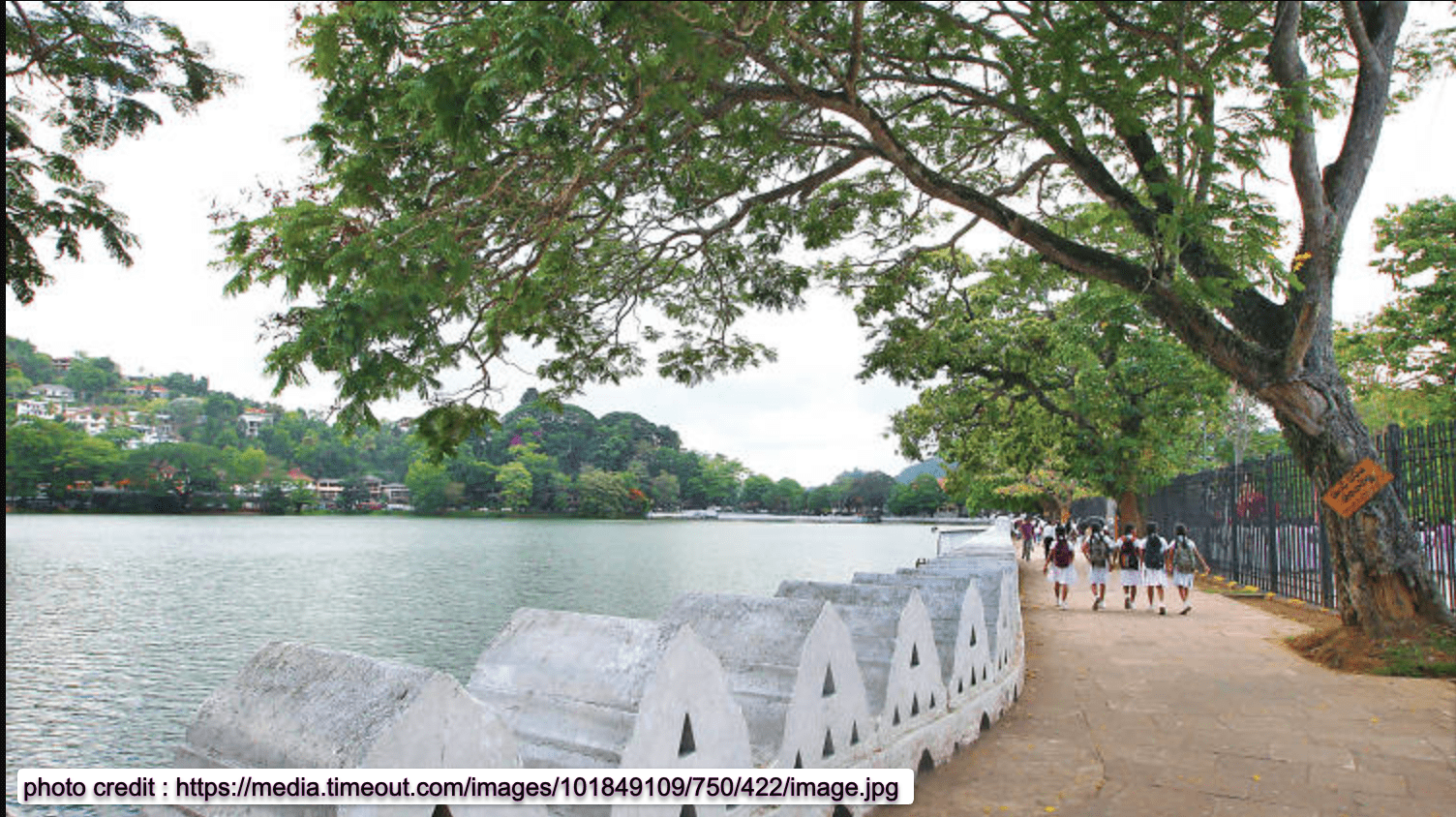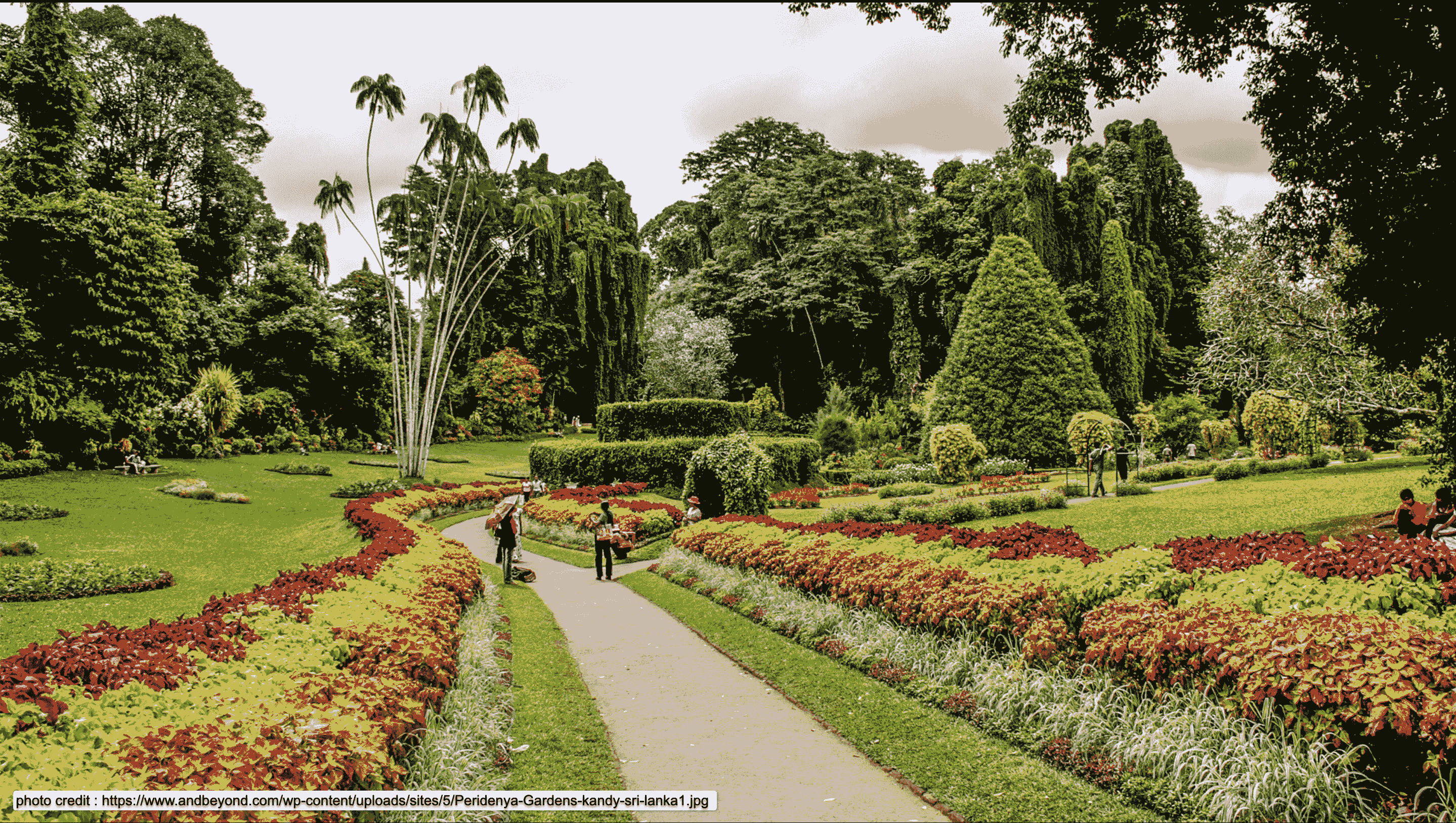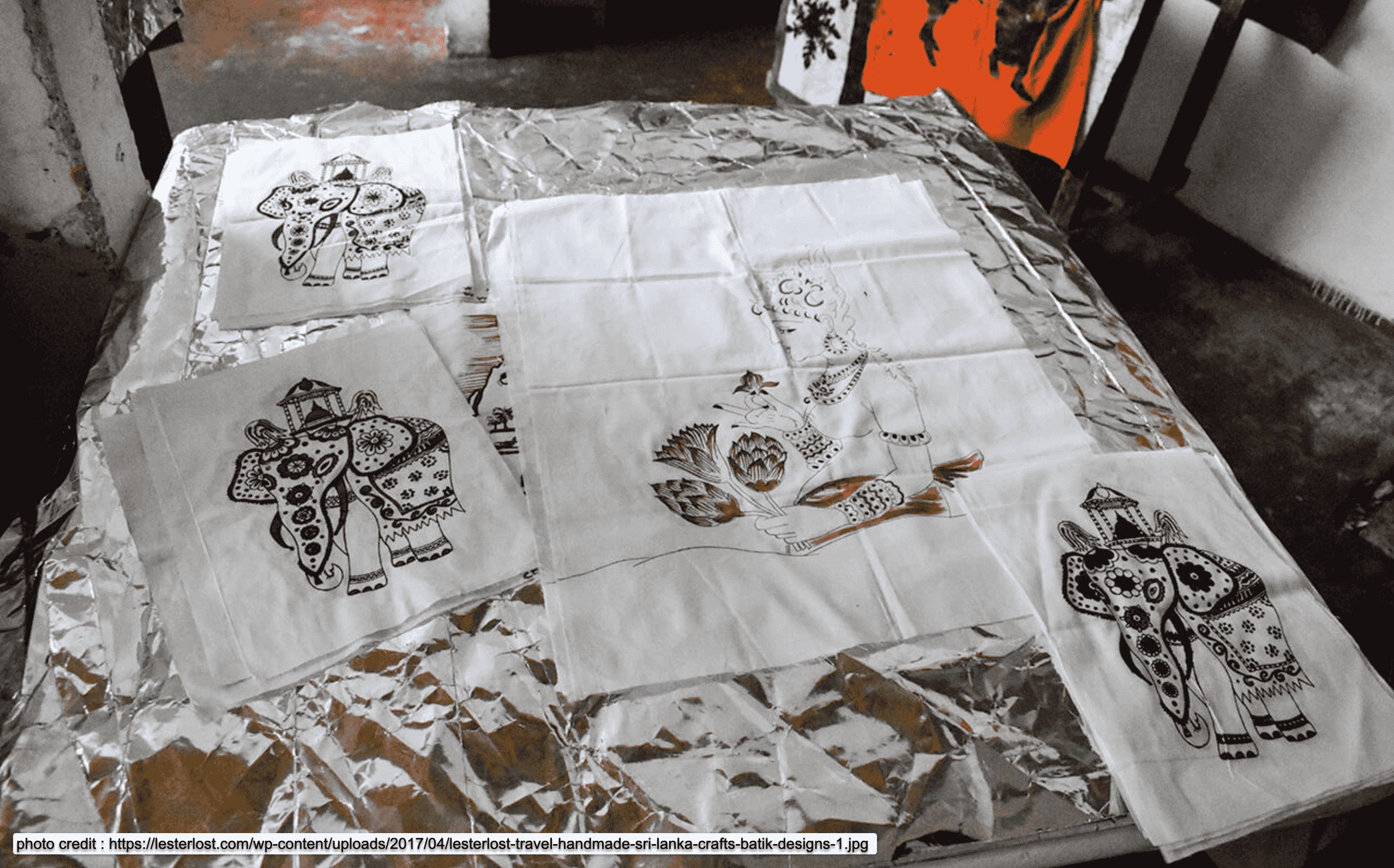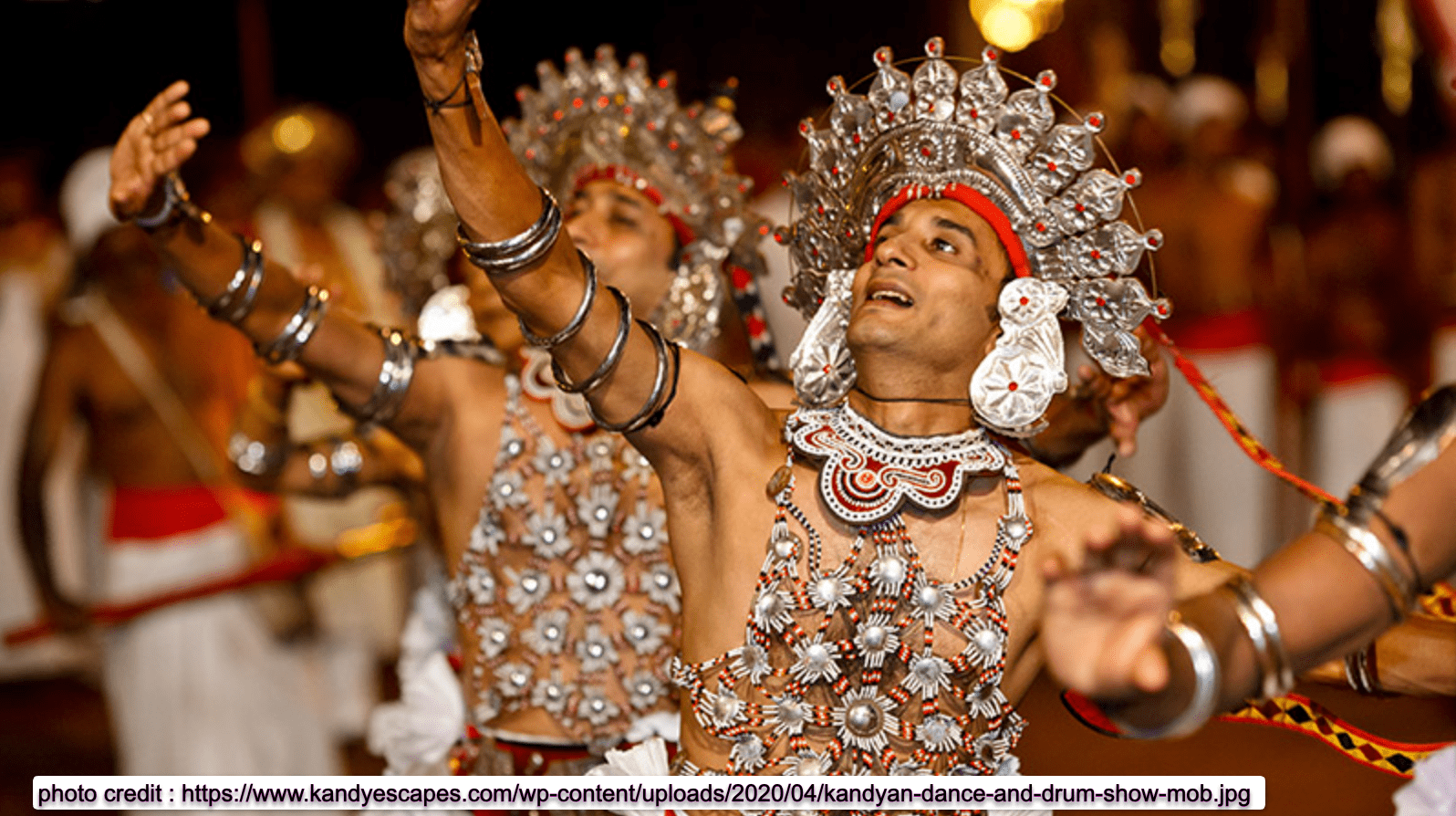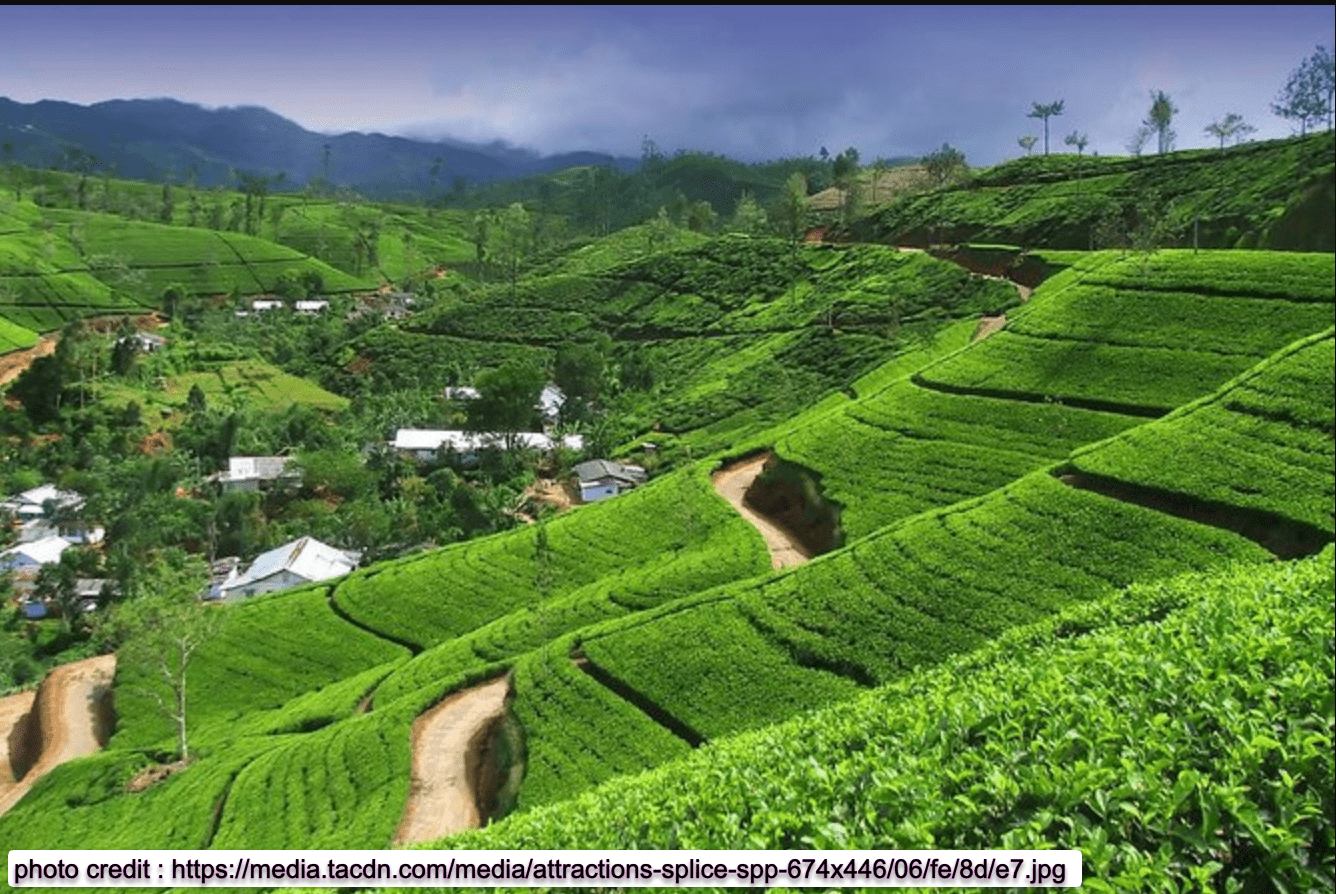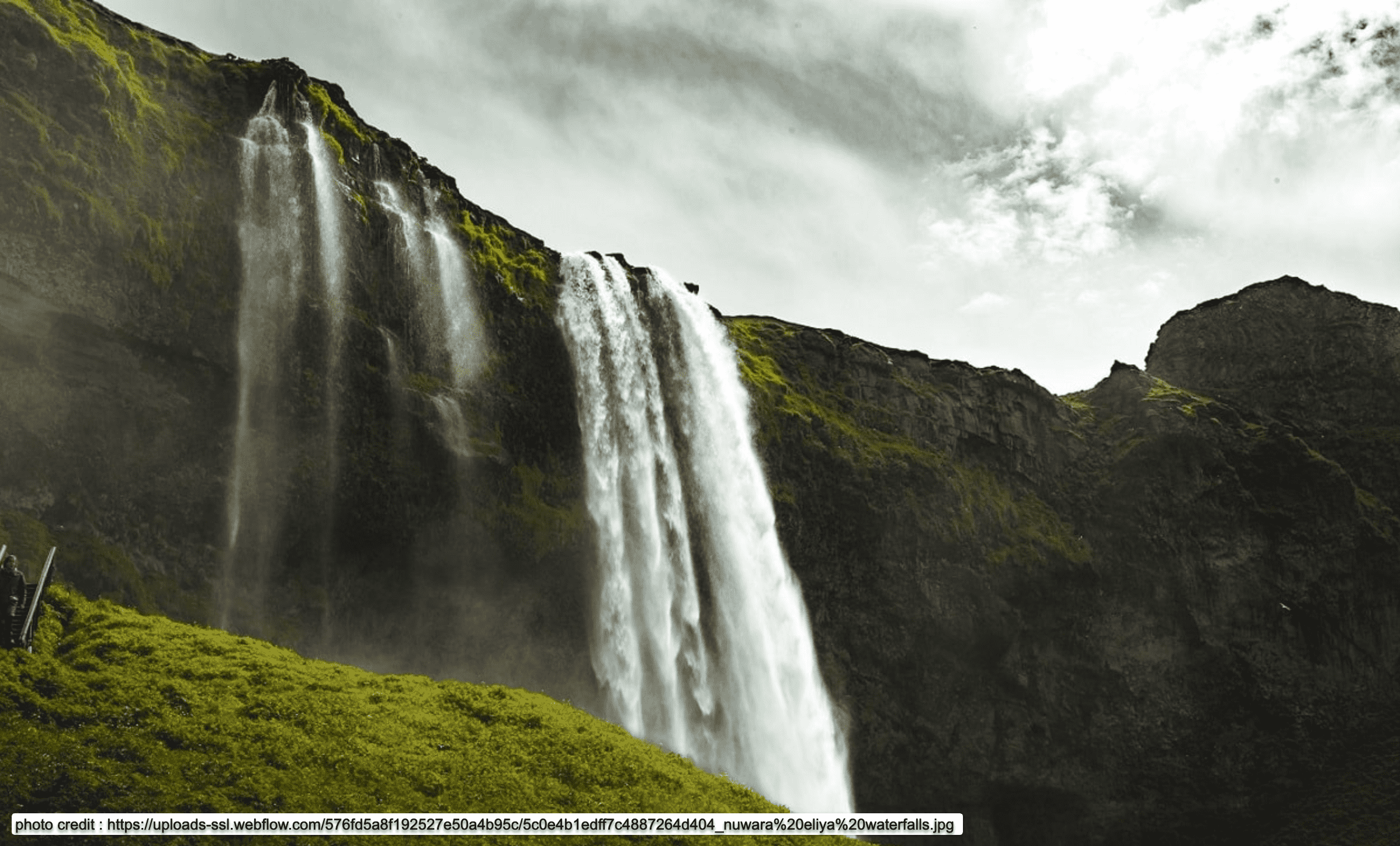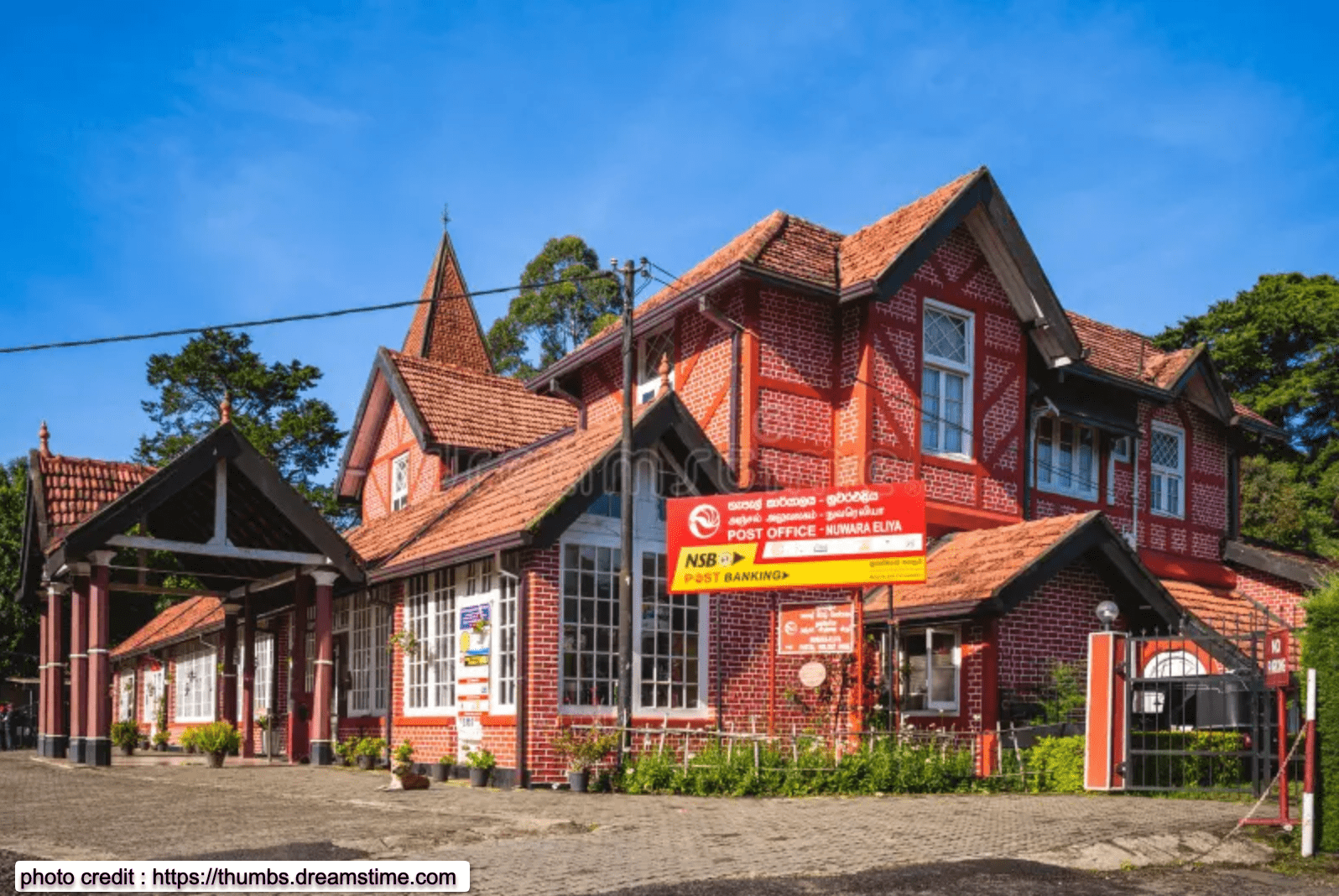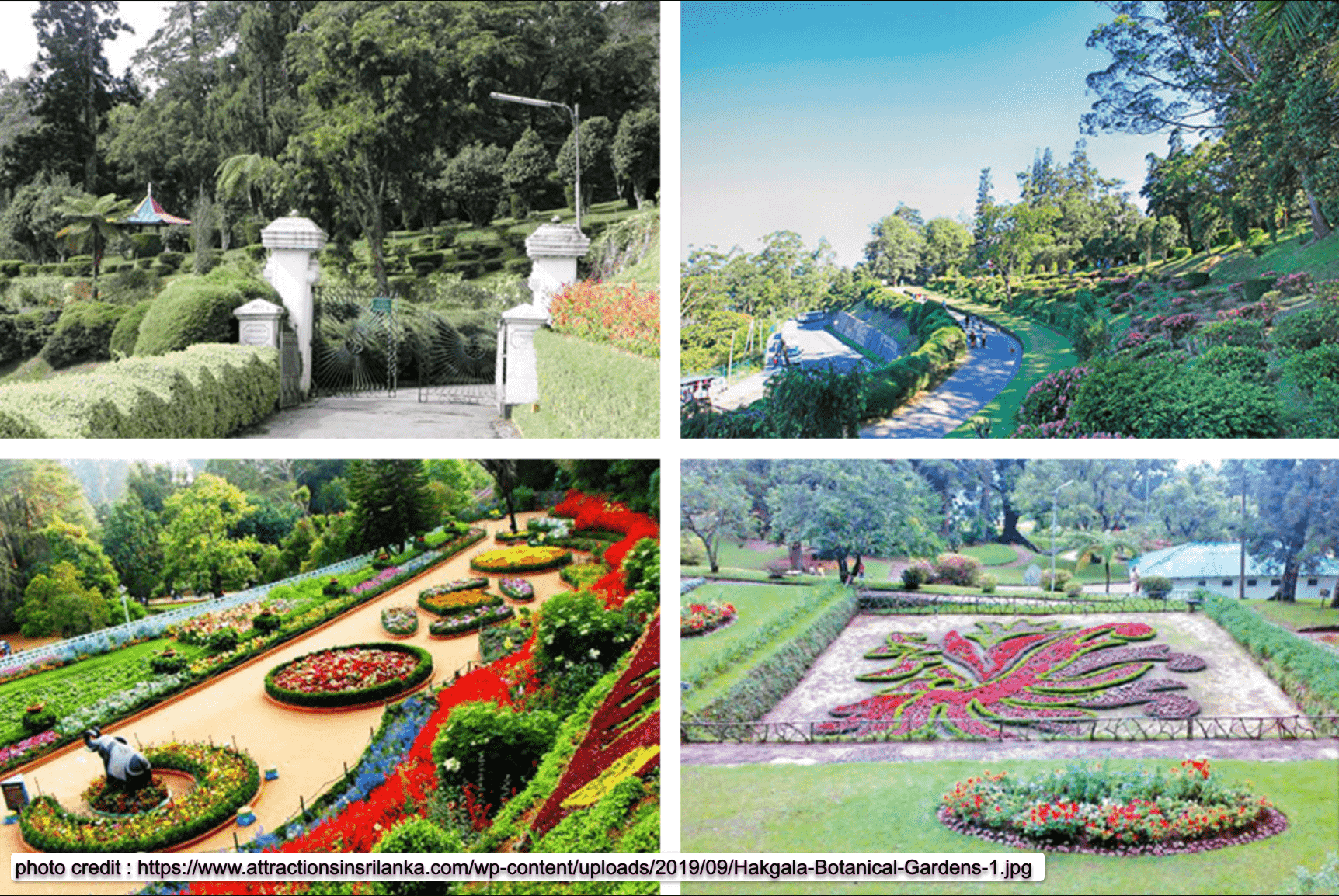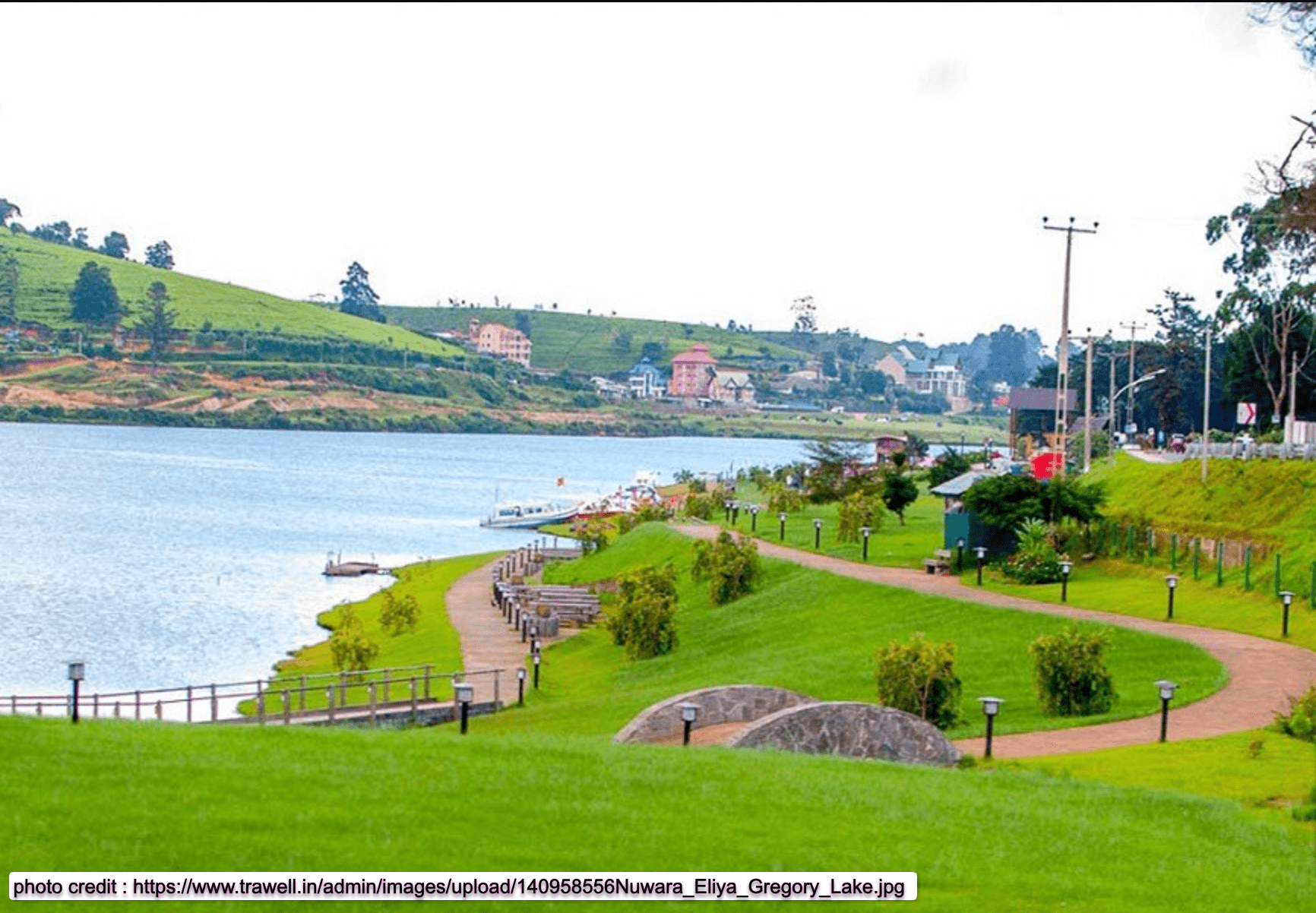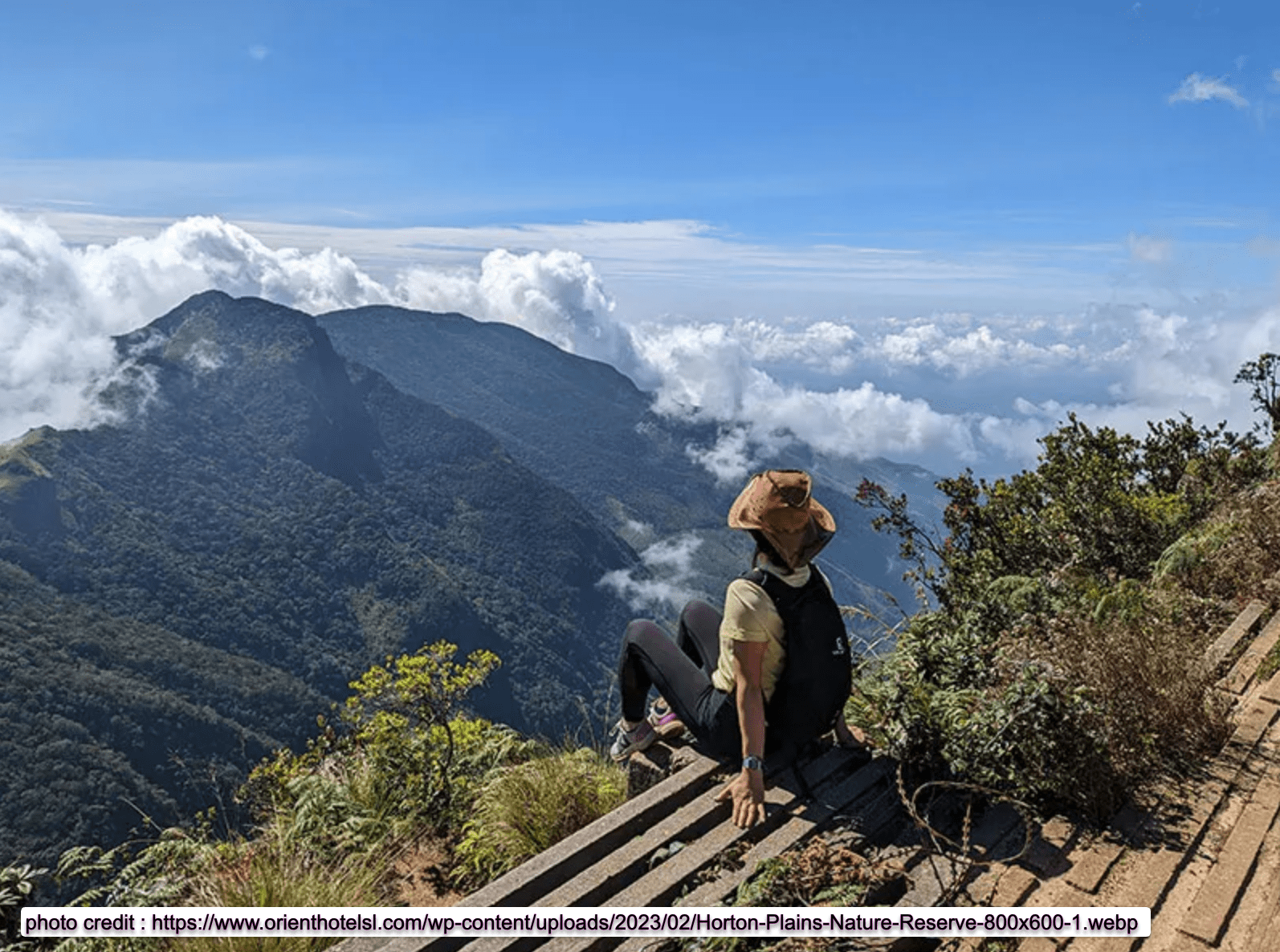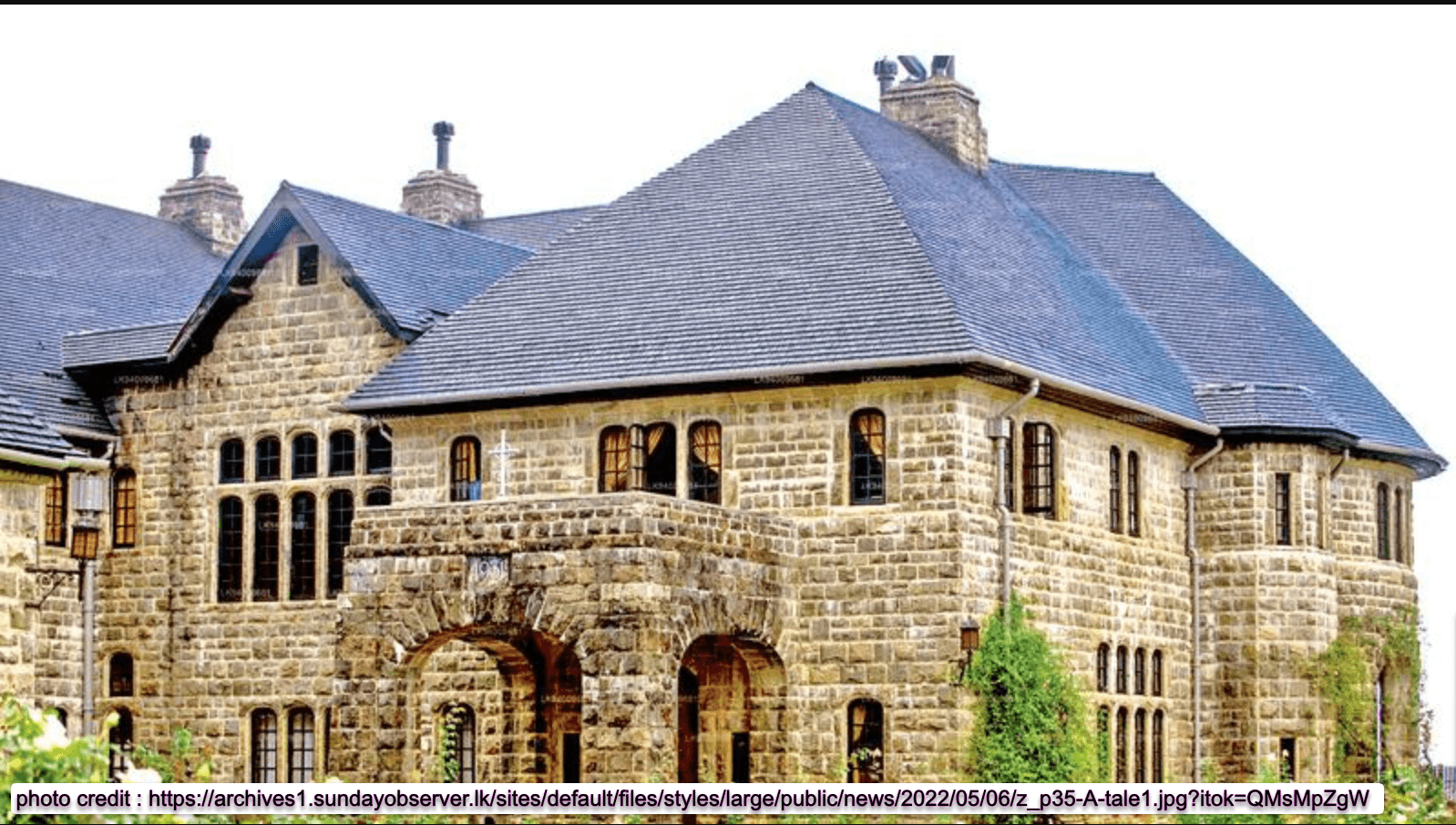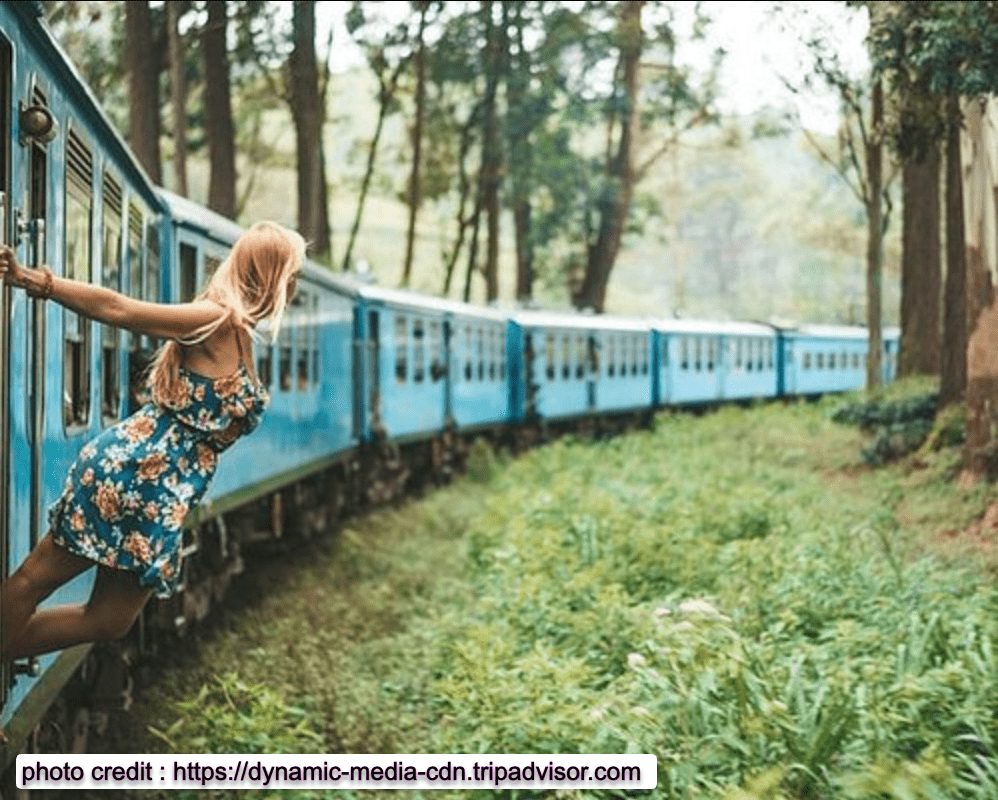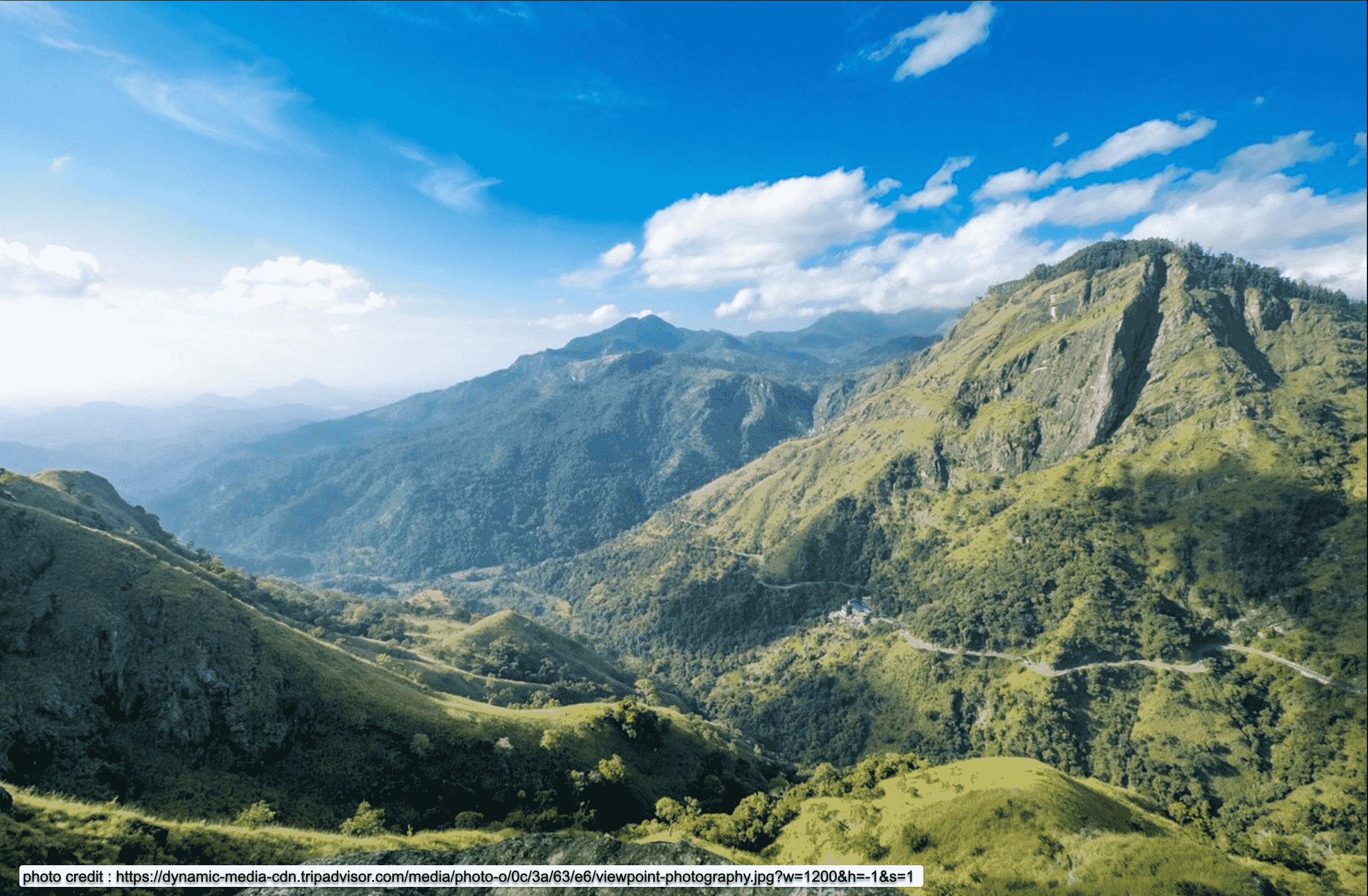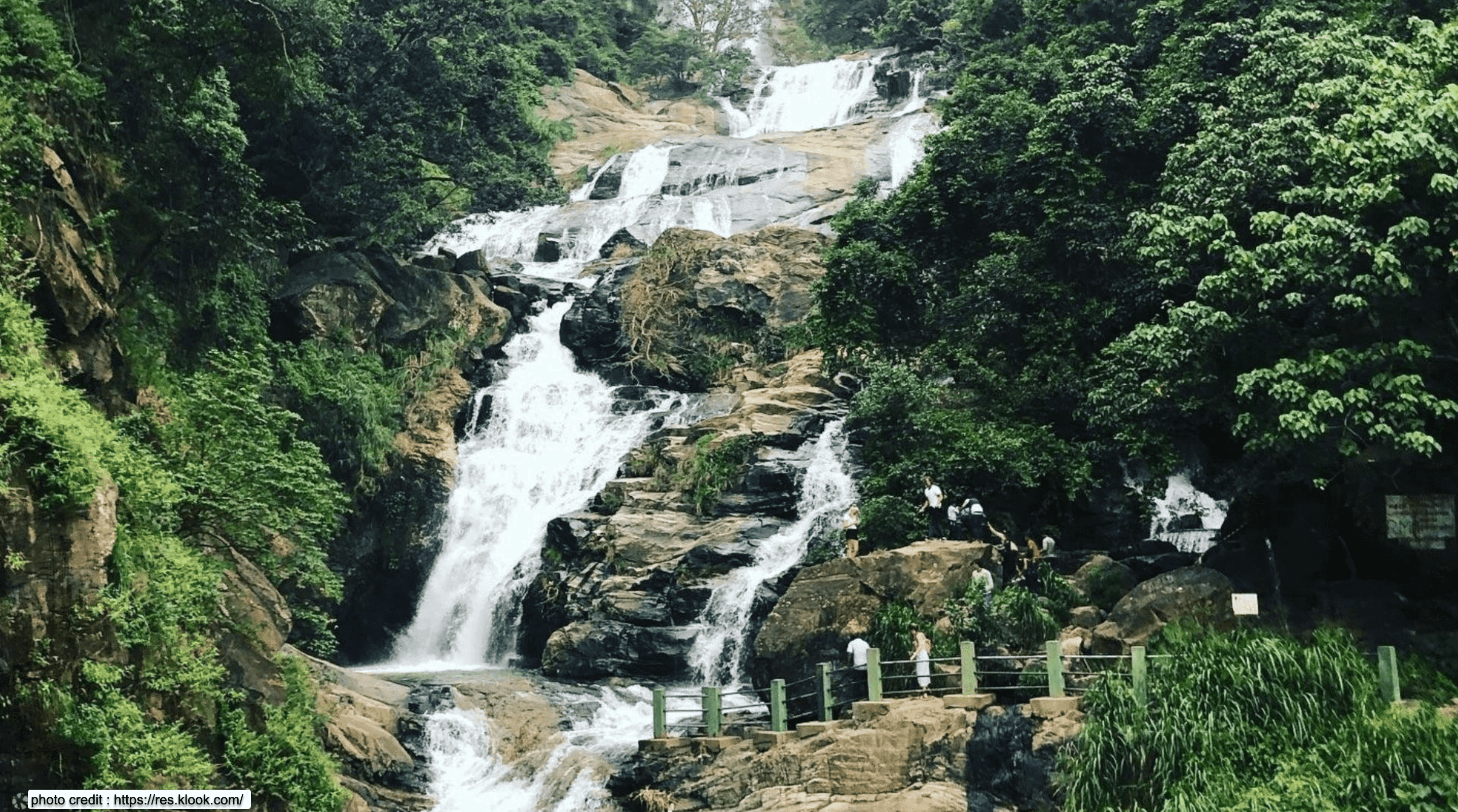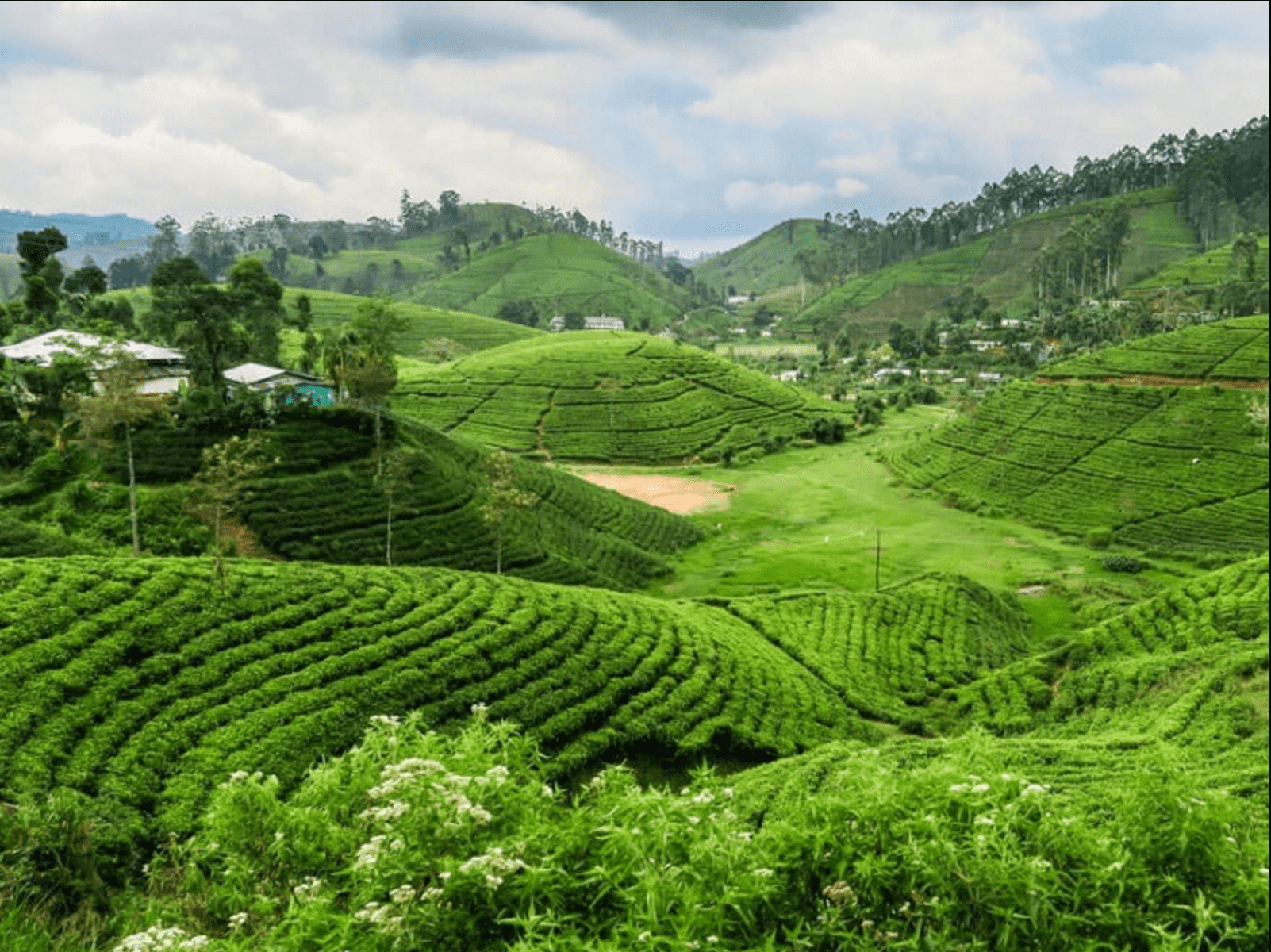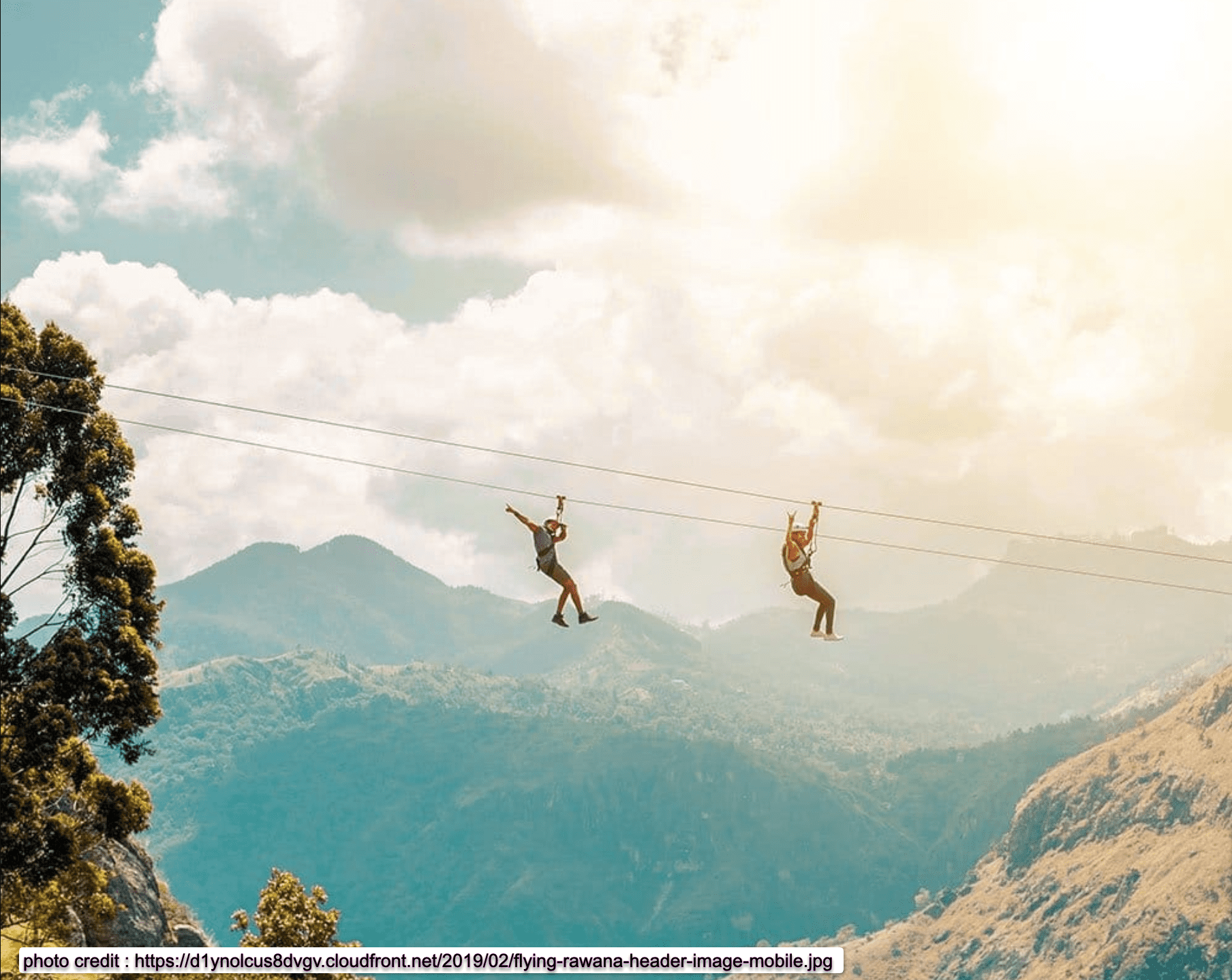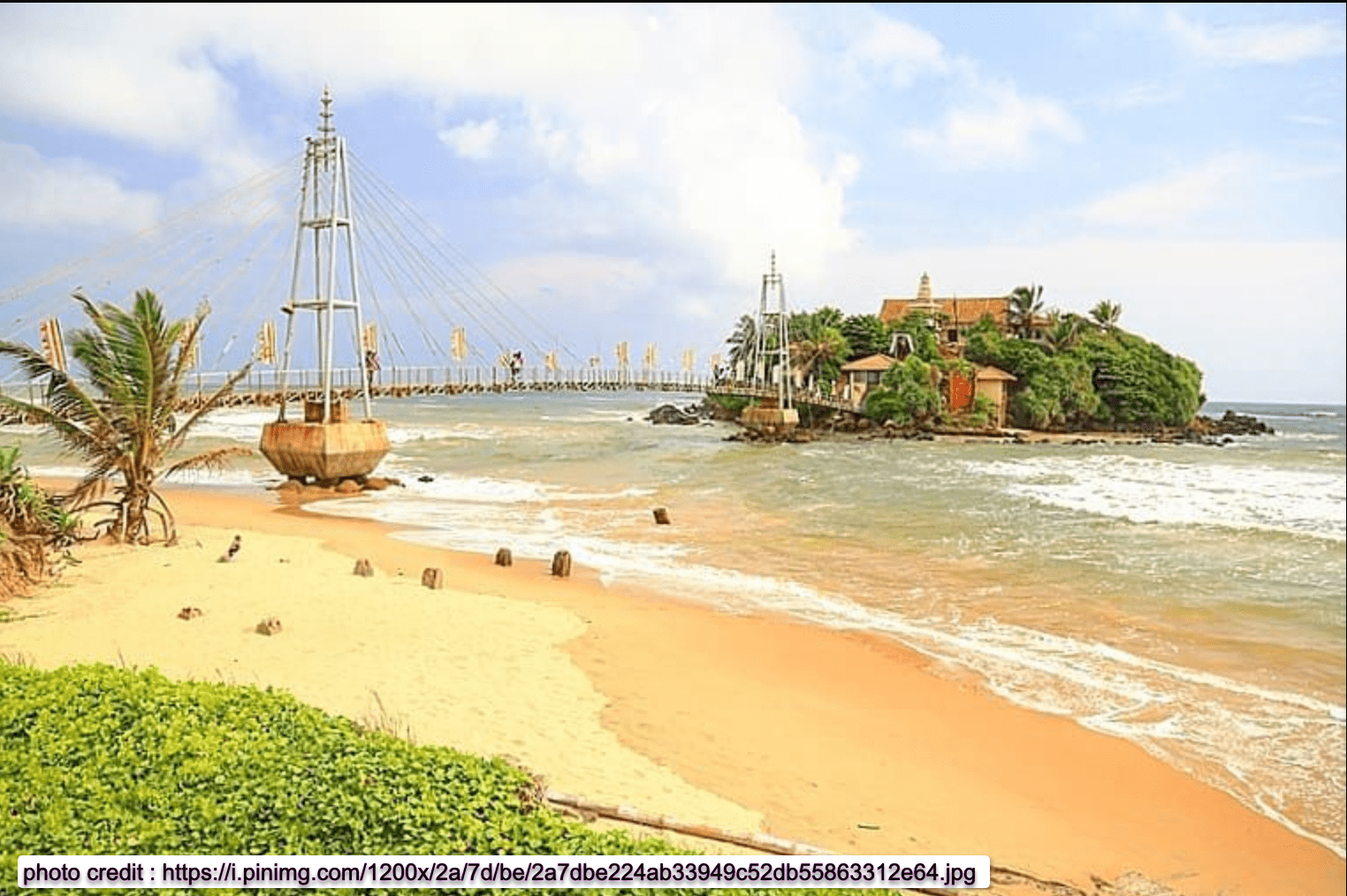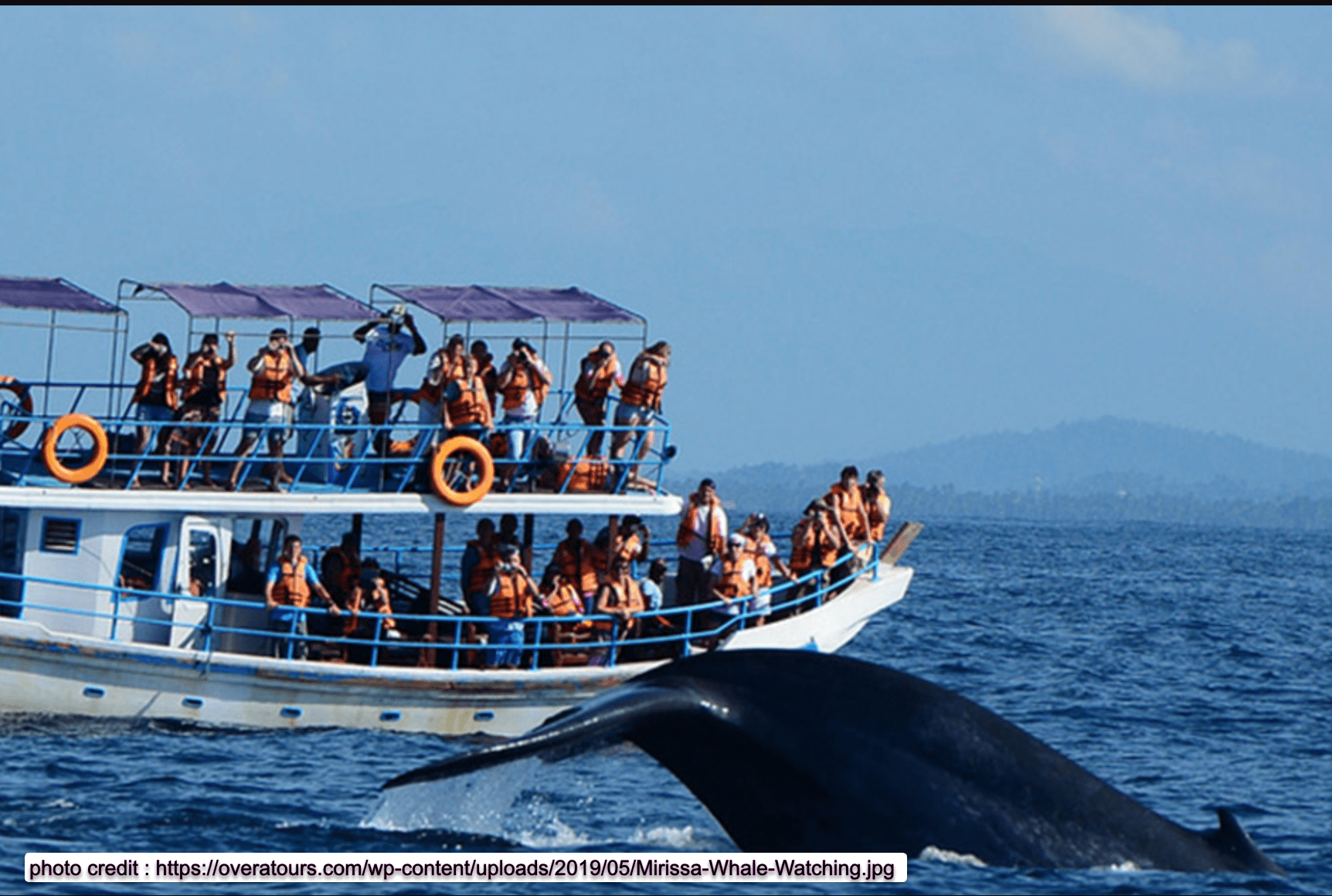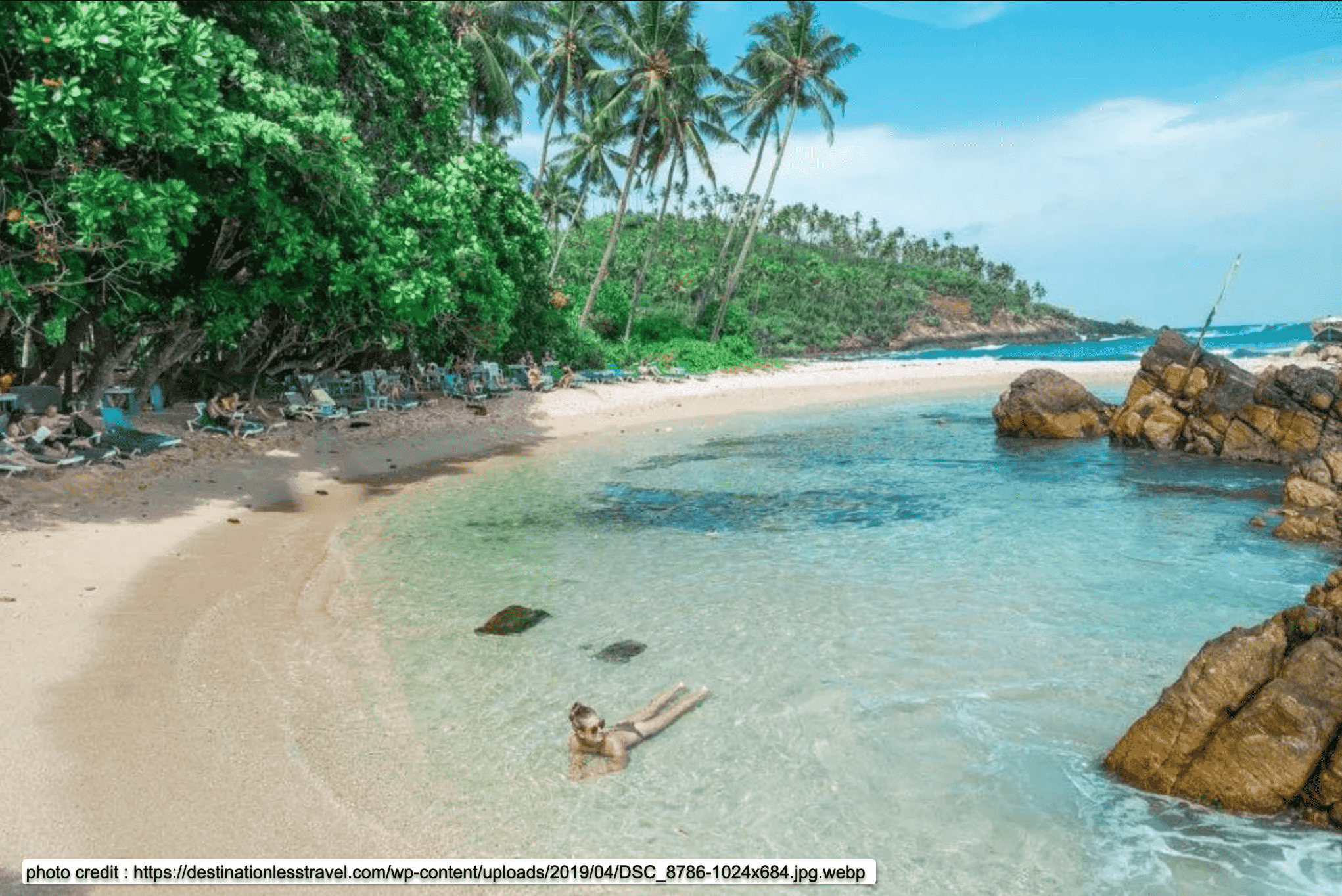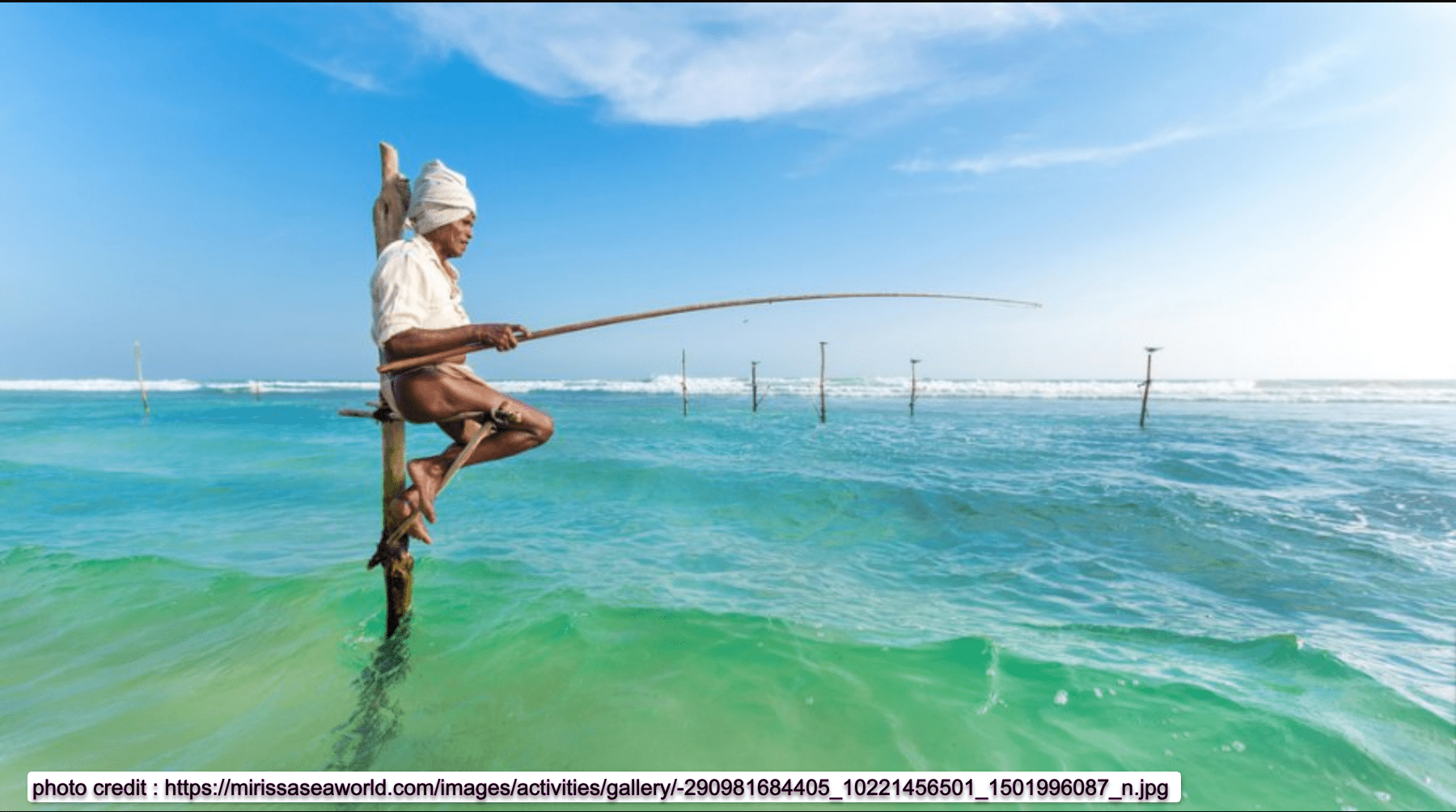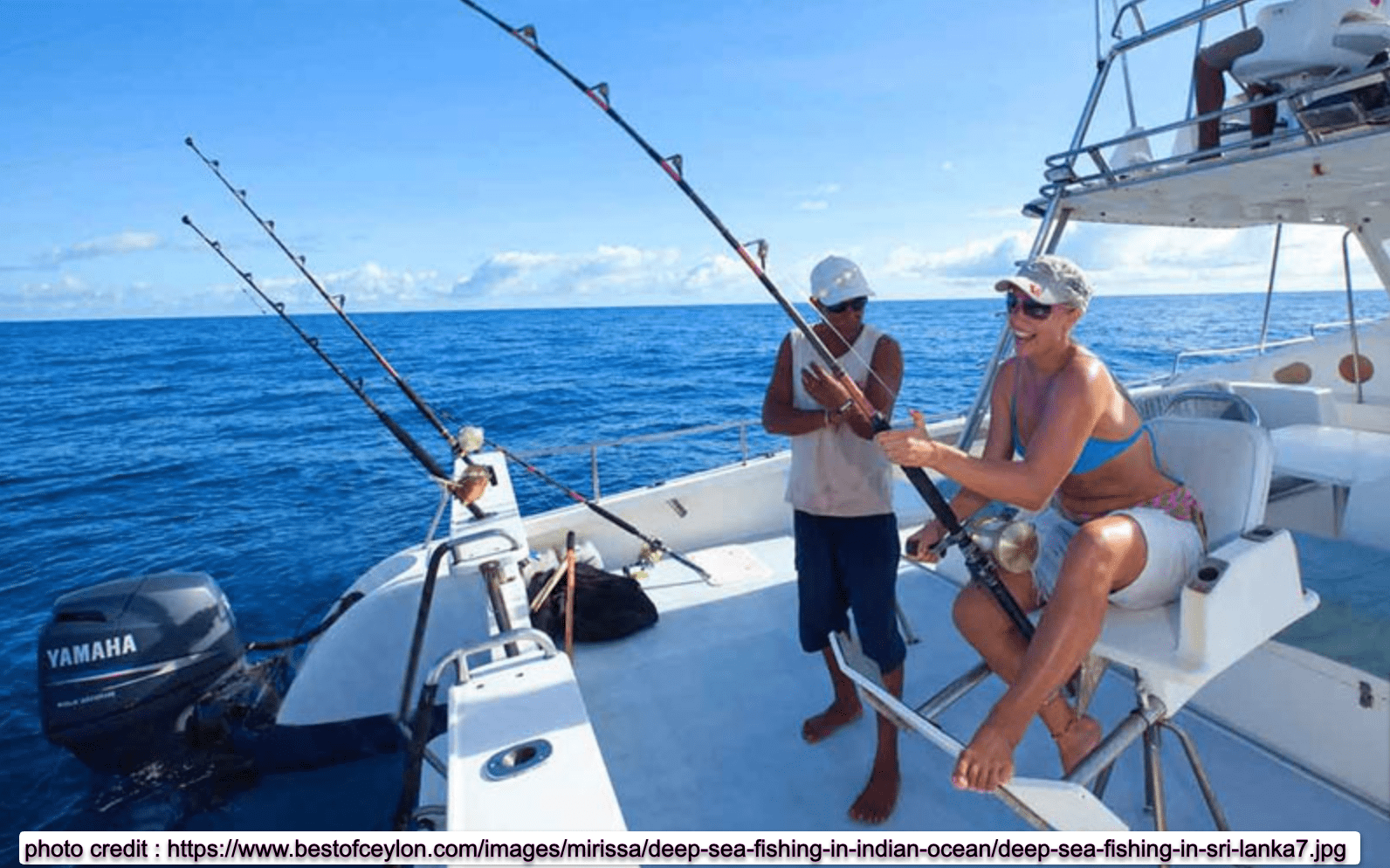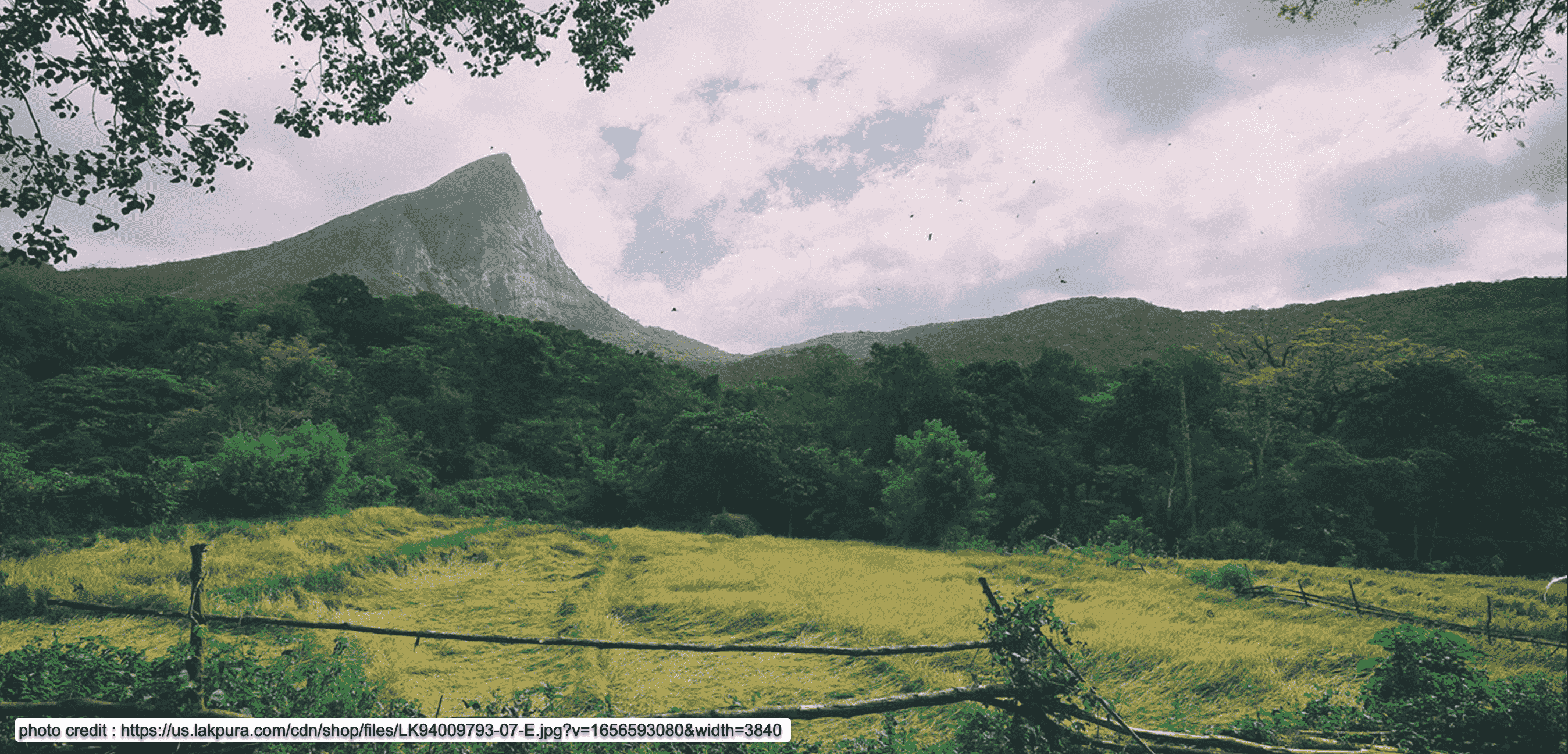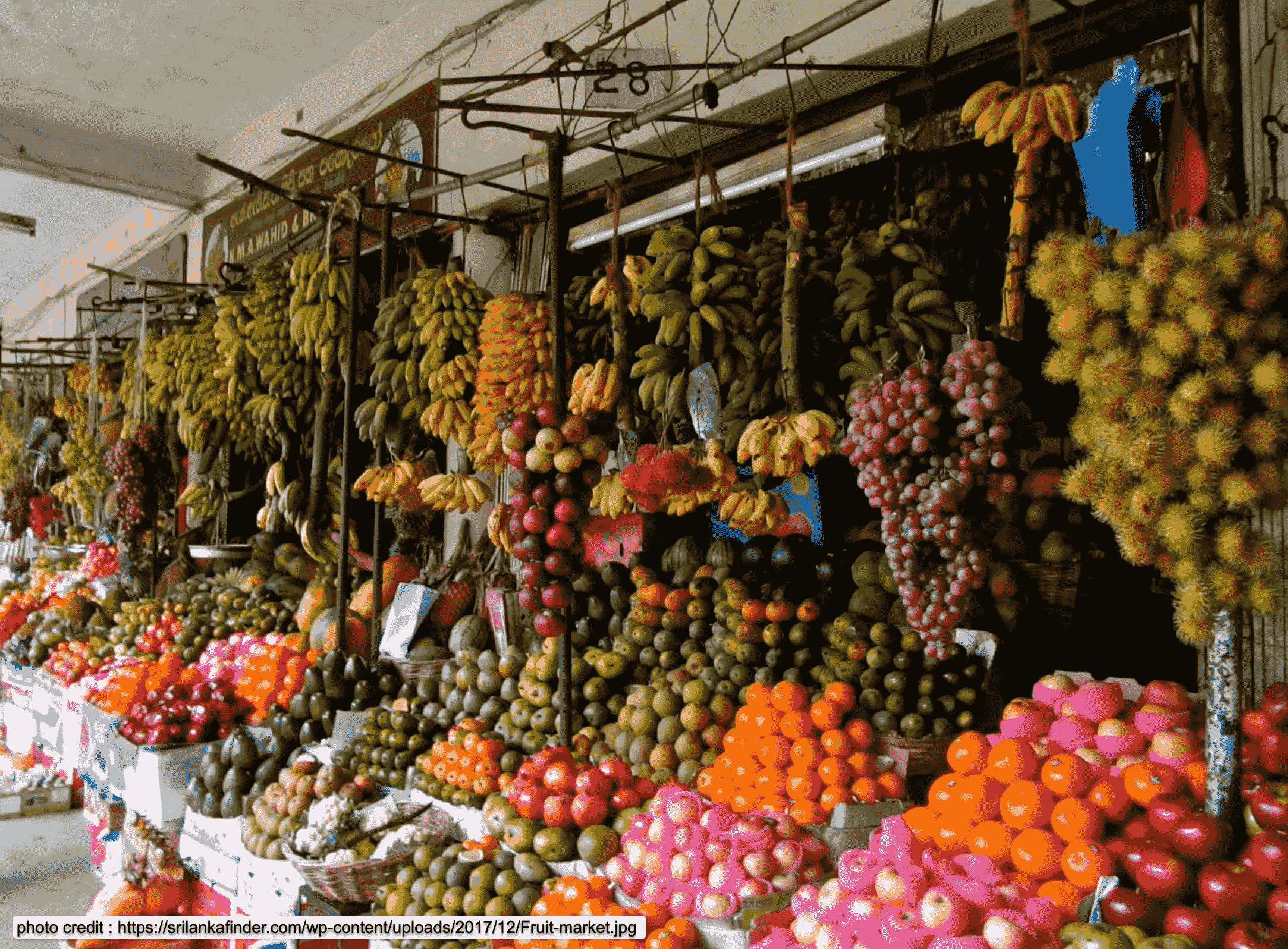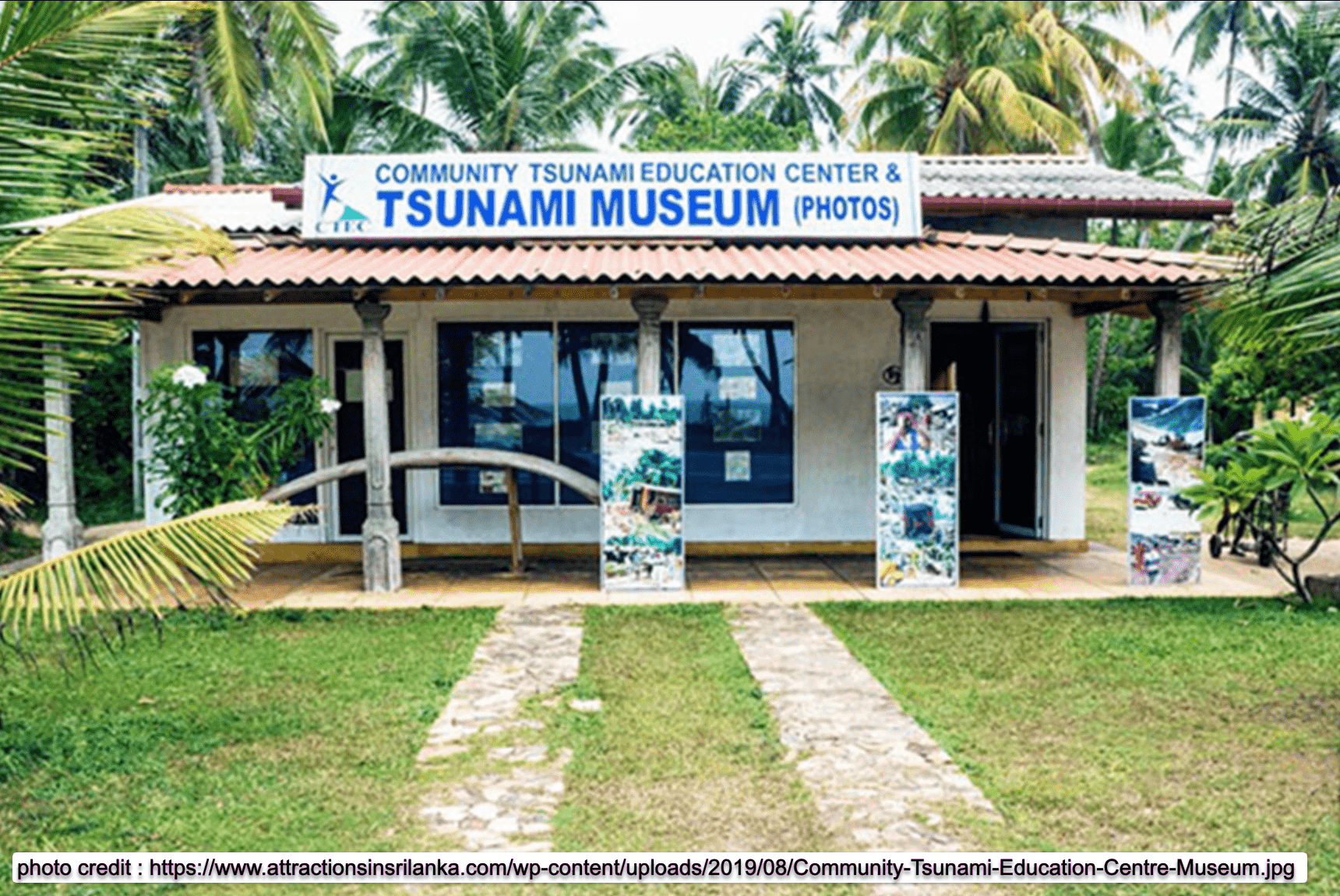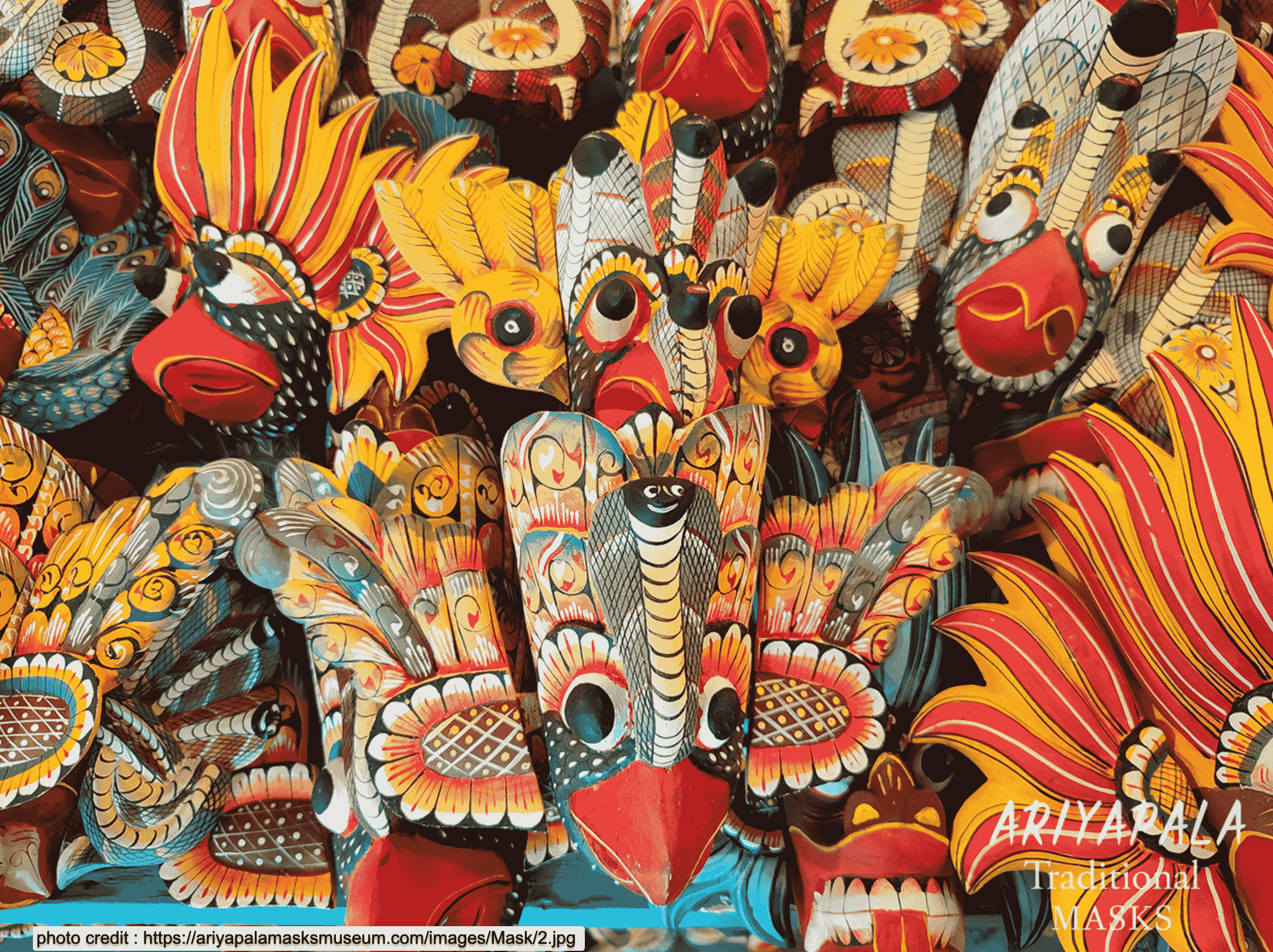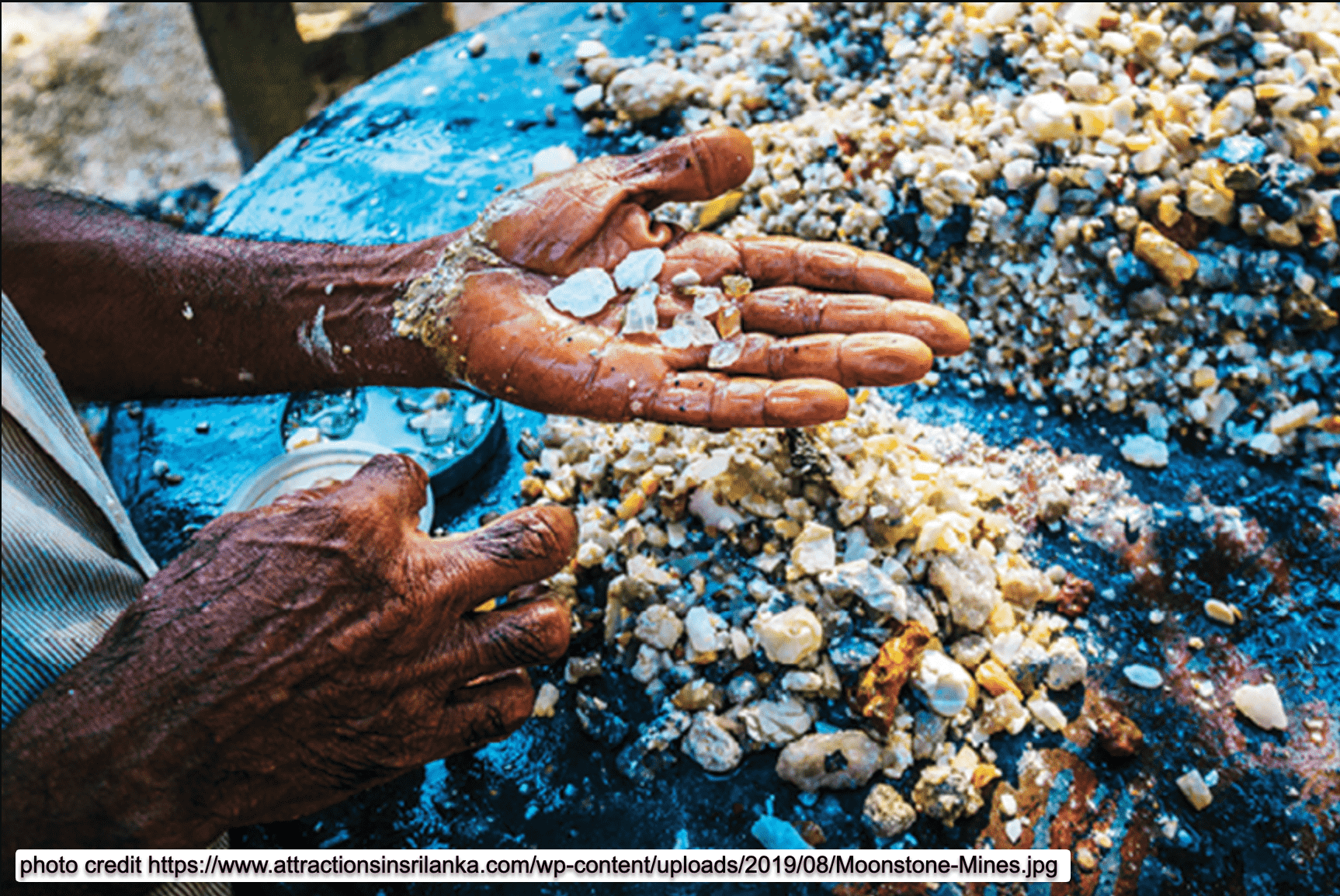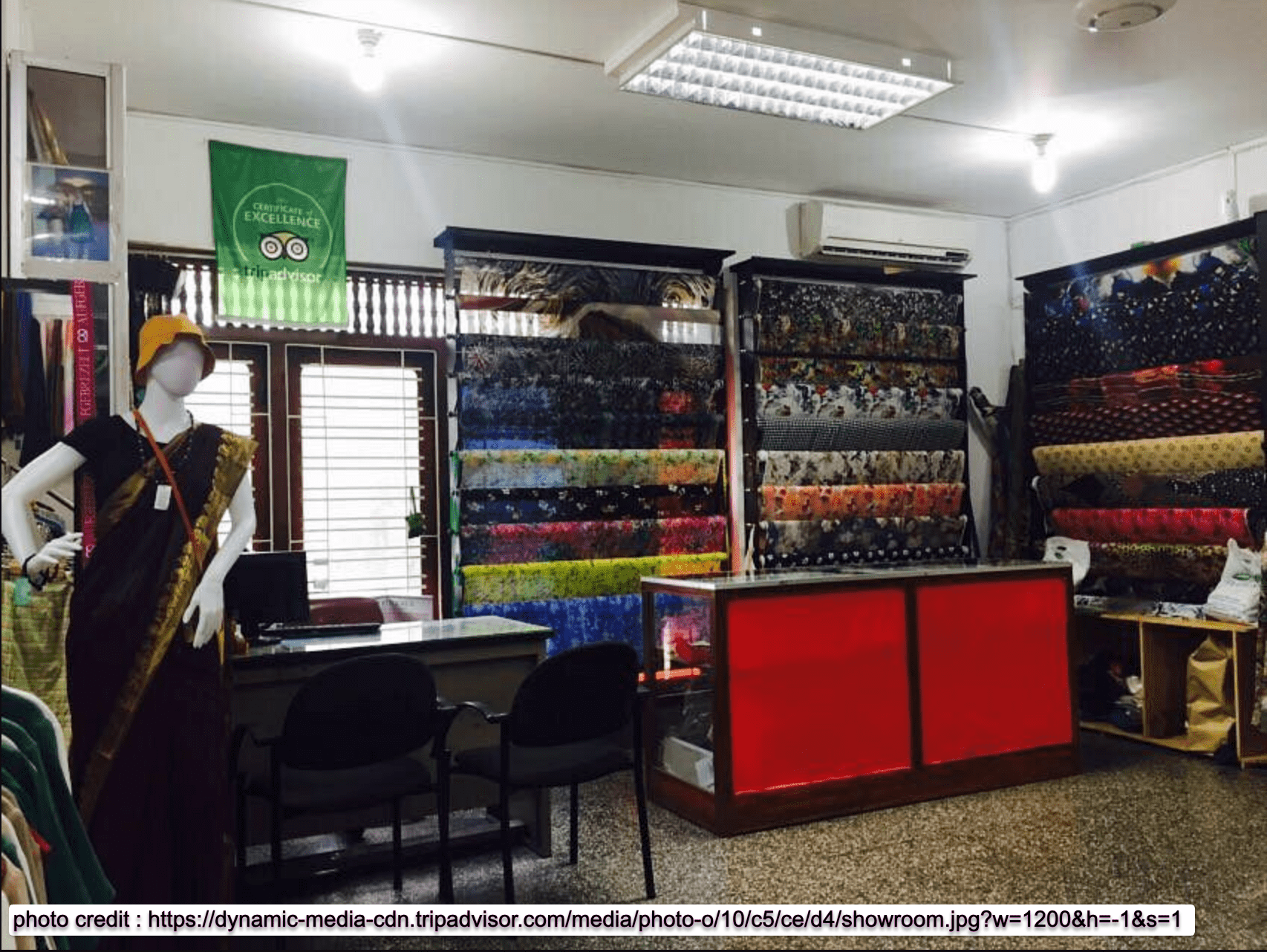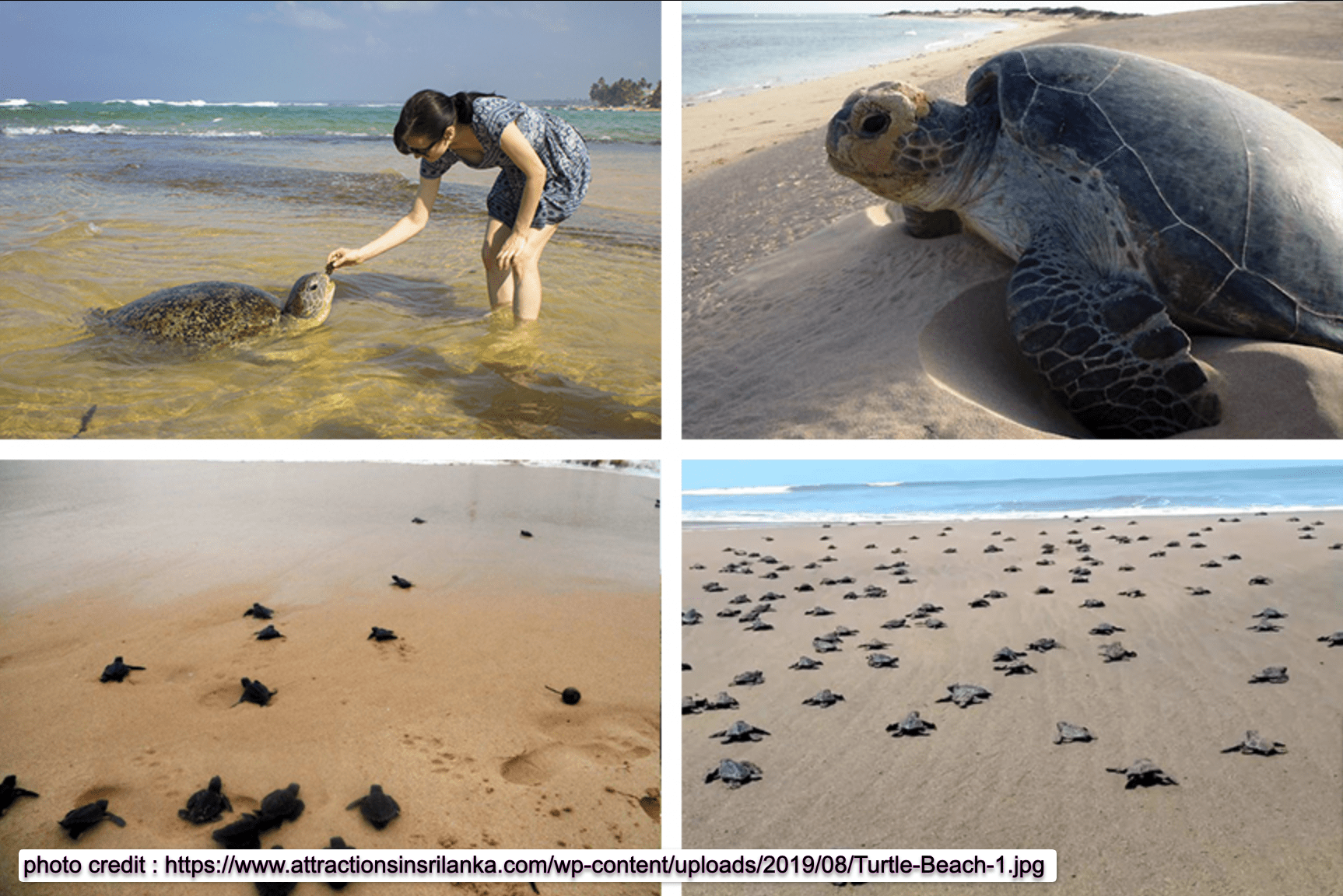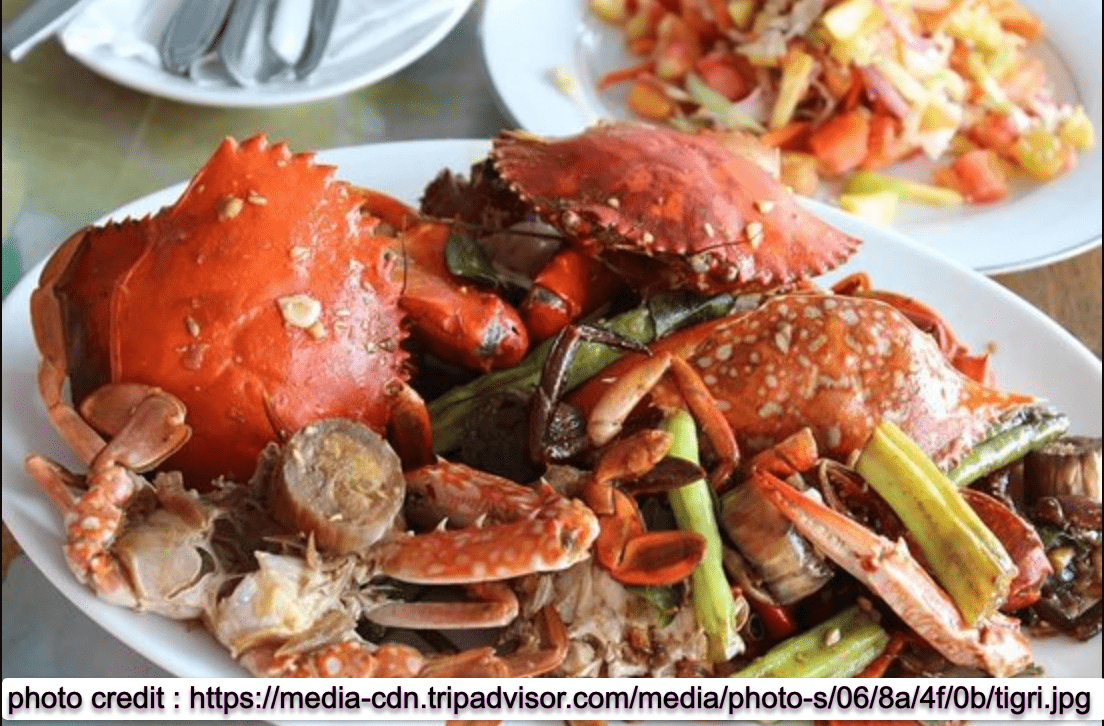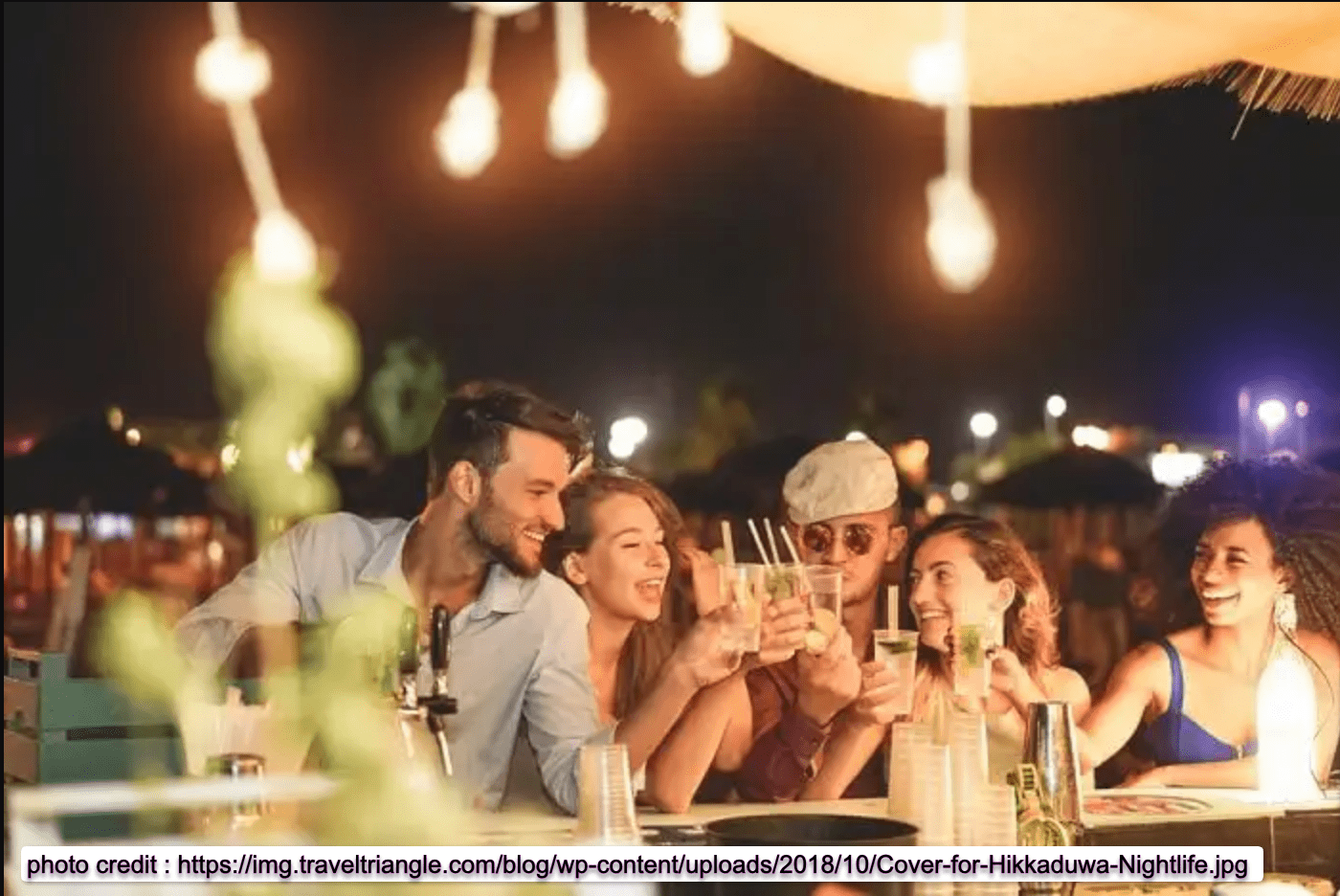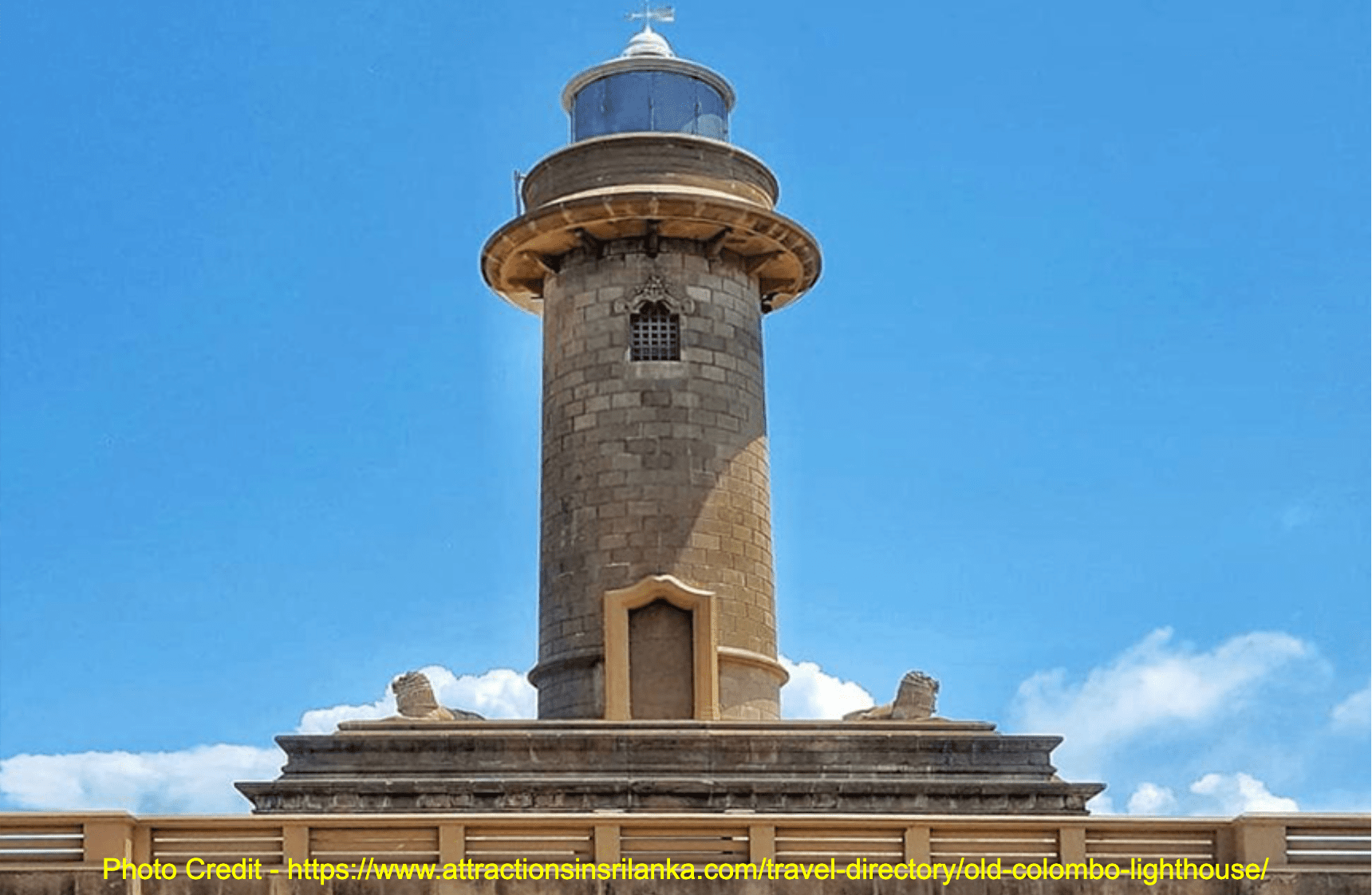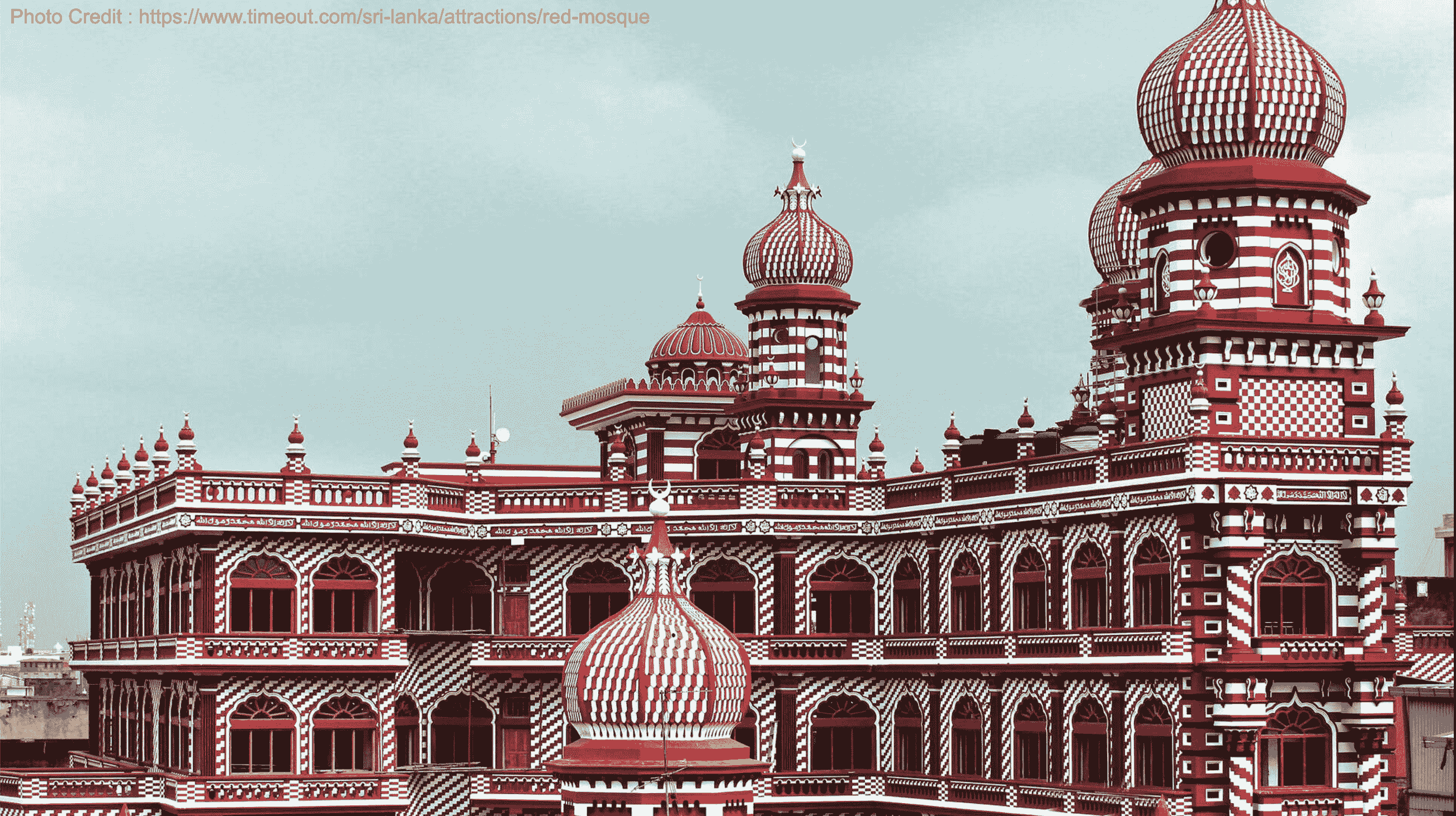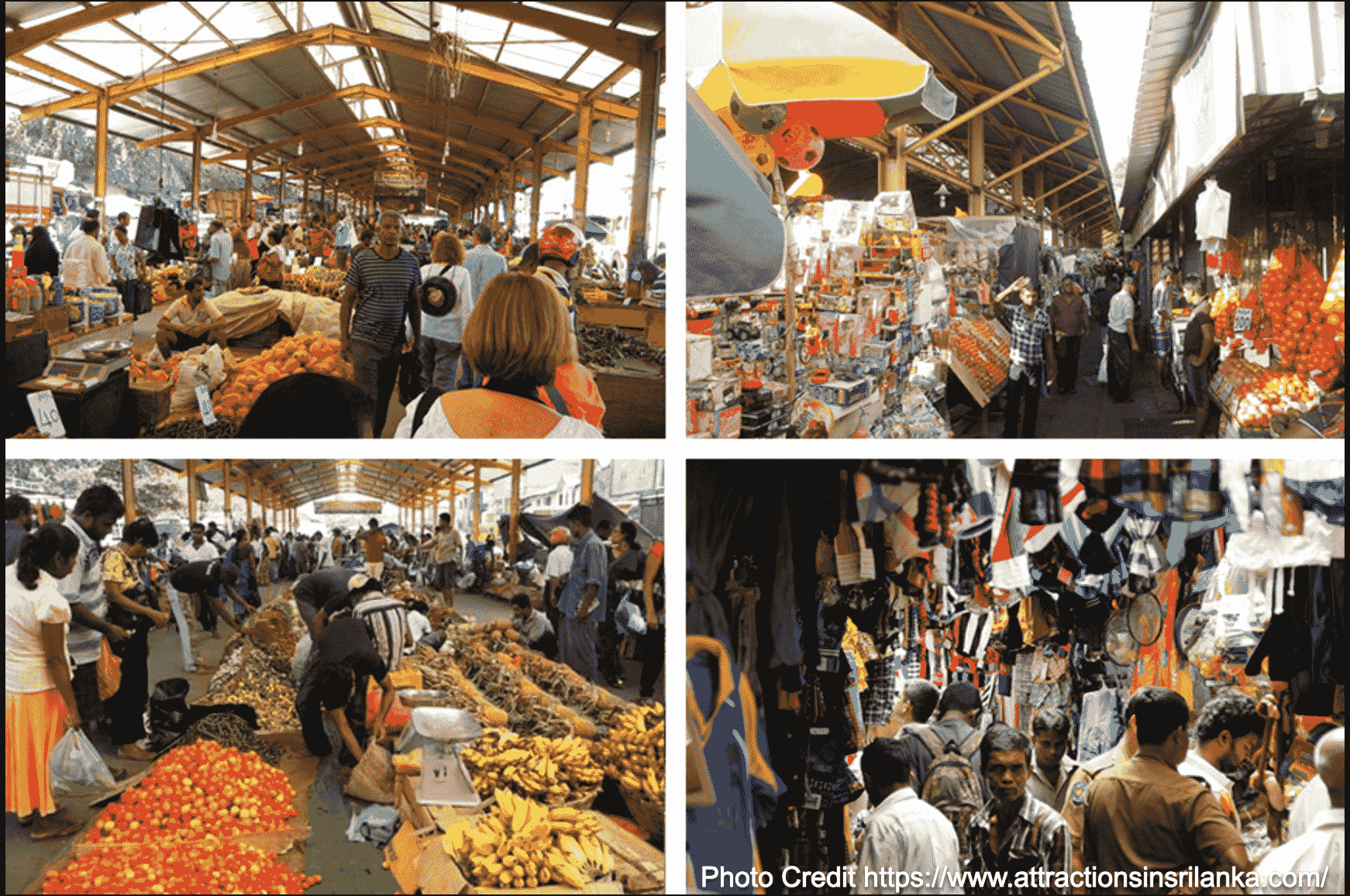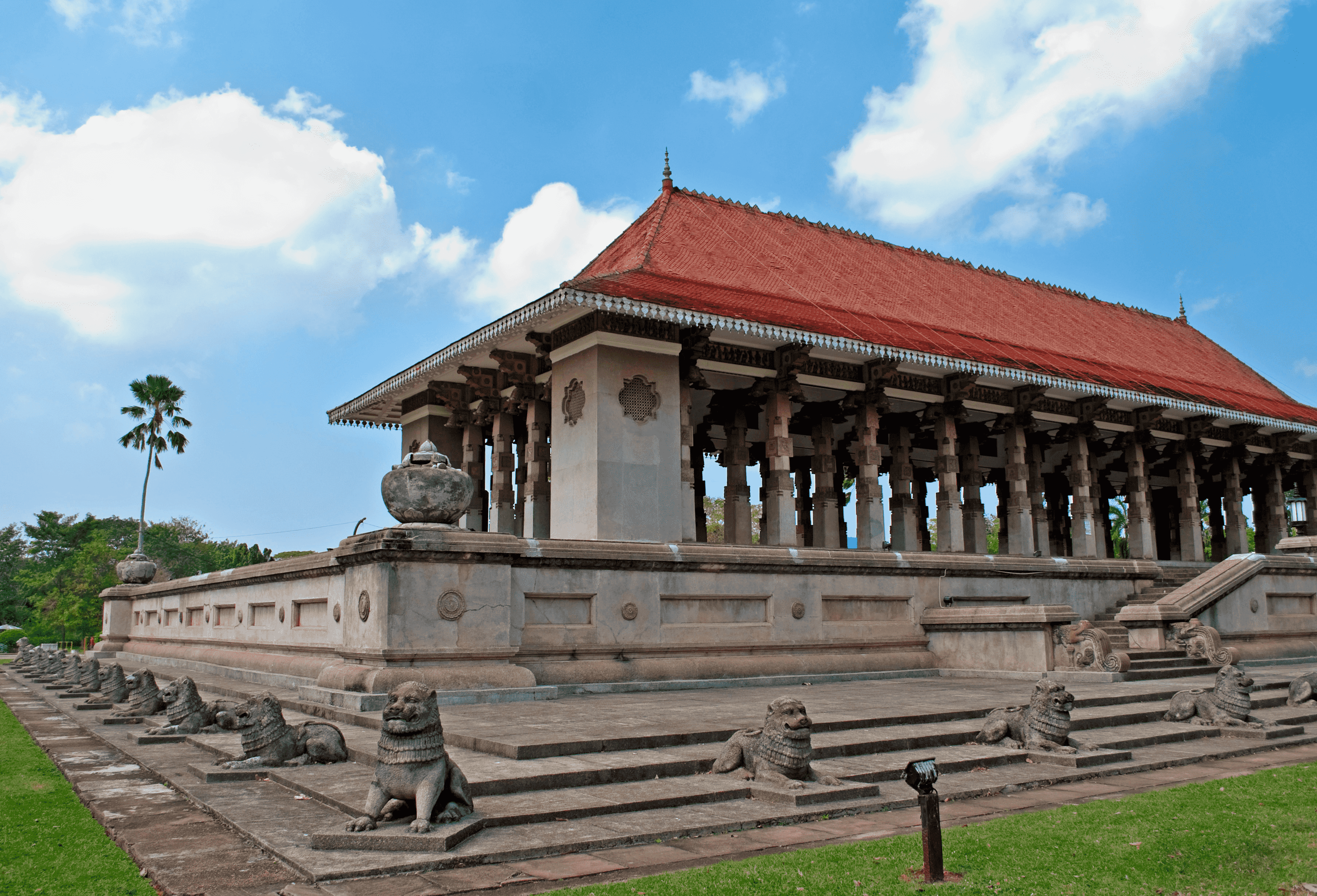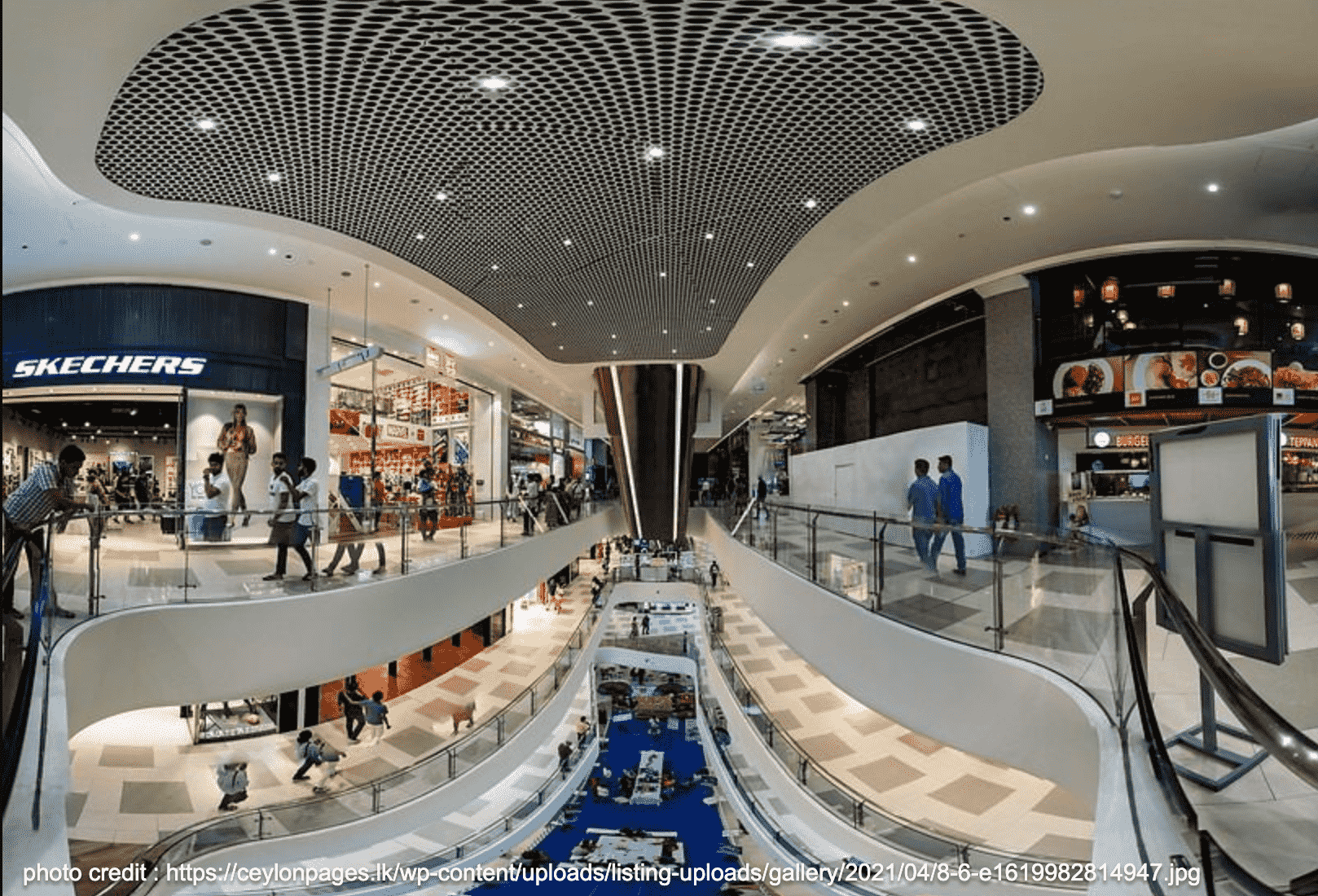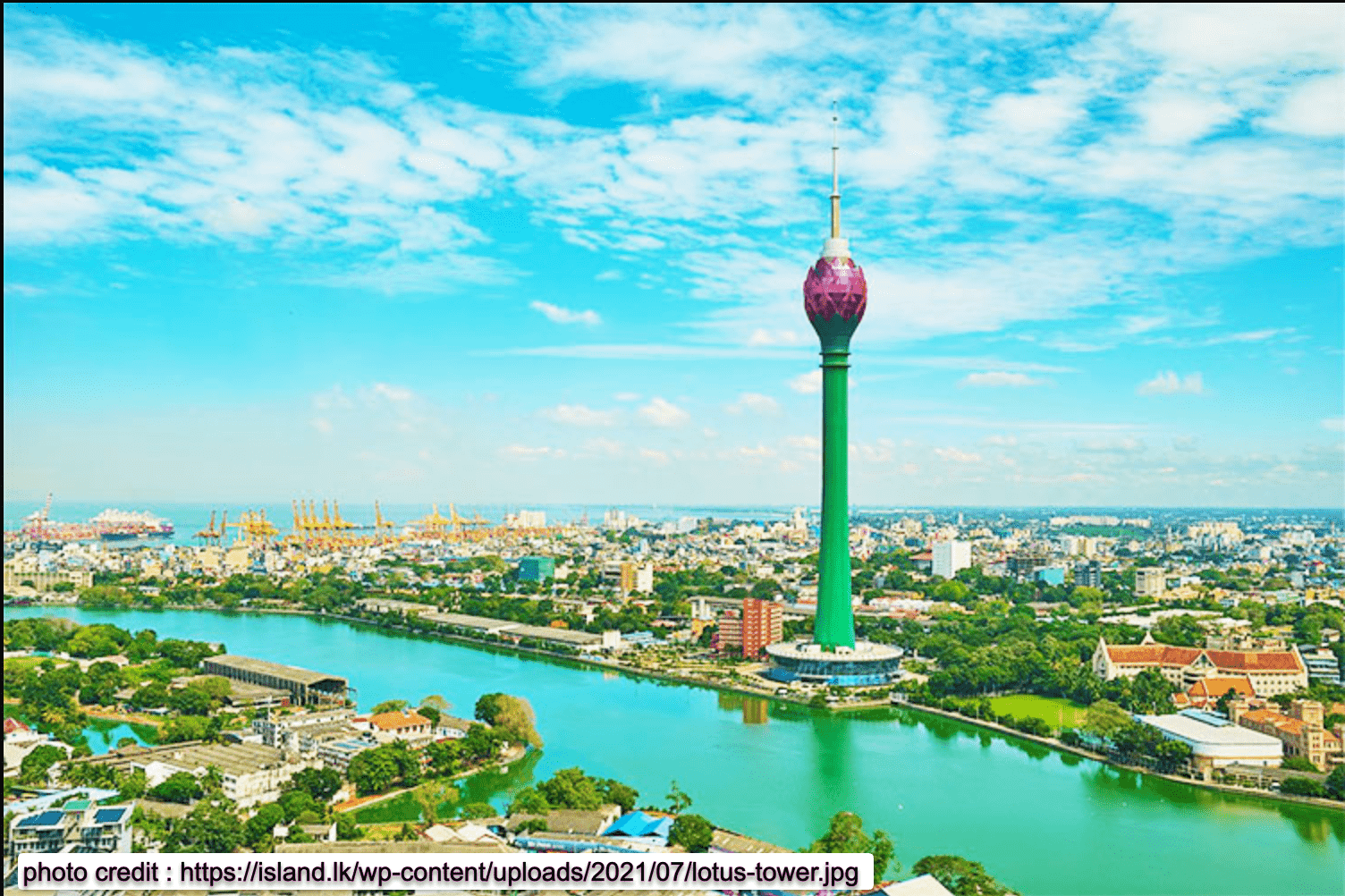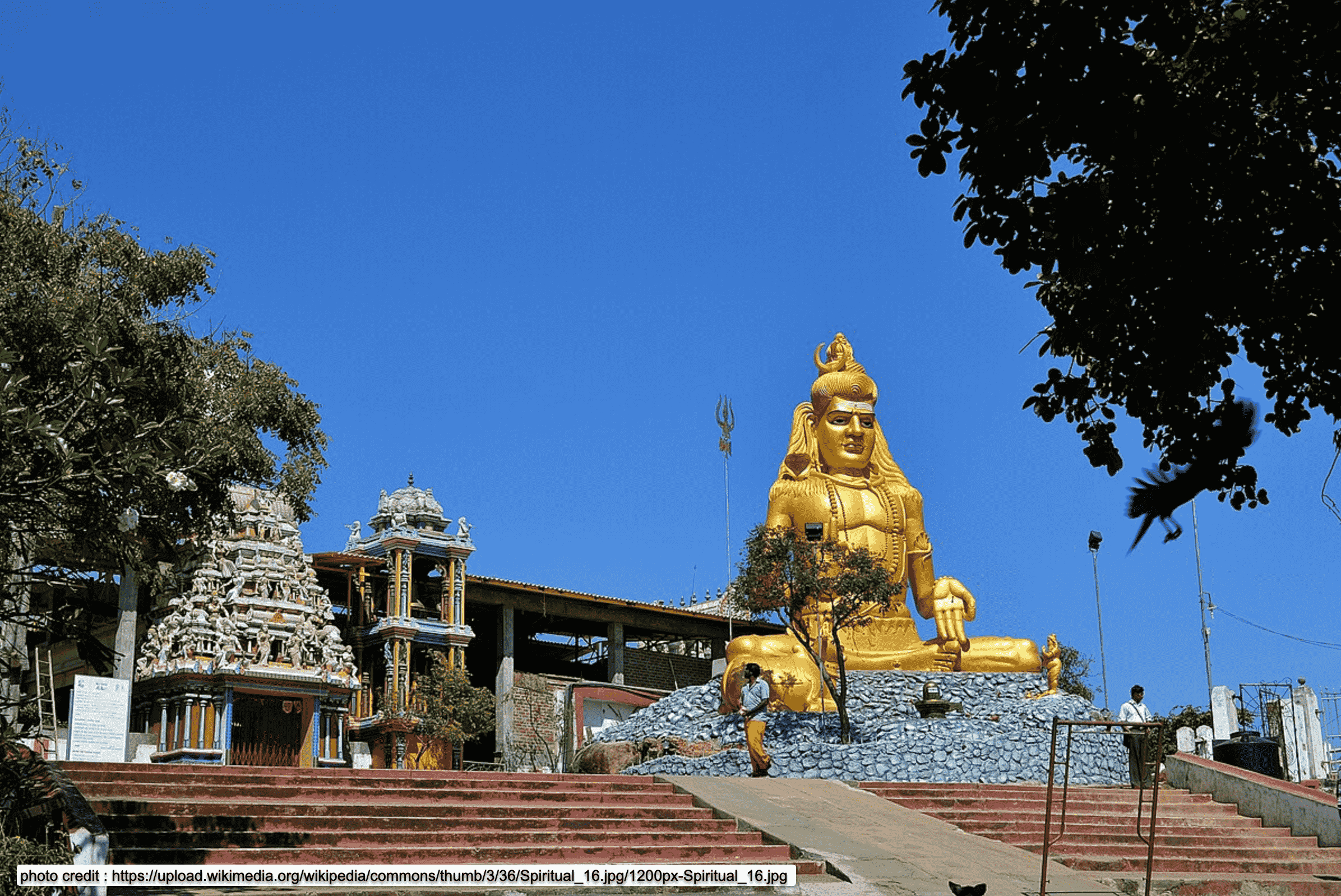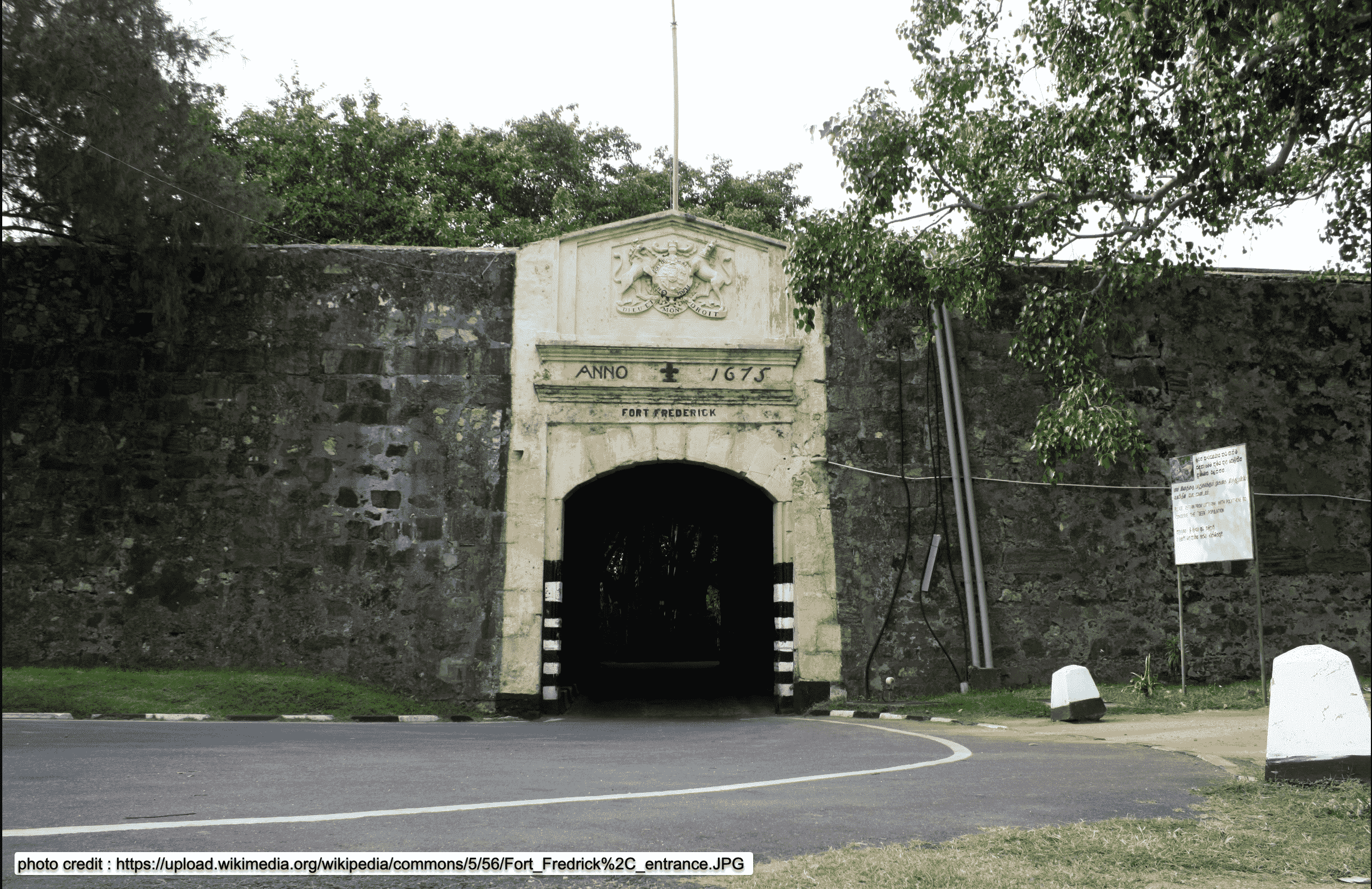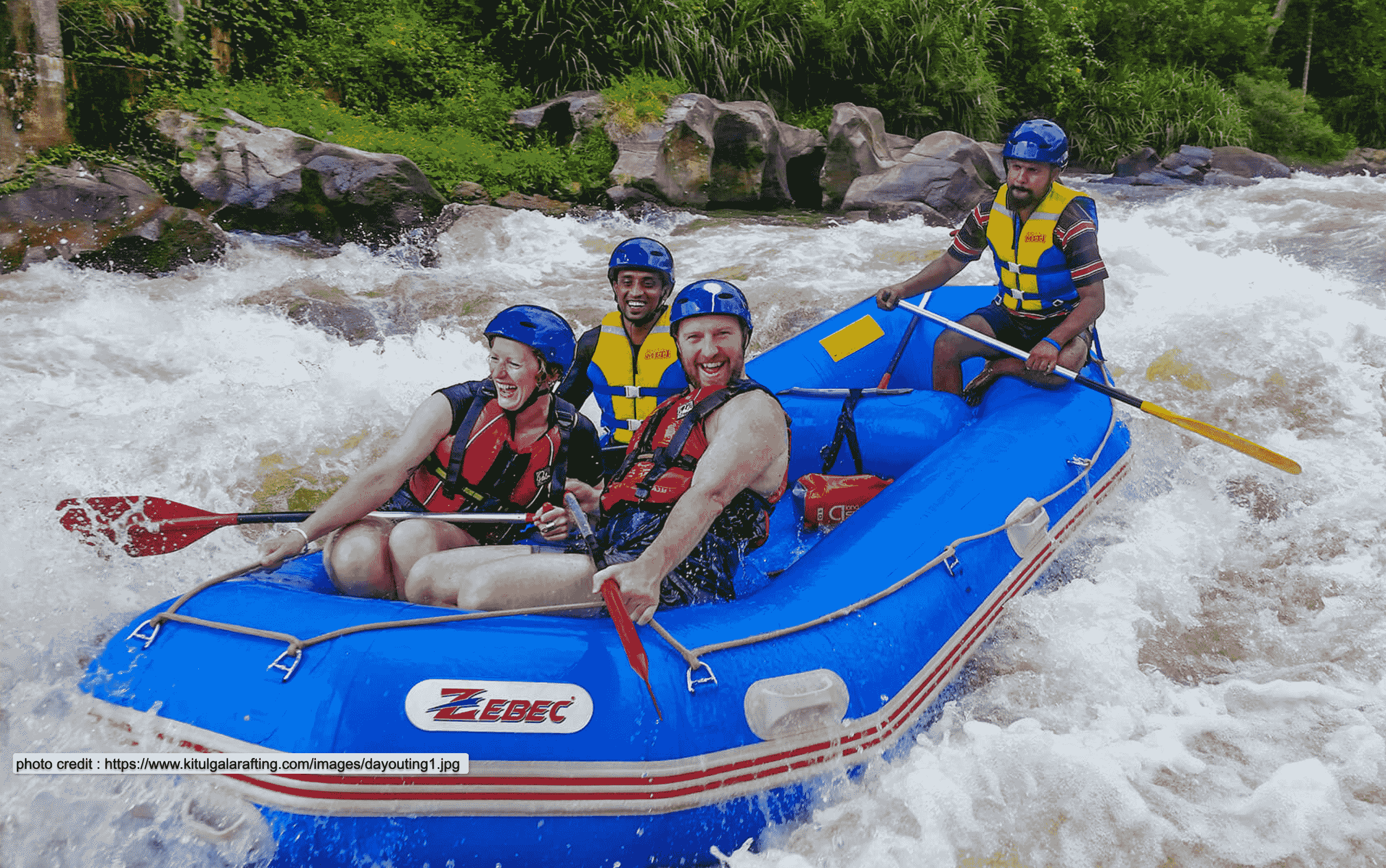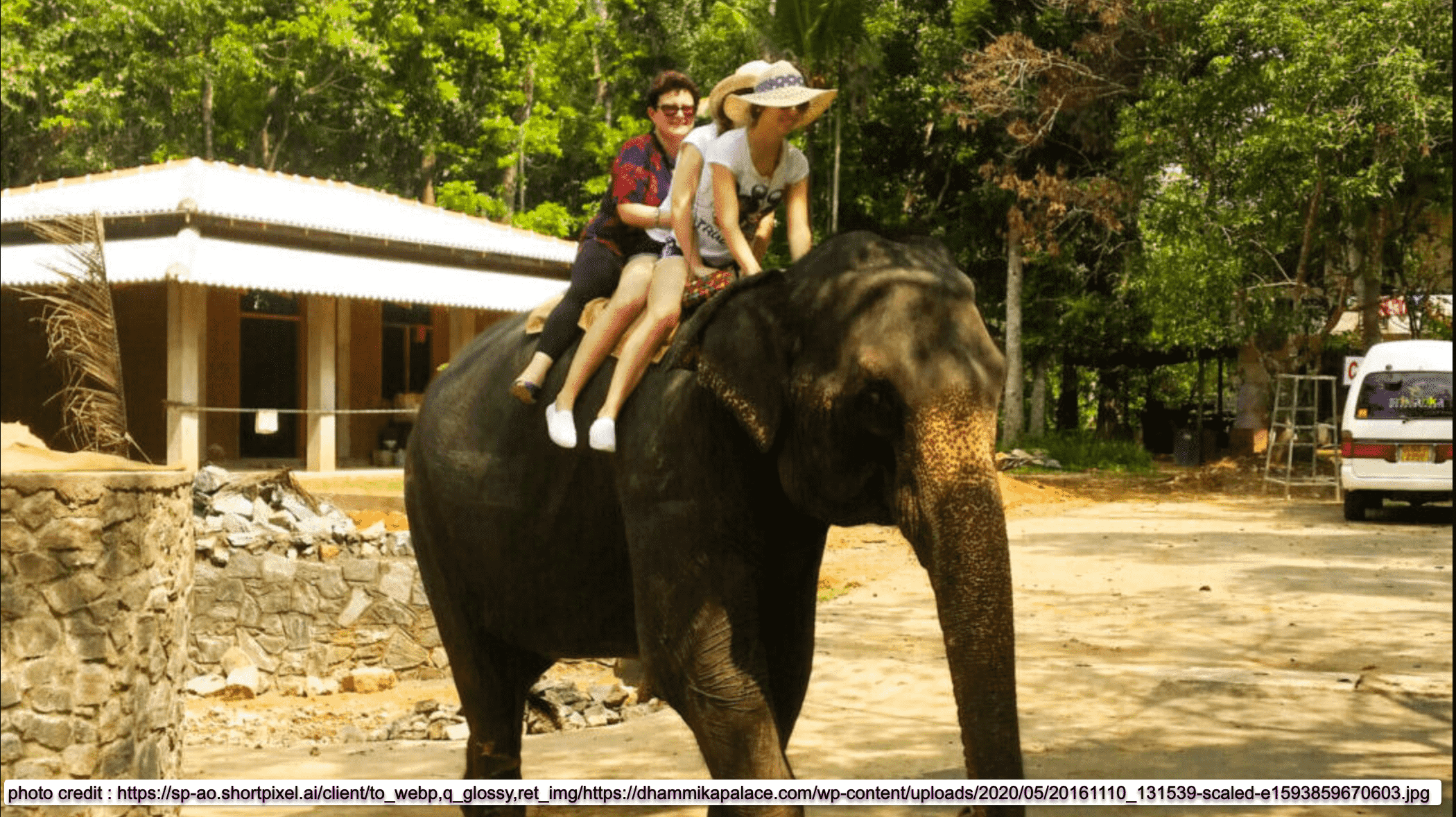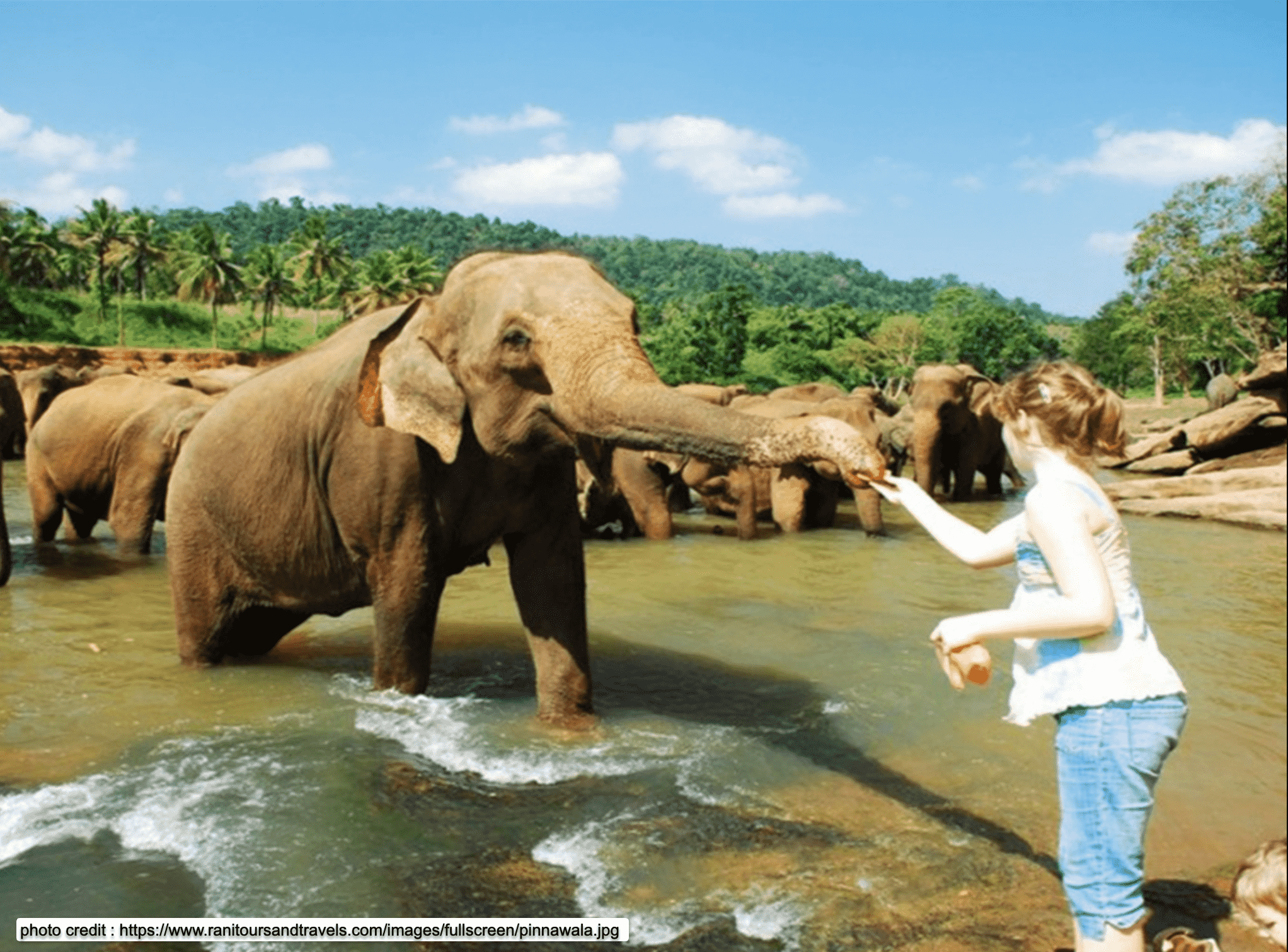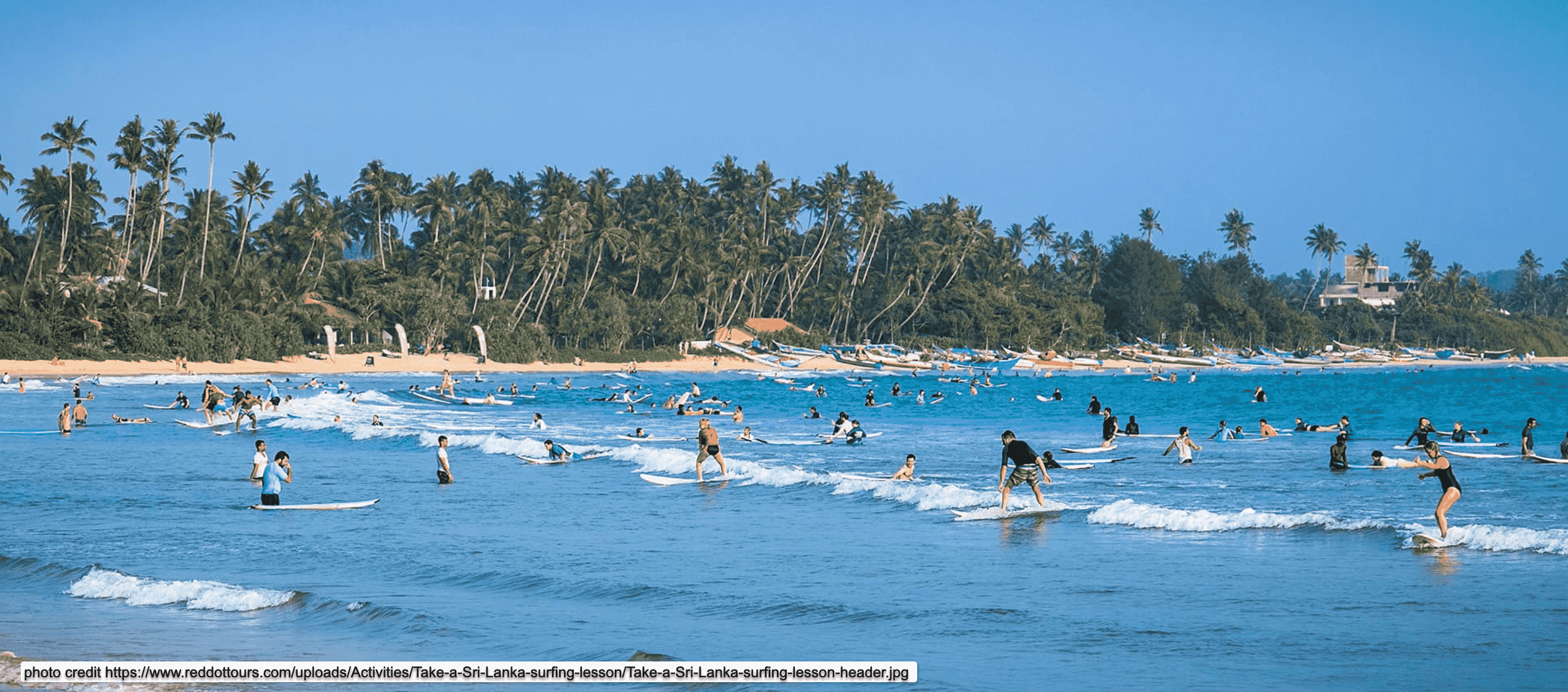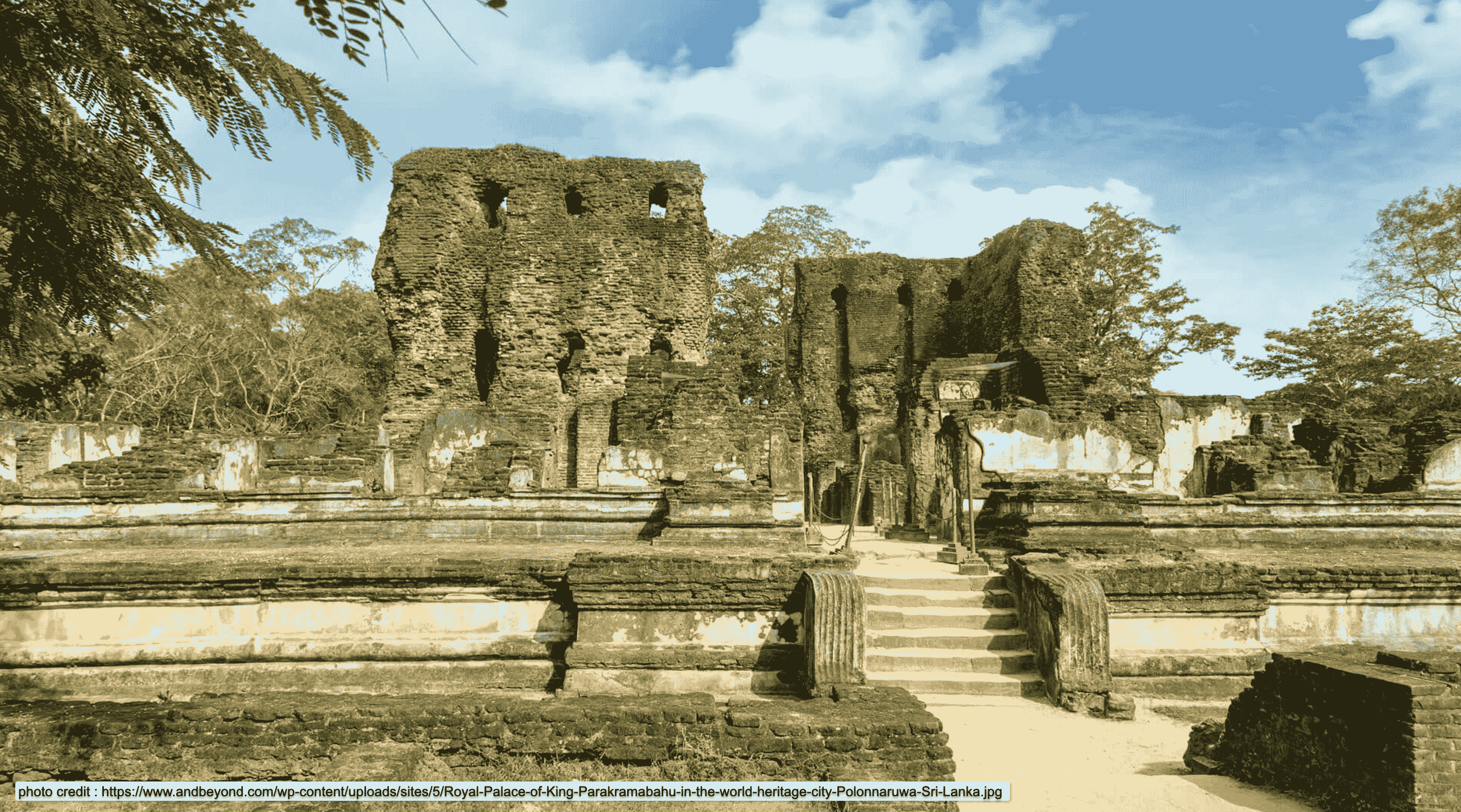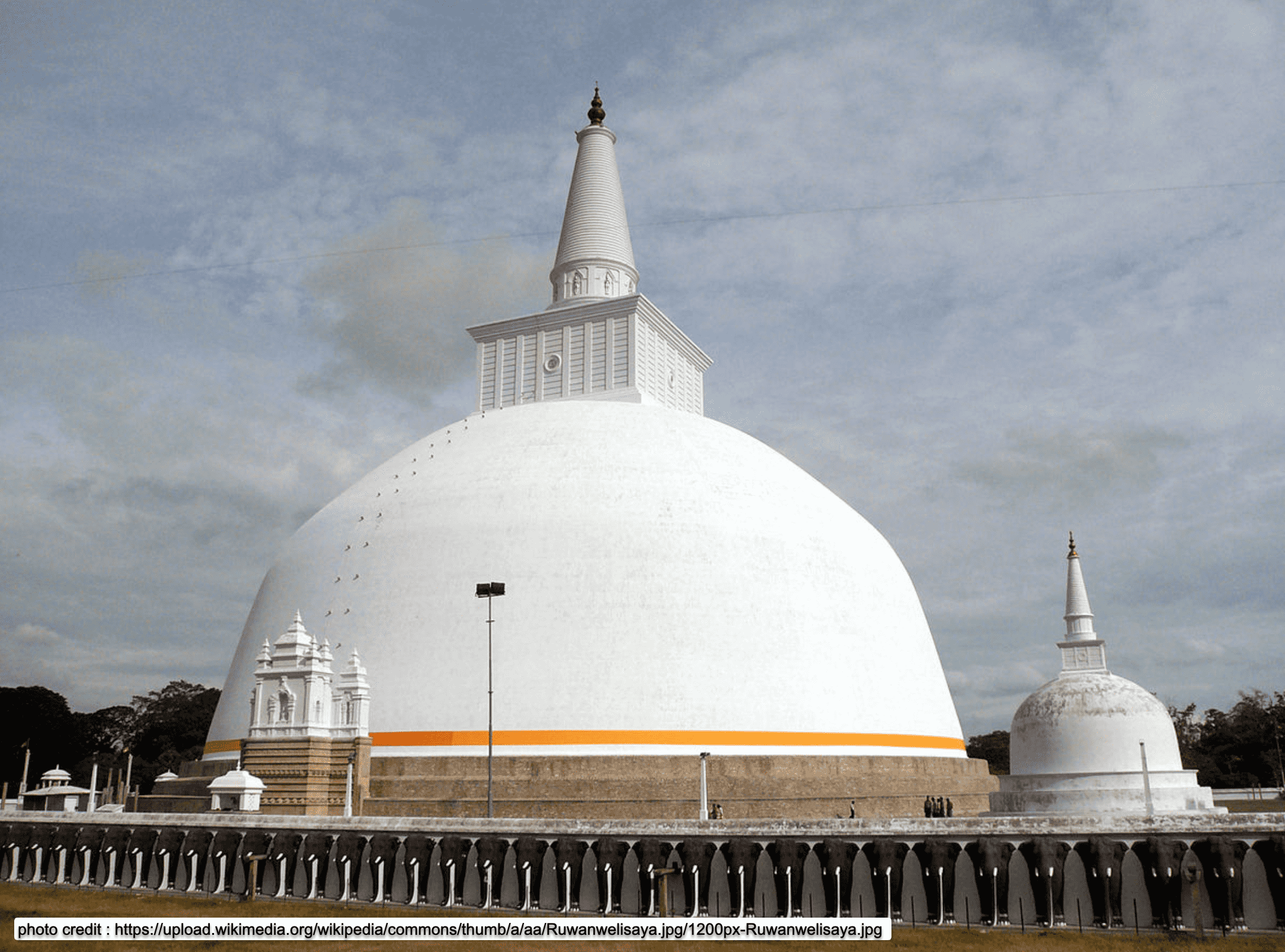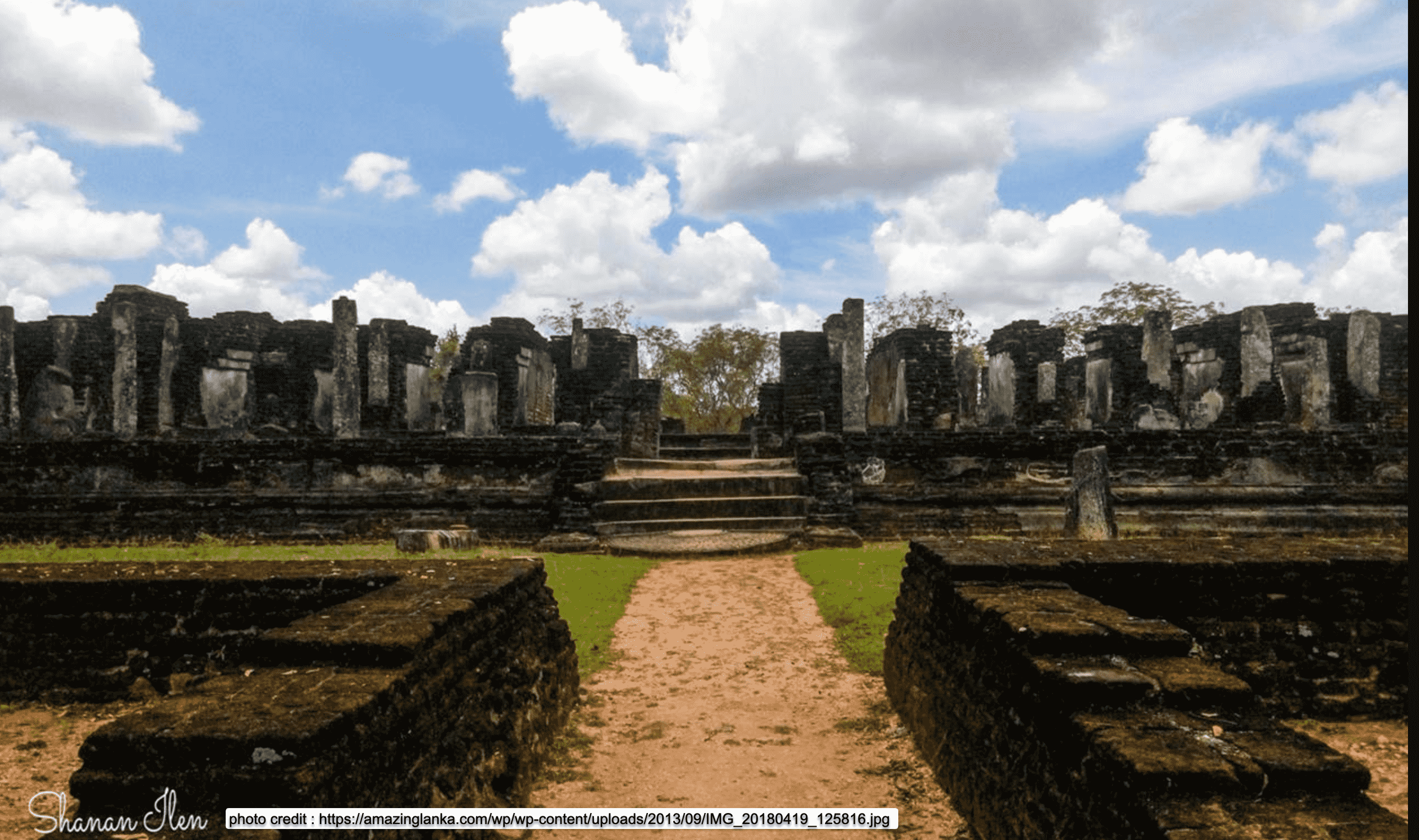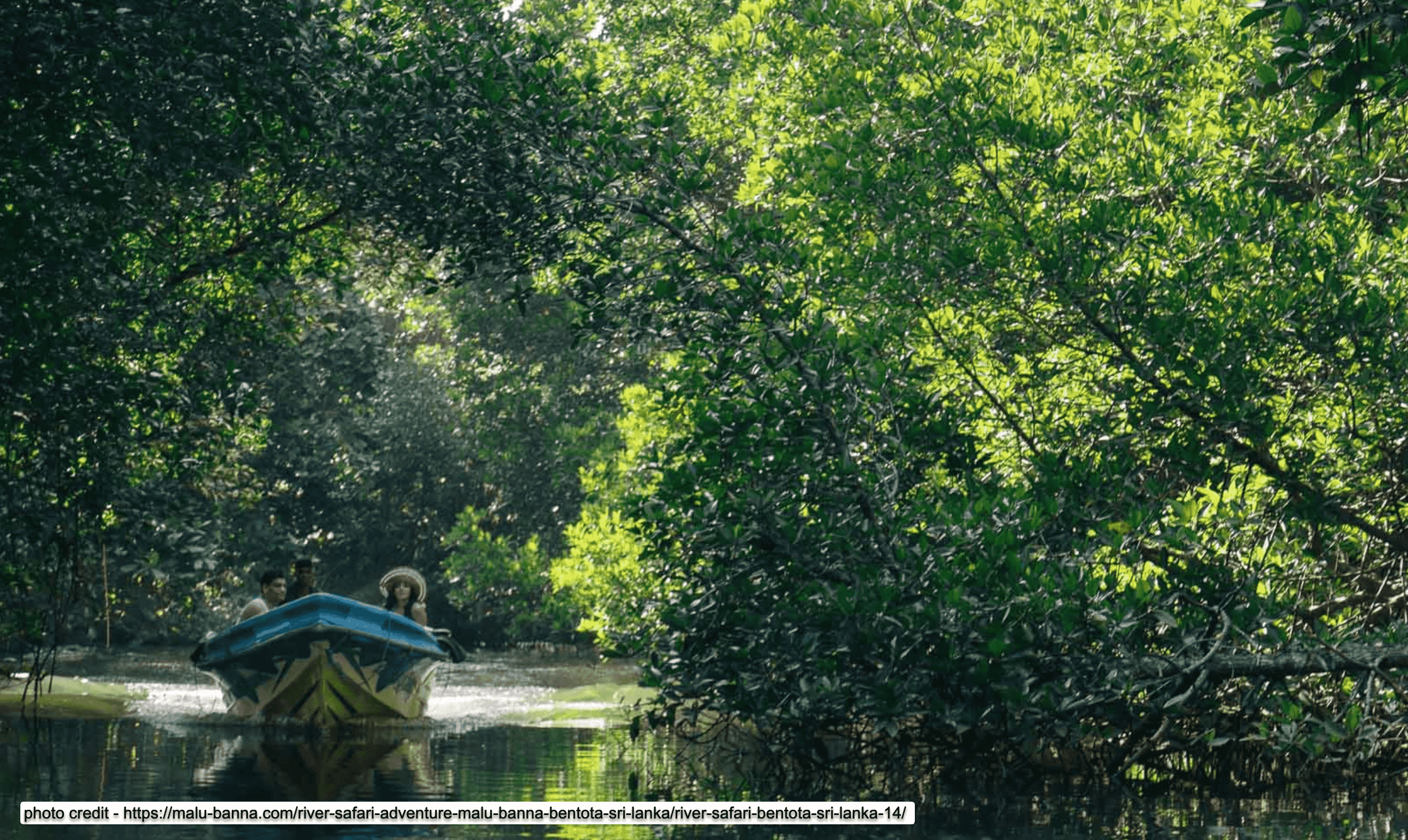
Benthota RiverSafari
A Bentota River Safari is a captivating and tranquil adventure in the coastal town of Bentota, Sri Lanka. This experience takes you on a boat ride along the meandering Bentota River, where you'll explore lush mangrove forests, spot diverse birdlife, and have the chance to encounter crocodiles and other wildlife in their natural habitat. As you glide through this serene ecosystem, you'll also have the opportunity to witness the local way of life in charming villages along the riverbanks. Whether you're a nature enthusiast, a birdwatcher, or simply seeking a peaceful escape, a Bentota River Safari promises a memorable and scenic journey through the heart of Sri Lanka's coastal beauty
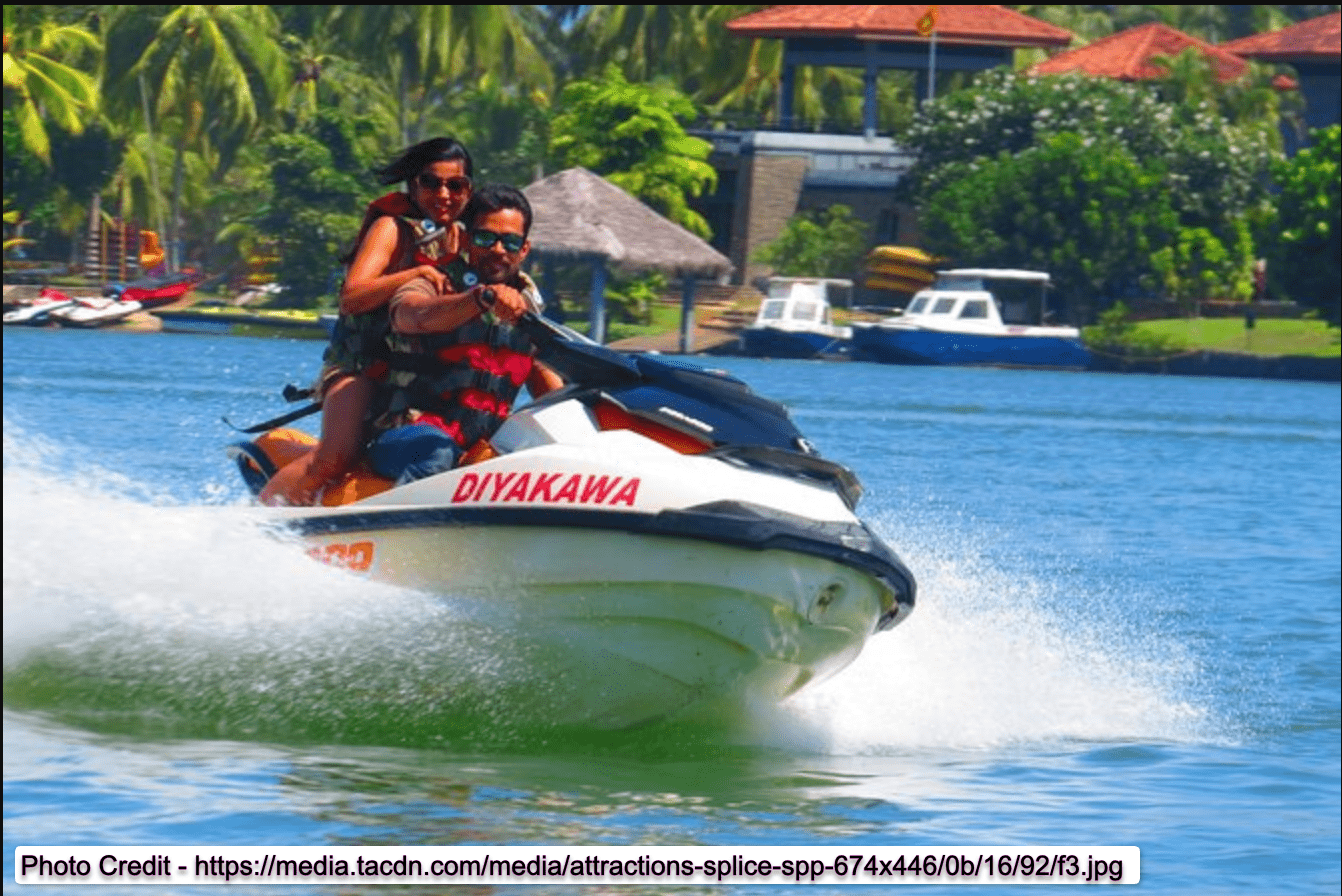
Water Sport
1. Jet Skiing: Feel the adrenaline rush as you zoom across the azure waters of the Indian Ocean on a powerful jet ski. It's an exciting and exhilarating experience for adventure seekers.
2. Water Skiing: Glide smoothly over the water's surface as you're pulled by a speedboat. Whether you're a beginner or an experienced skier, Bentota offers ideal conditions for this sport.
3. Banana Boat Rides: Hop aboard an inflatable banana-shaped boat with your friends or family and hold on tight as it's towed by a speedboat. Expect lots of laughter and splashing.
4. Tube Rides: Similar to banana boat rides, tube rides involve being pulled on an inflatable tube behind a speedboat. It's a bouncy and fun-filled adventure suitable for all ages.
5. Windsurfing: Master the art of balancing on a board with an attached sail as you harness the power of the wind to glide across the water. Bentota's consistent winds make it a great place to learn or improve your windsurfing skills.
6. Kayaking: Explore the calm waters of Bentota's river and lagoon systems by kayaking. It's a serene and peaceful way to appreciate the natural beauty and wildlife.
7. Parasailing: Soar high above the ocean while being harnessed to a parachute attached to a speedboat. Parasailing provides breathtaking aerial views of Bentota's coastline.
8. Snorkeling: Discover the vibrant underwater world of Bentota by snorkeling in its clear waters. You'll encounter colorful coral reefs and a variety of marine life.
9. Scuba Diving: For certified divers, Bentota offers opportunities to explore deeper underwater realms with scuba diving excursions to nearby dive sites.
10. Deep Sea Fishing: Try your hand at deep-sea fishing for an opportunity to catch impressive game fish like marlin, sailfish, and tuna. Bentota's warm waters, beautiful beaches, and reliable weather make it a water sports paradise for both beginners and experienced enthusiasts. Enjoy the sun, sea, and thrilling adventures that Bentota has to offer.
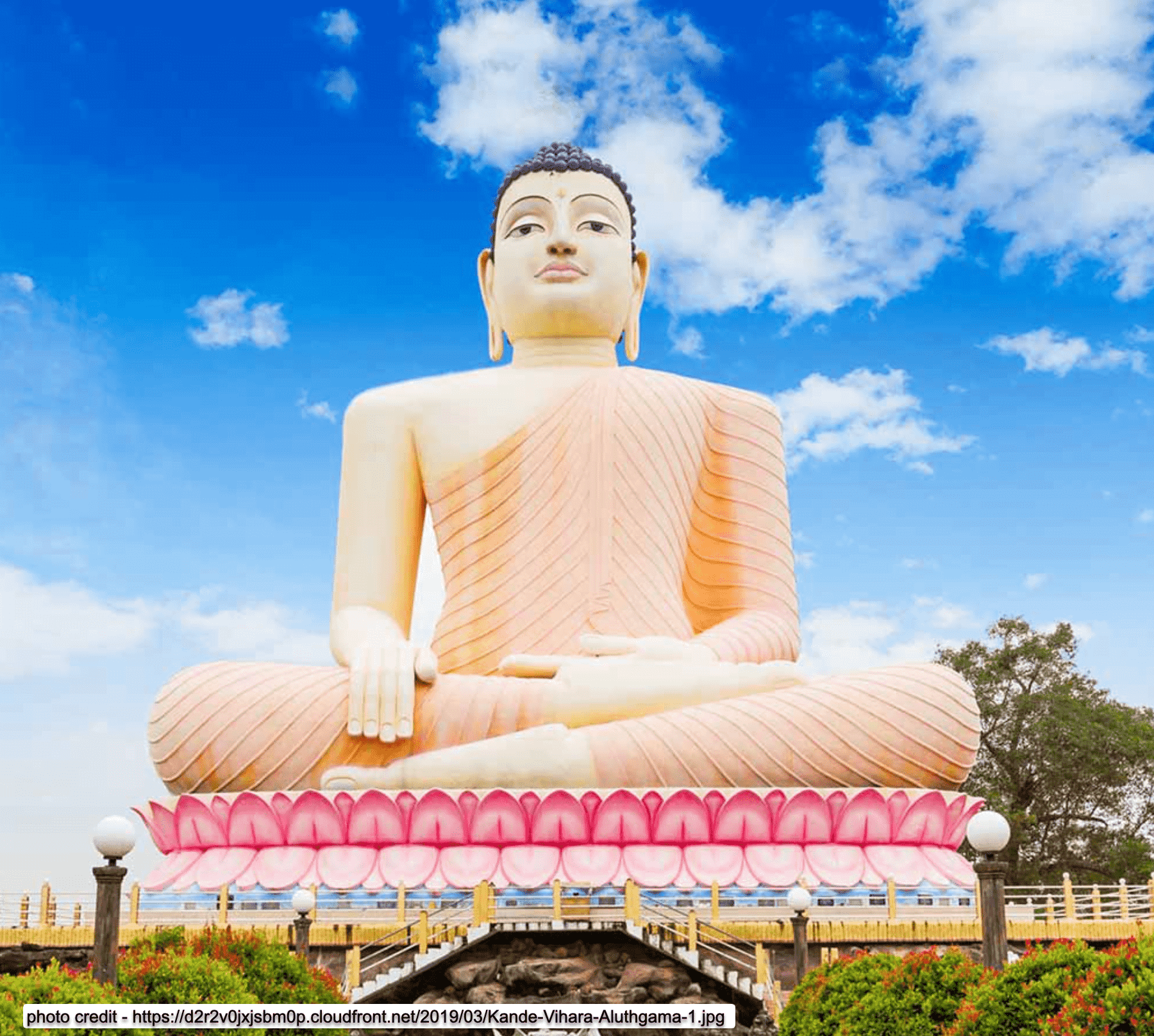
Kandeviharaya Temple
Bentota Kande Viharaya, also known as Kande Vihara Temple, is a revered Buddhist temple nestled on a hill in the coastal town of Bentota, Sri Lanka. This ancient temple is known for its striking white stupa, intricate Buddhist art, and serene environment. Visitors can immerse themselves in the rich history, meditative atmosphere, and stunning views while exploring this important cultural and religious site. It serves as a place of worship, meditation, and cultural celebrations, offering a glimpse into the spiritual heritage of Sri Lanka.
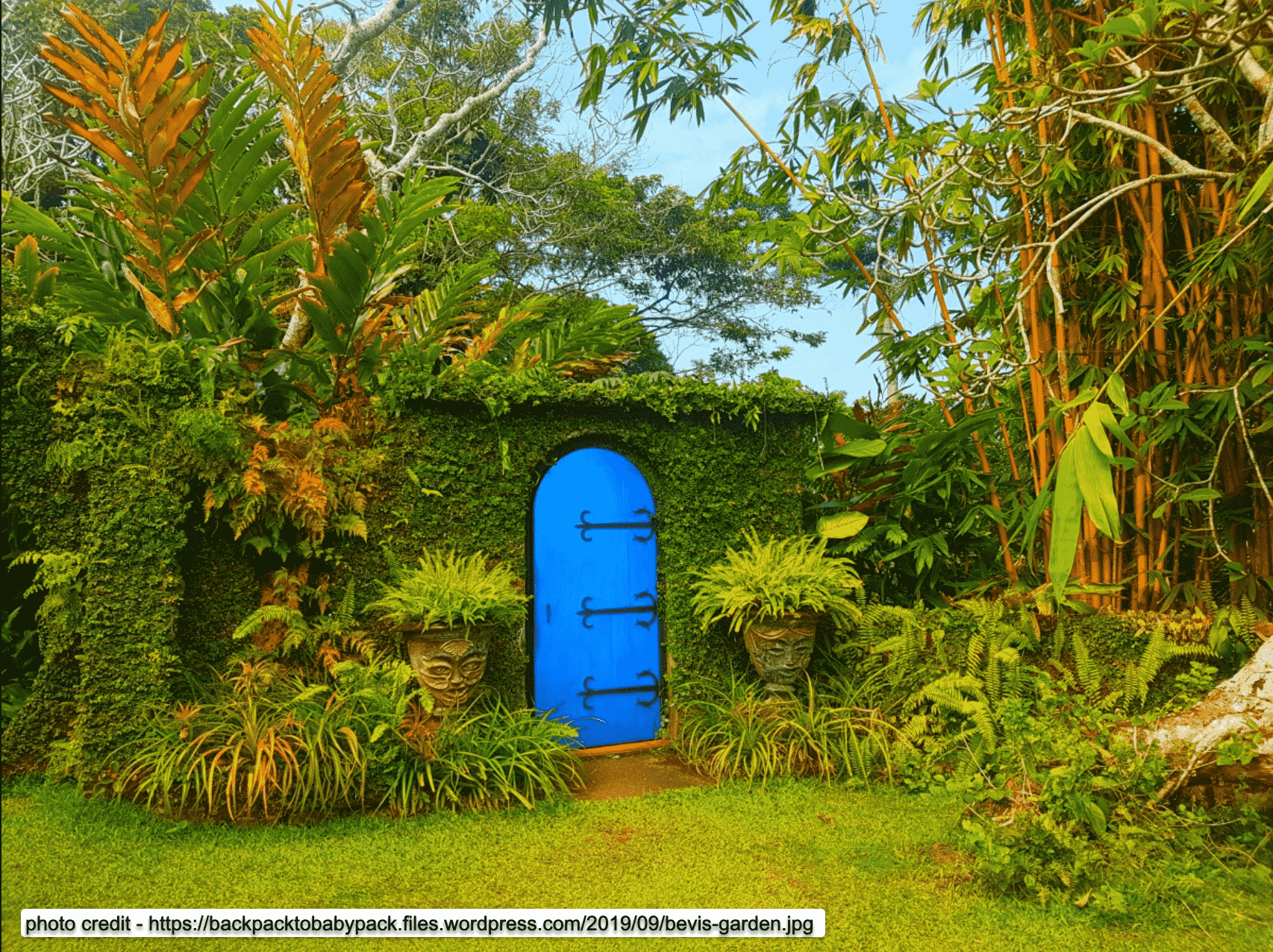
Brief Garden
The Brief Garden, located near Bentota in Sri Lanka, is a remarkable masterpiece of tropical landscaping and artistic creativity. Designed by renowned artist and architect Bevis Bawa, this lush oasis features a captivating array of exotic plants, winding pathways, tranquil ponds, and unique sculptures. With breathtaking views of the surrounding countryside and the Indian Ocean, it offers a serene and culturally rich experience, providing visitors with a glimpse into the artistic vision and historical significance of its creator. The Brief Garden is a hidden gem where nature and artistry converge in a harmonious blend of beauty and tranquility.
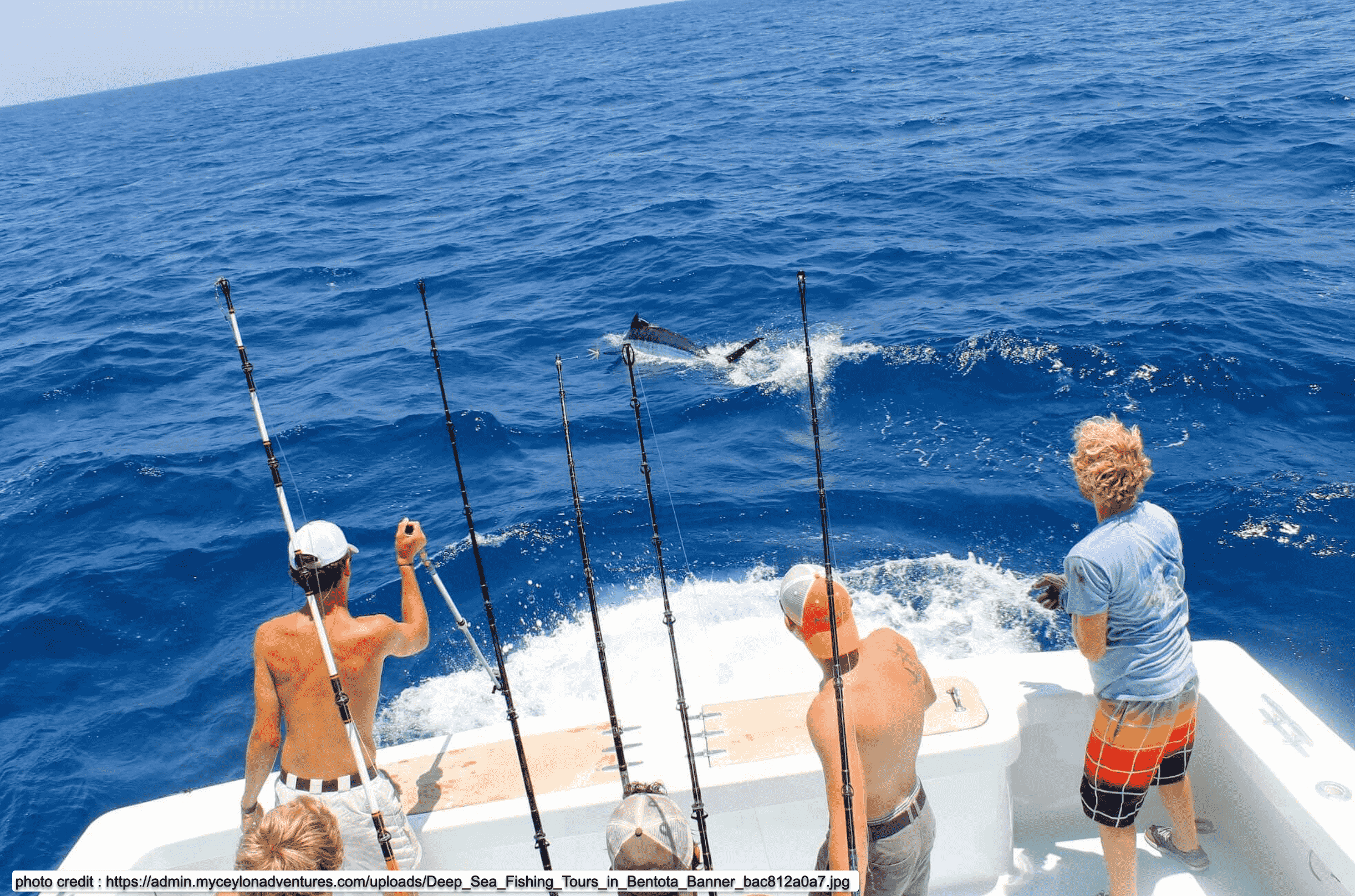
Deep Sea fishing
Deep sea fishing in Bentota, Sri Lanka, is an exhilarating marine adventure where anglers can cast their lines into the deep blue waters of the Indian Ocean. With abundant game fish like sailfish, marlin, and tuna, this experience offers thrilling challenges and the opportunity to land impressive catches. Guided by experienced crews, visitors can choose from half-day or full-day trips, enjoying both the excitement of angling and the serenity of the open sea. Deep sea fishing in Bentota combines the joys of fishing with scenic ocean views, making it a memorable activity for adventurers and fishing enthusiasts alike.
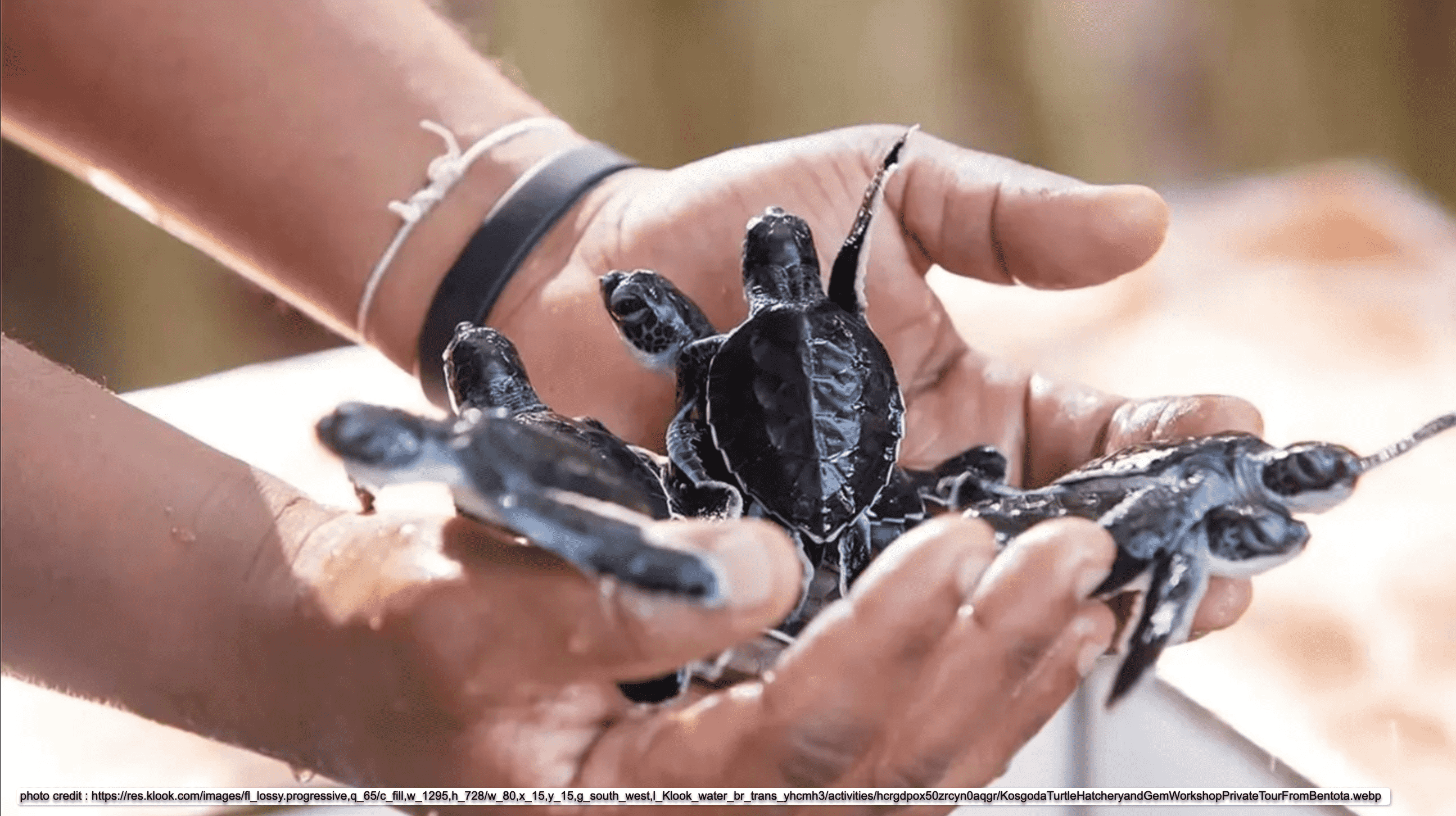
Turtle Hatchery
The Bentota Turtle Hatchery, located in Bentota, Sri Lanka, is a vital conservation project dedicated to safeguarding and preserving sea turtles and their nests. This initiative includes the rehabilitation of injured or distressed sea turtles, protection of nesting grounds, and educational programs for visitors. It offers a unique opportunity to learn about these magnificent marine creatures, witness turtle releases, and actively support their conservation efforts. The Bentota Turtle Hatchery is a beacon of hope for the survival of sea turtles in the region and promotes awareness and sustainability in its conservation practices.
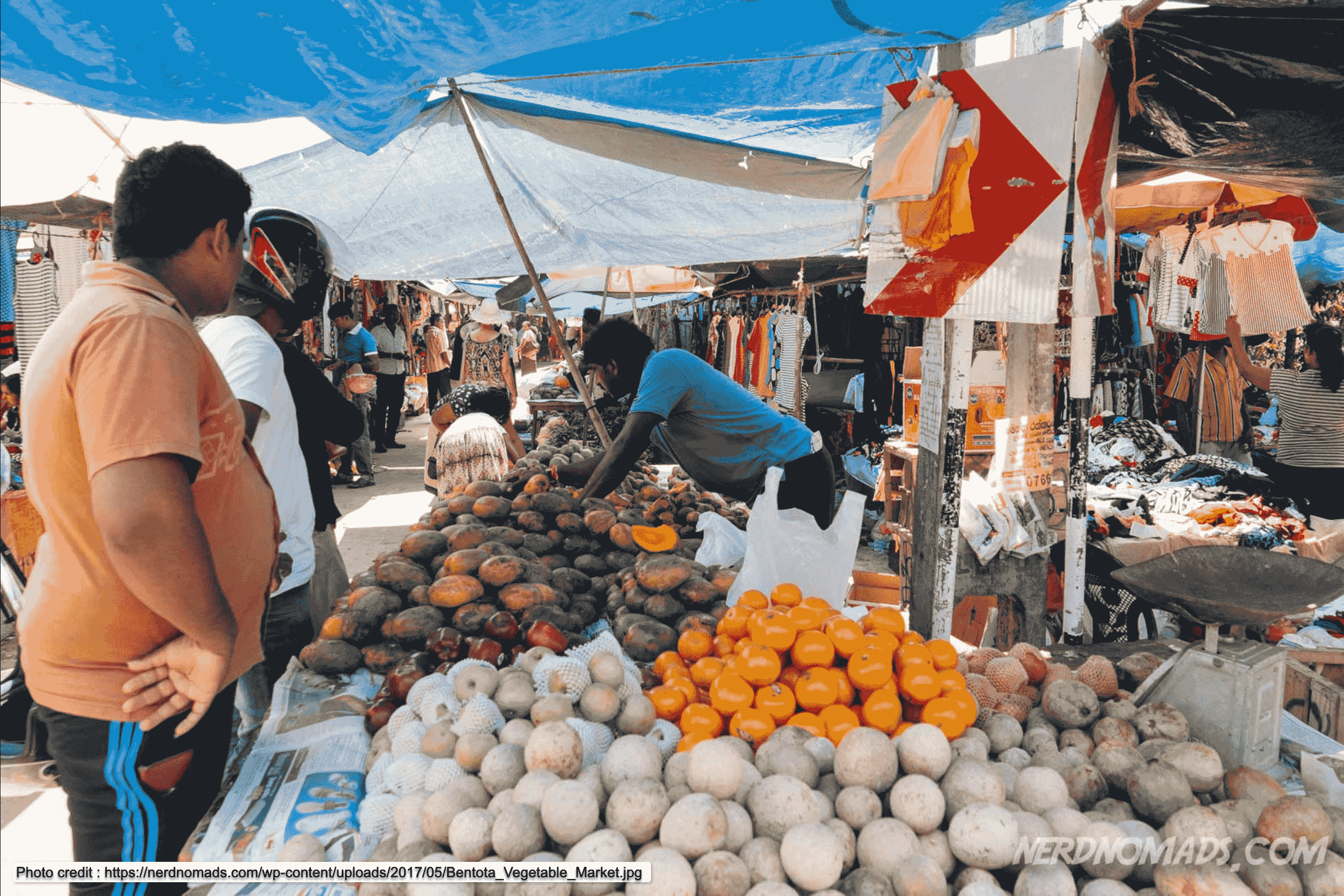
Benthota Market
Bentota, a coastal town in Sri Lanka, is known for its charming local markets and shopping opportunities. Visitors can explore a variety of street vendors, souvenir shops, and boutiques offering traditional Sri Lankan crafts, clothing, and mementos. While Bentota may not have a large traditional market, it provides glimpses into local life and culture through its small stores, fresh markets, and opportunities to interact with friendly vendors. For a deeper shopping experience, nearby towns like Aluthgama offer bustling markets with fresh produce and spices. Whether seeking souvenirs or immersing in local flavors, Bentota provides a delightful shopping experience for travelers.
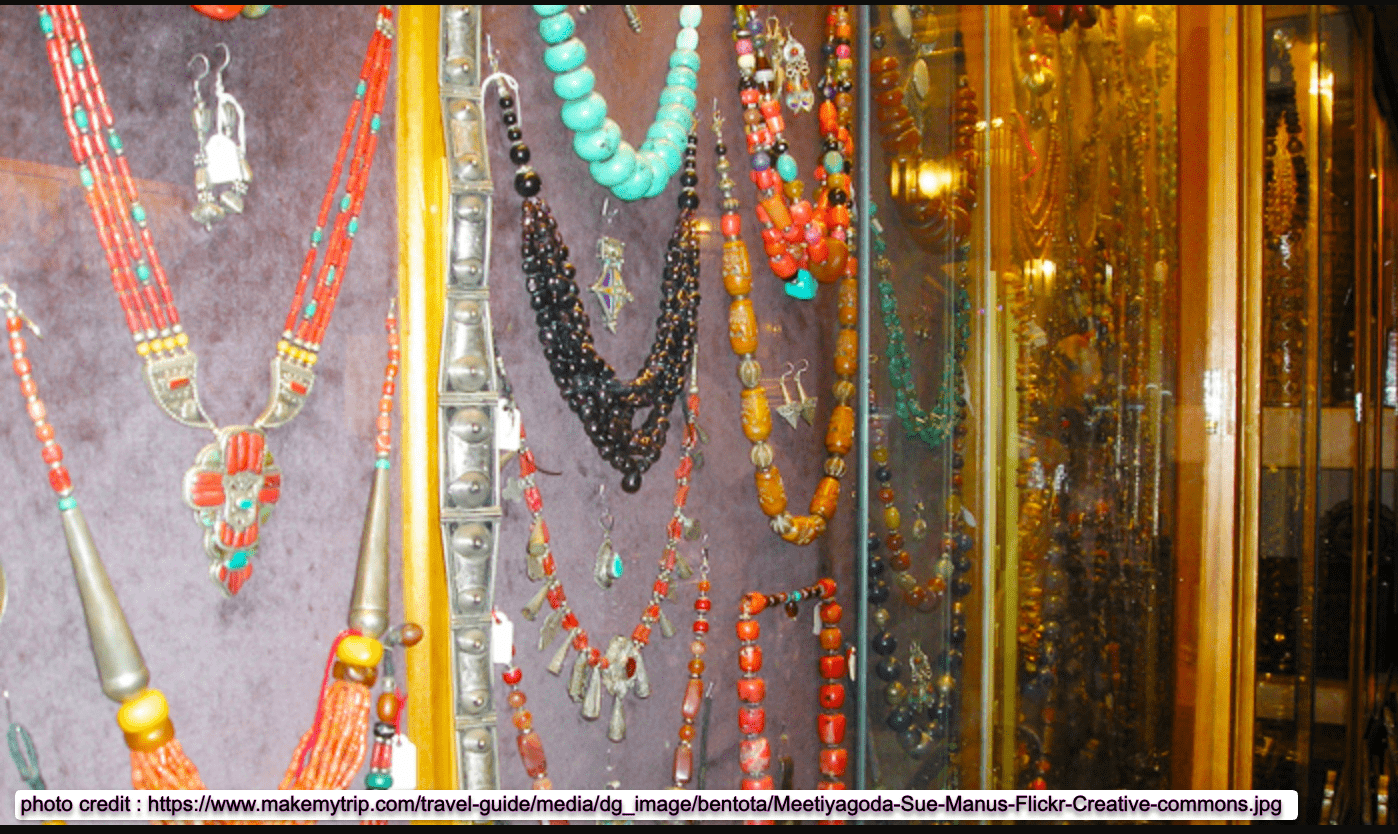
gem and
jewelry
Bentota, a coastal town in Sri Lanka, is renowned for its vibrant gem and jewelry scene. Visitors can explore a treasure trove of precious and semi-precious gemstones, including high-quality blue sapphires, rubies, and emeralds. Skilled artisans and jewelers craft exquisite pieces of jewelry, from rings to necklaces, offering customization services for unique creations. Ethical and sustainable practices are encouraged, and certification ensures the authenticity of gemstones. Bargaining is common, making it an exciting and interactive shopping experience. Bentota's gem and jewelry market provide an opportunity to acquire beautiful, locally crafted treasures and a lasting memory of your visit to this coastal gem.
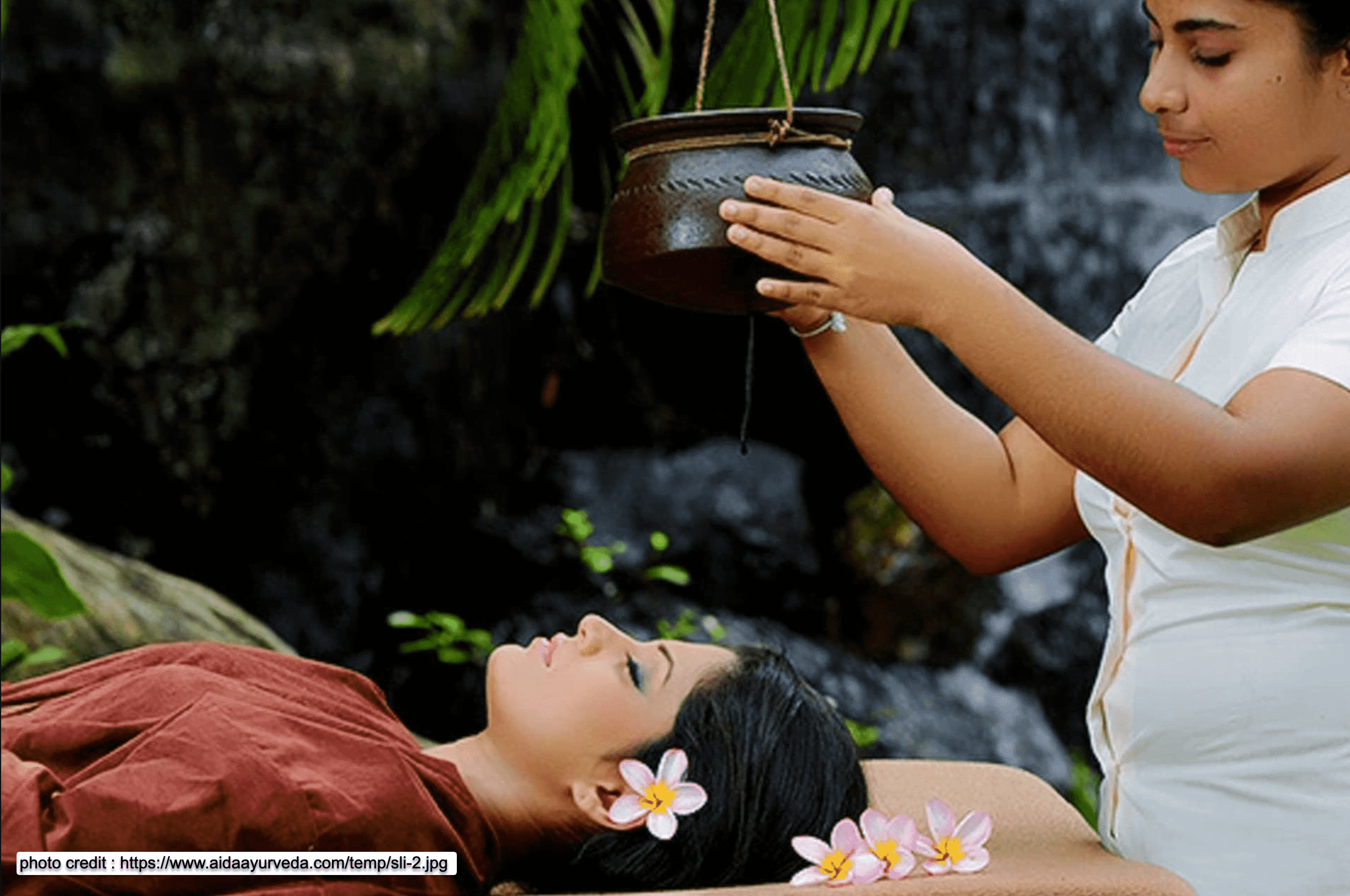
AyurvedaSpa
Bentota, Sri Lanka, is renowned for its Ayurveda spas, offering visitors a holistic wellness experience rooted in ancient healing traditions. These spas provide a range of natural therapies, including massages, herbal treatments, and dietary guidance, tailored to individual needs. Skilled Ayurvedic practitioners and therapists create a calming ambiance in serene settings, allowing guests to destress and find balance. Ayurveda's stress-relief and relaxation benefits make it a popular choice for those seeking overall well-being and cultural immersion in this coastal paradise.
